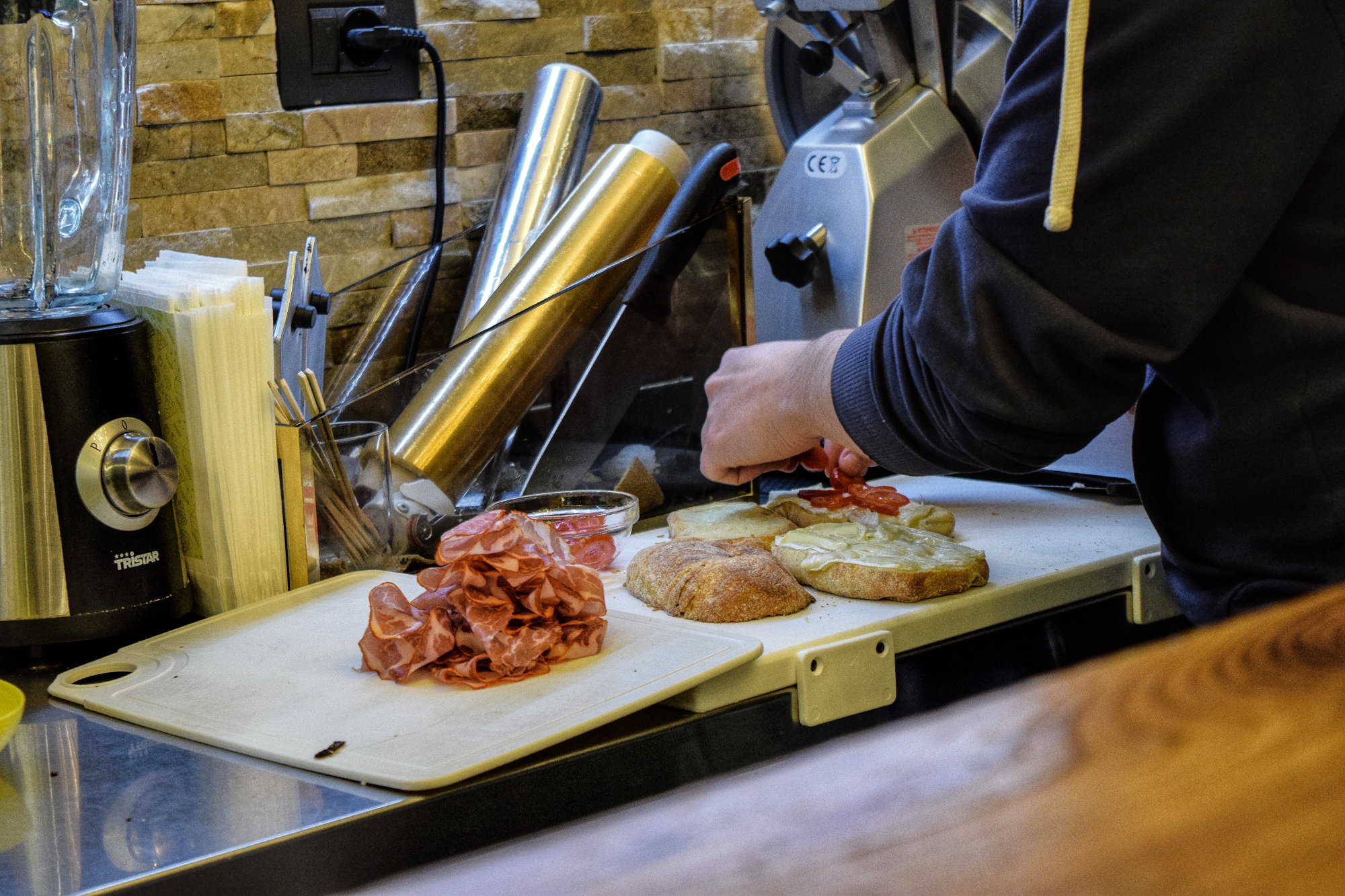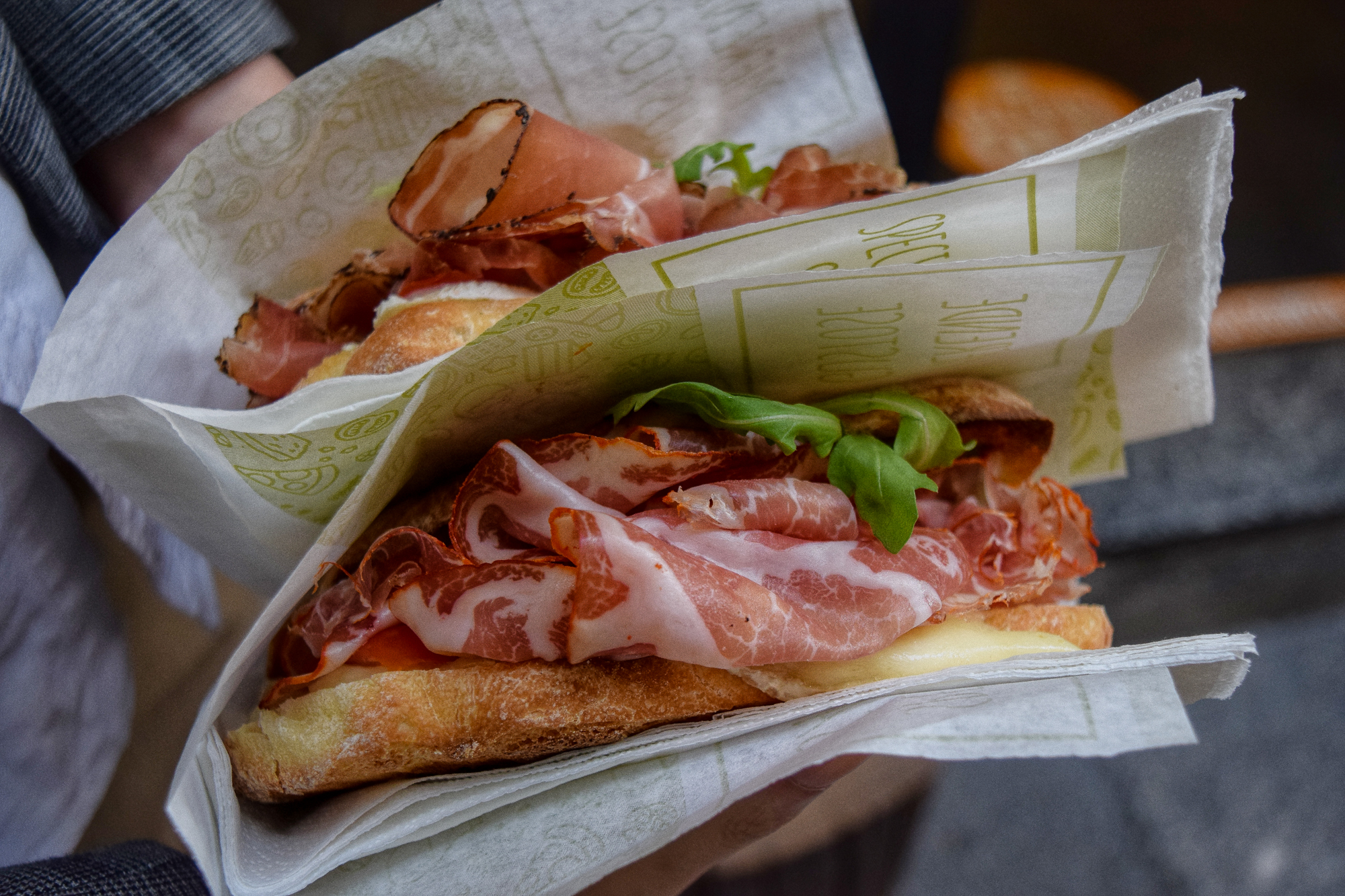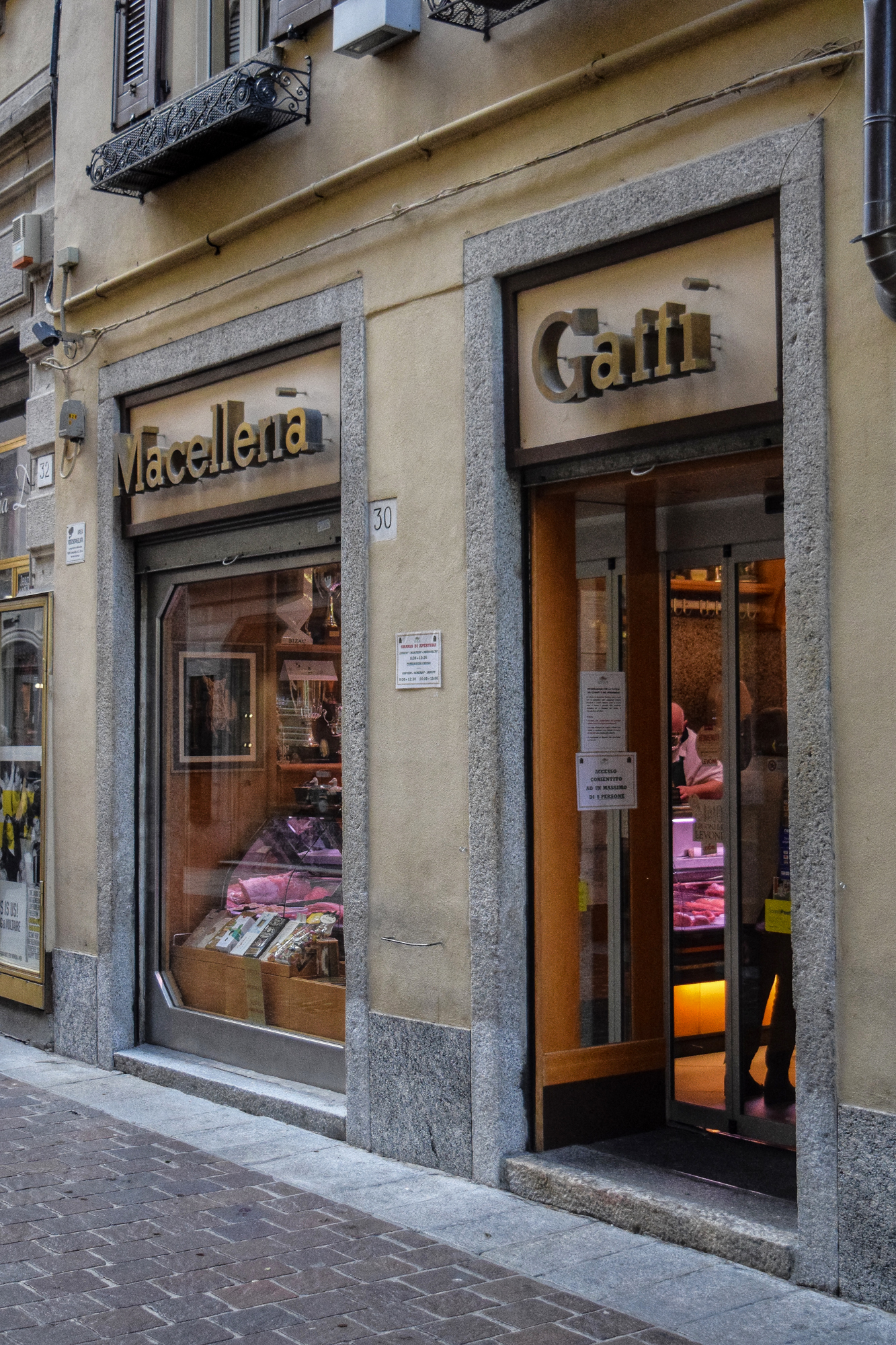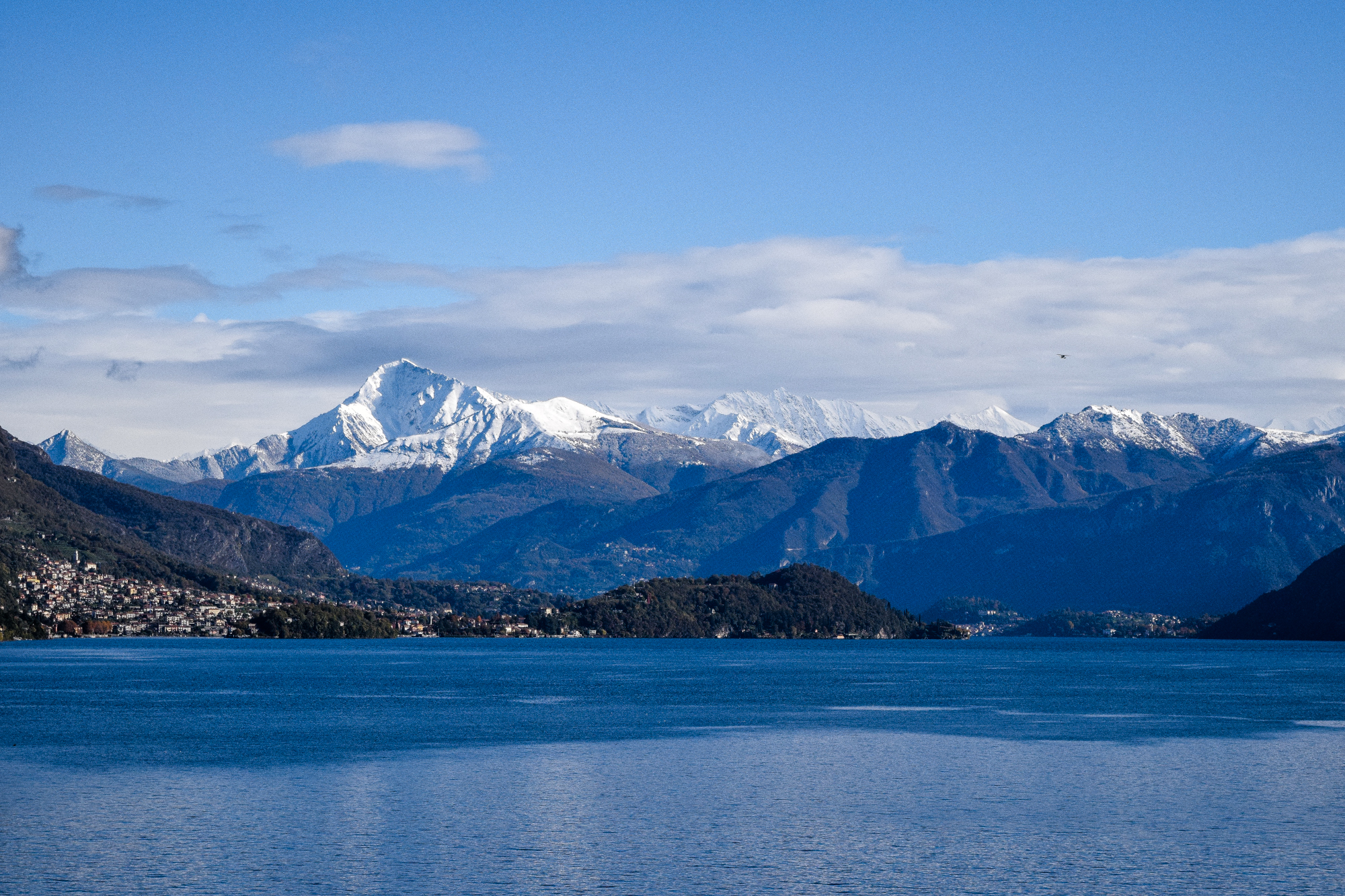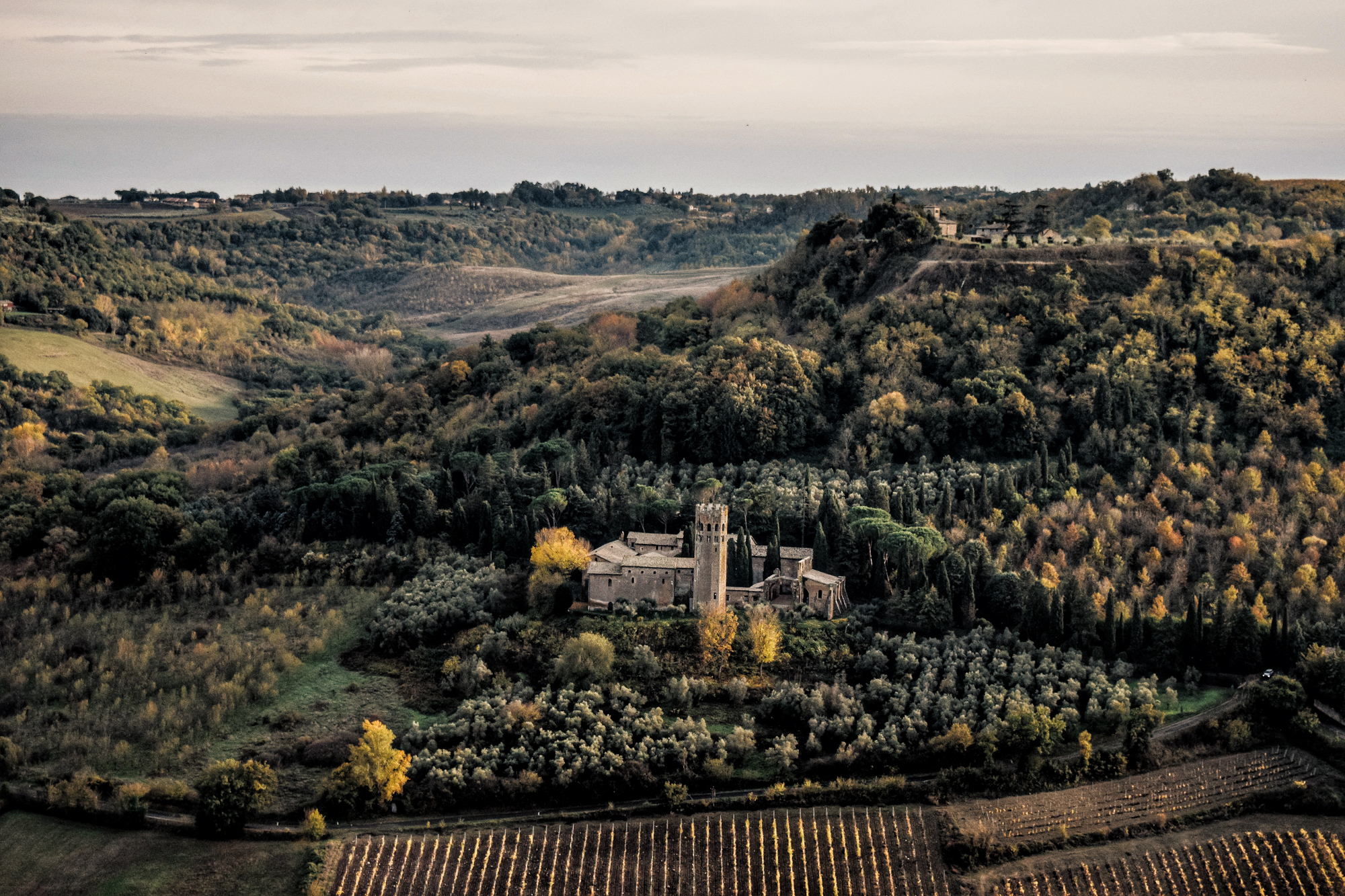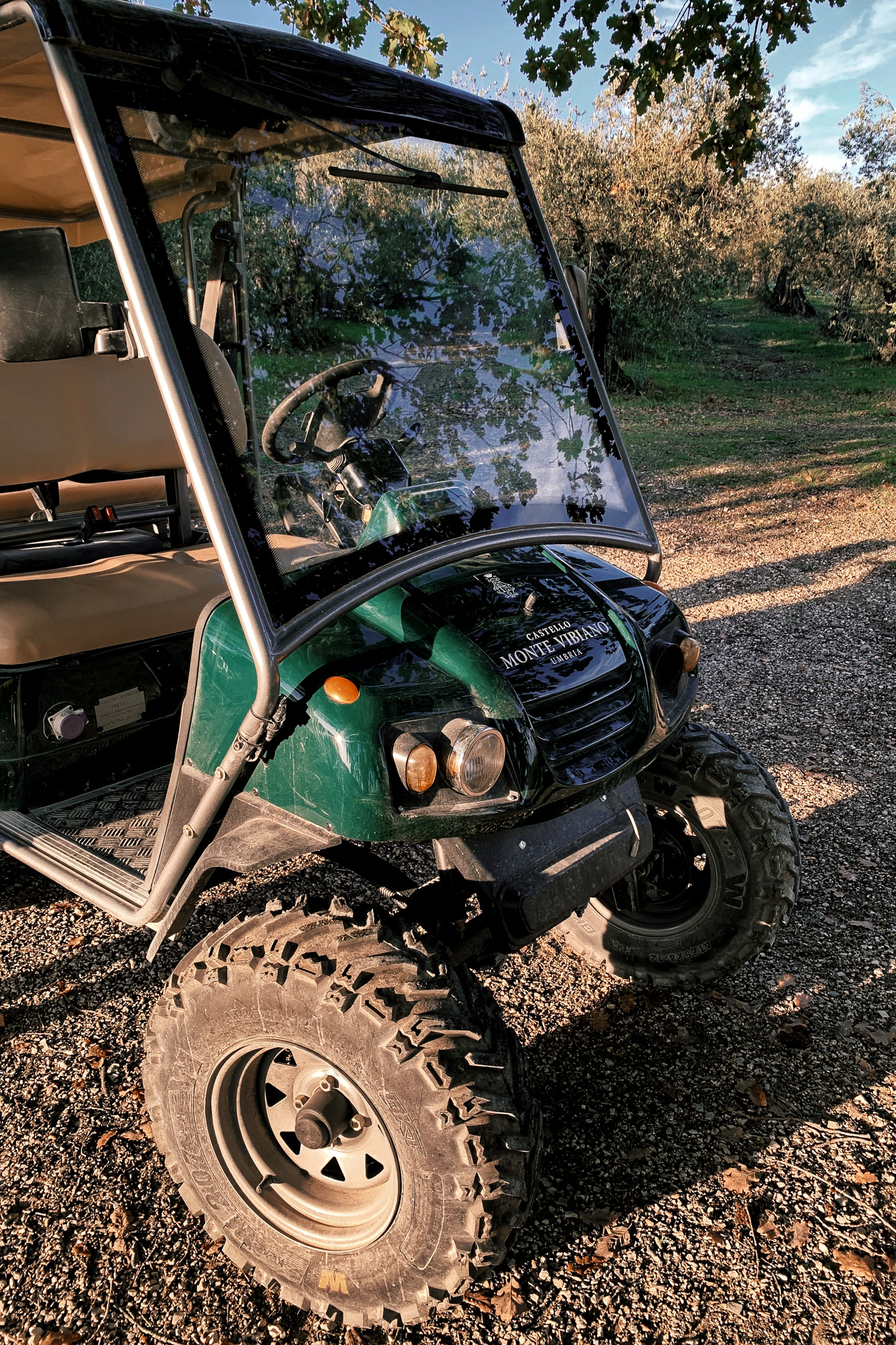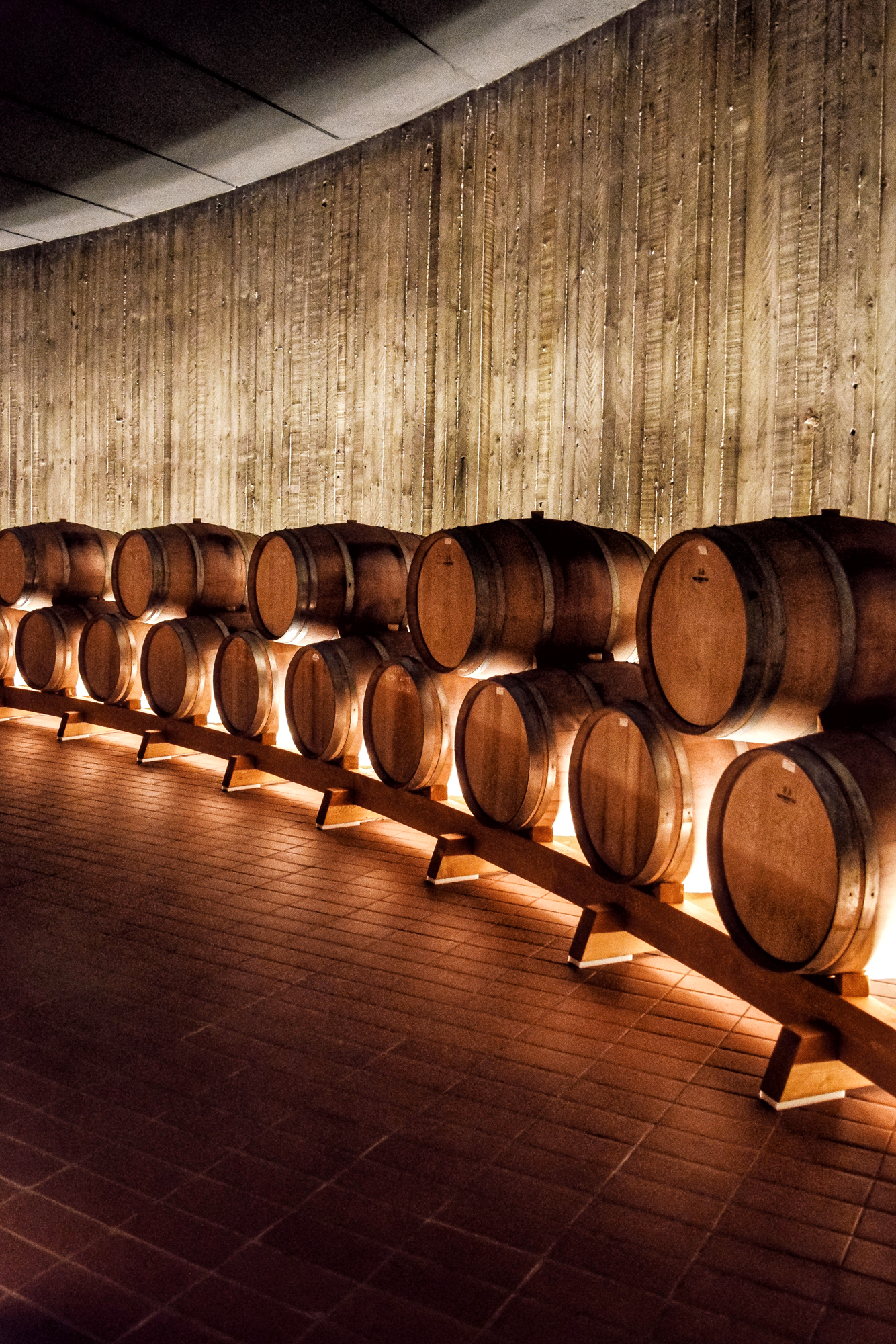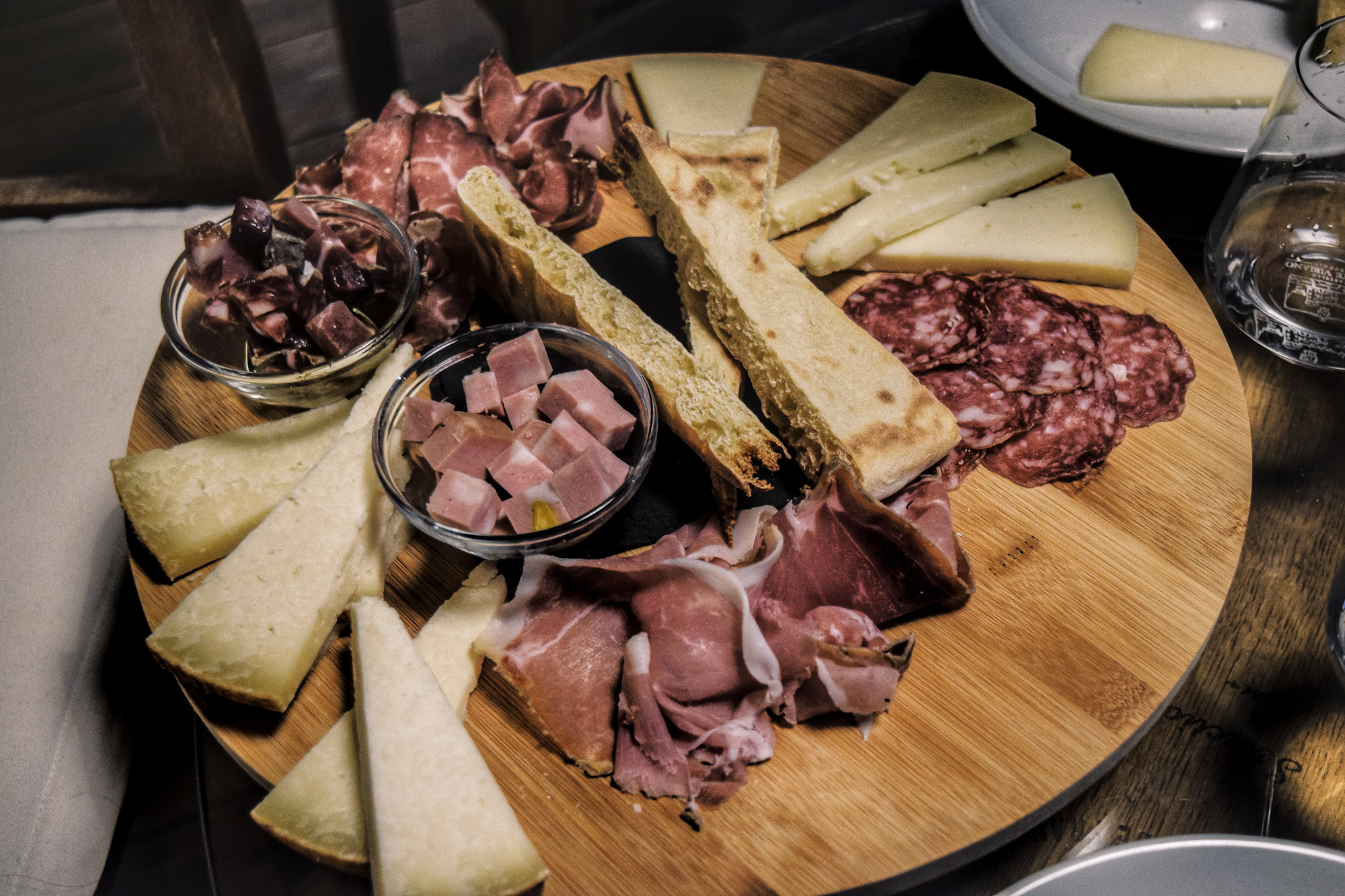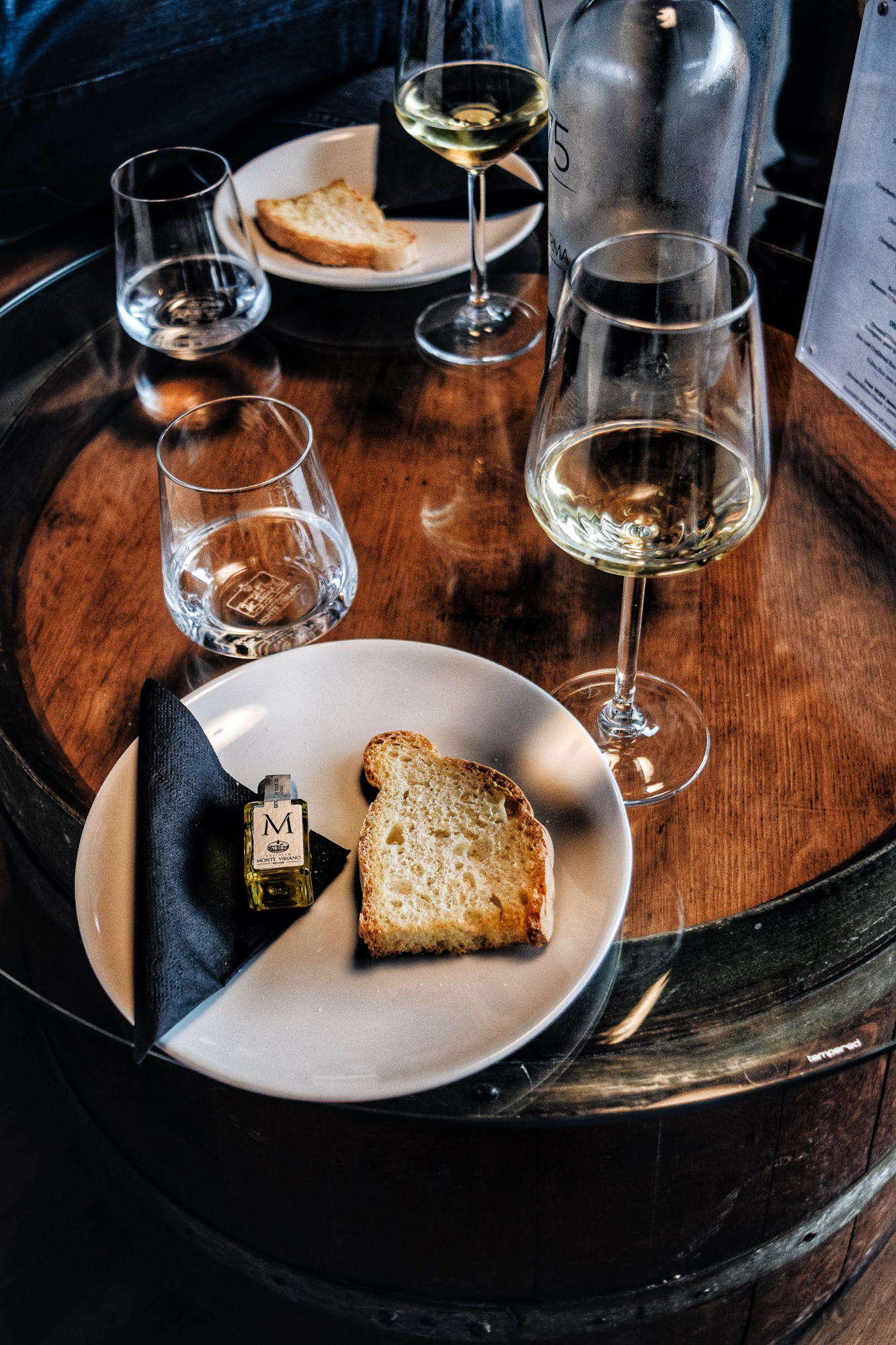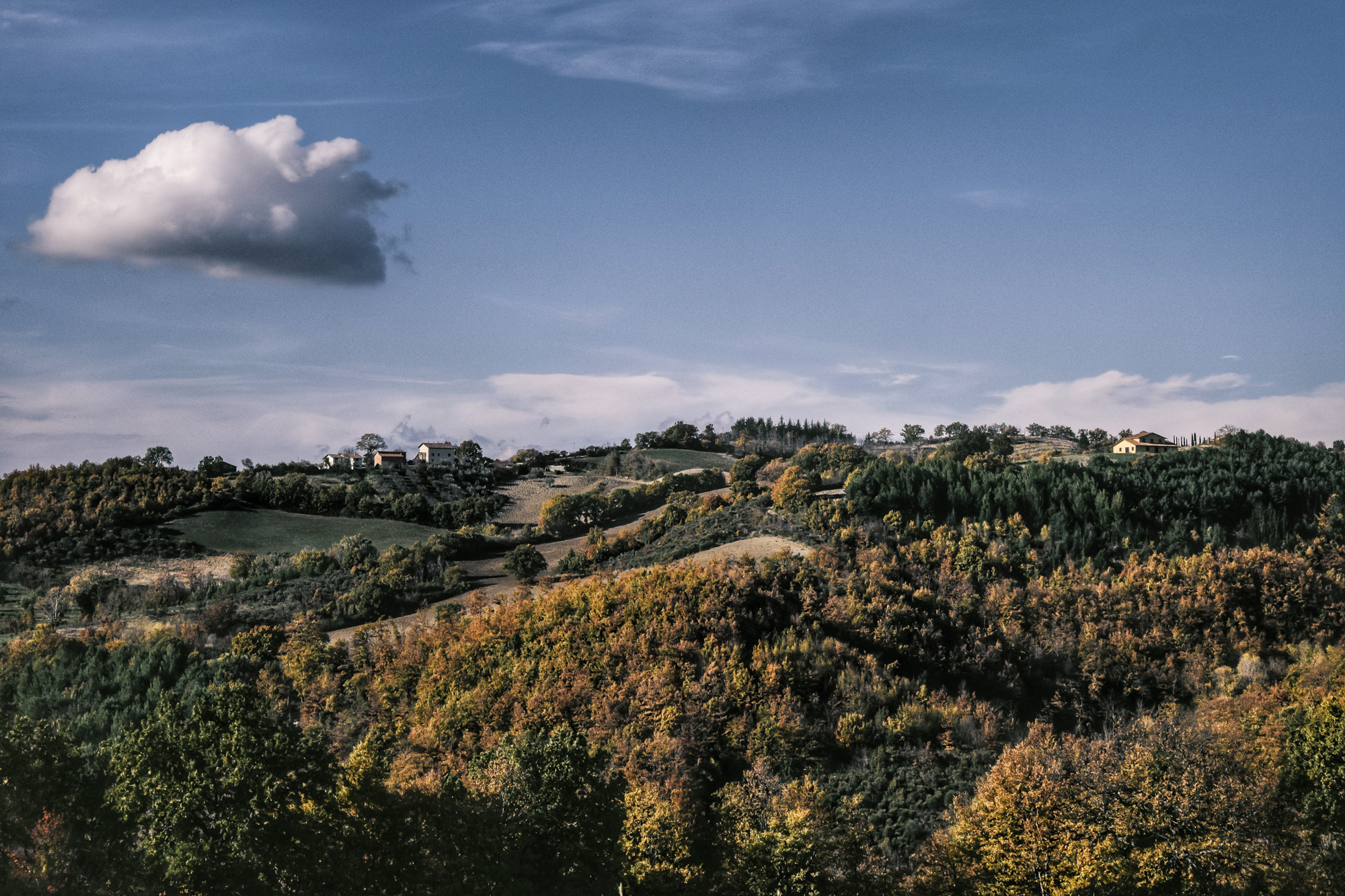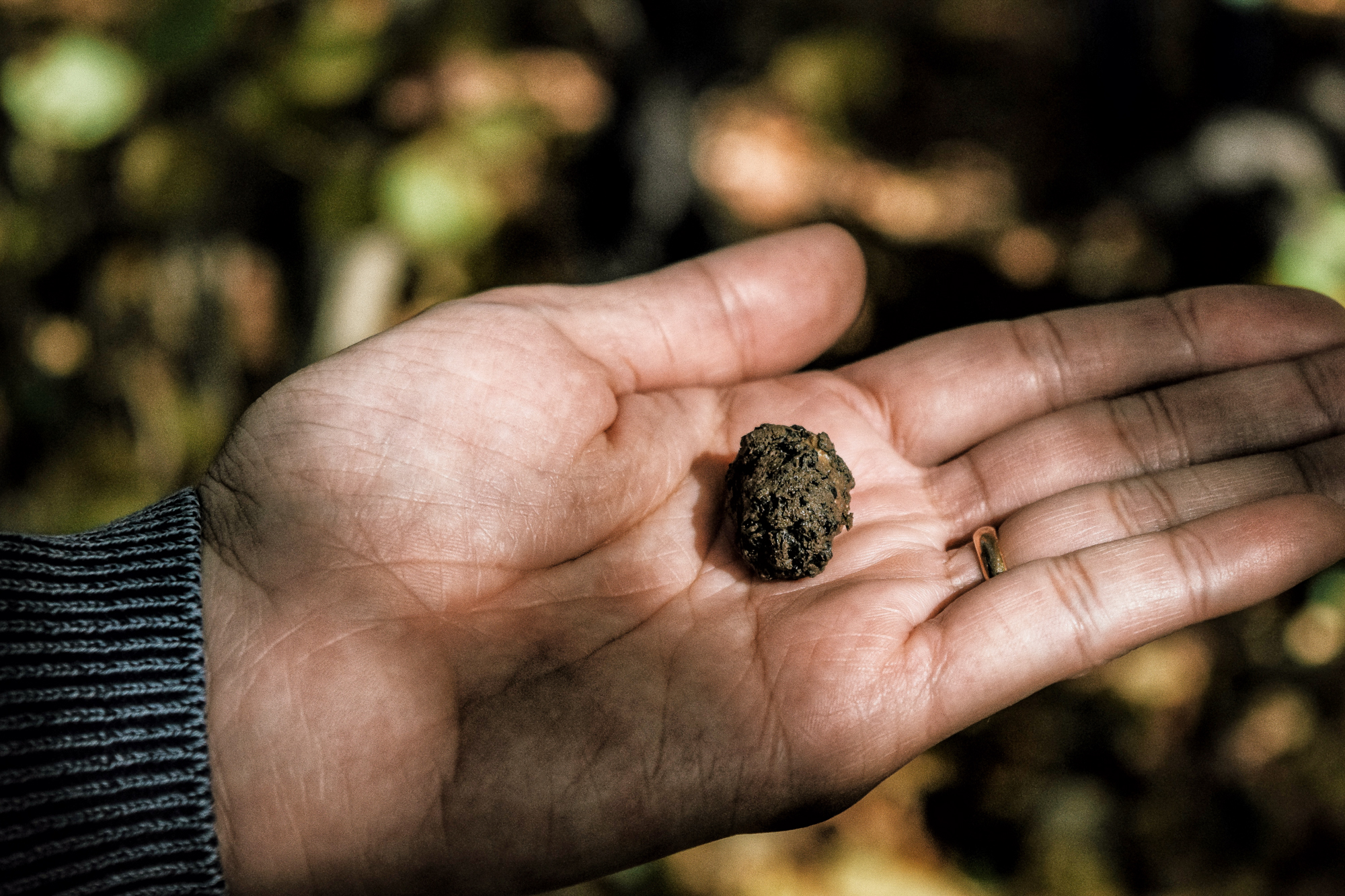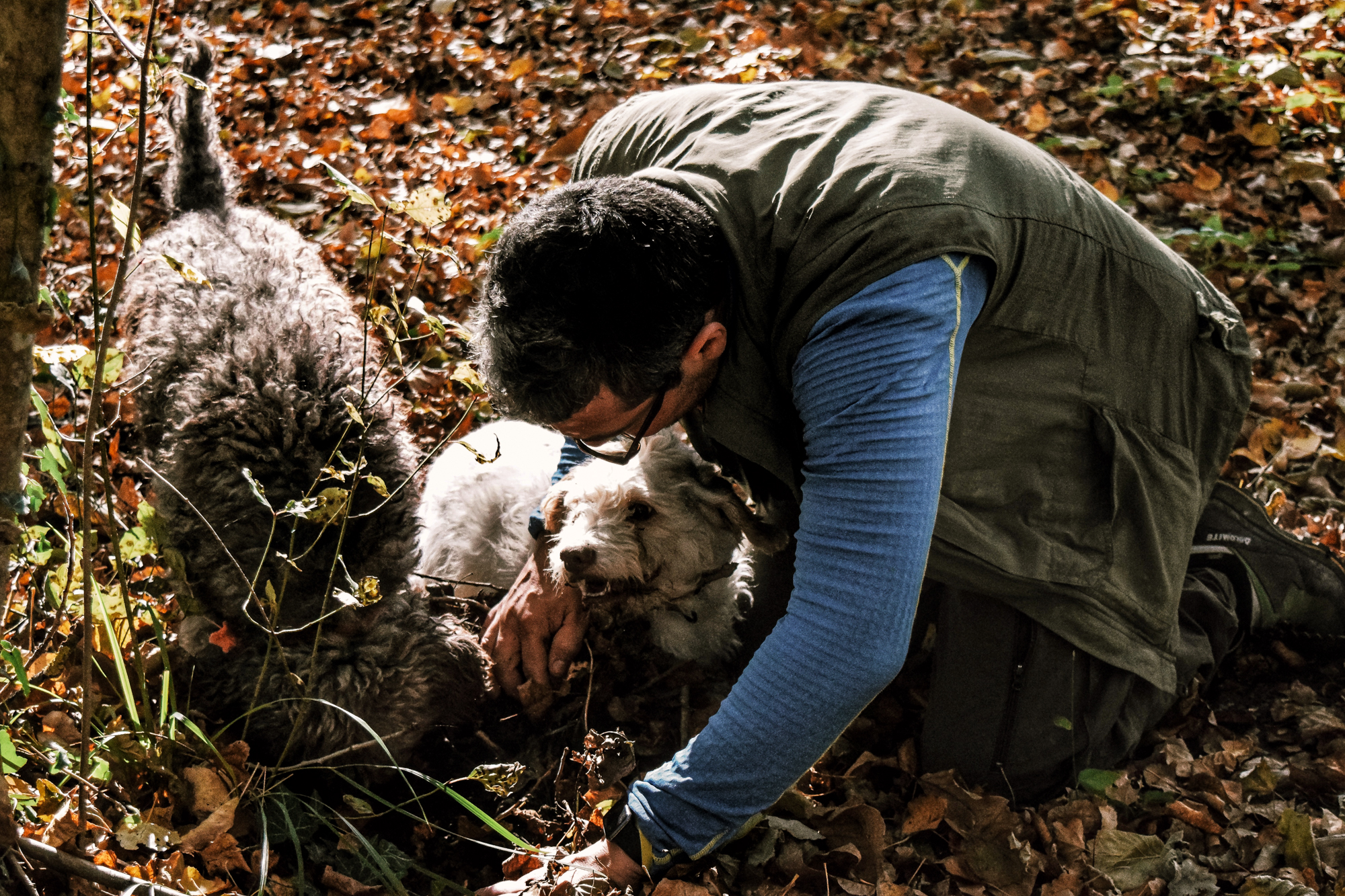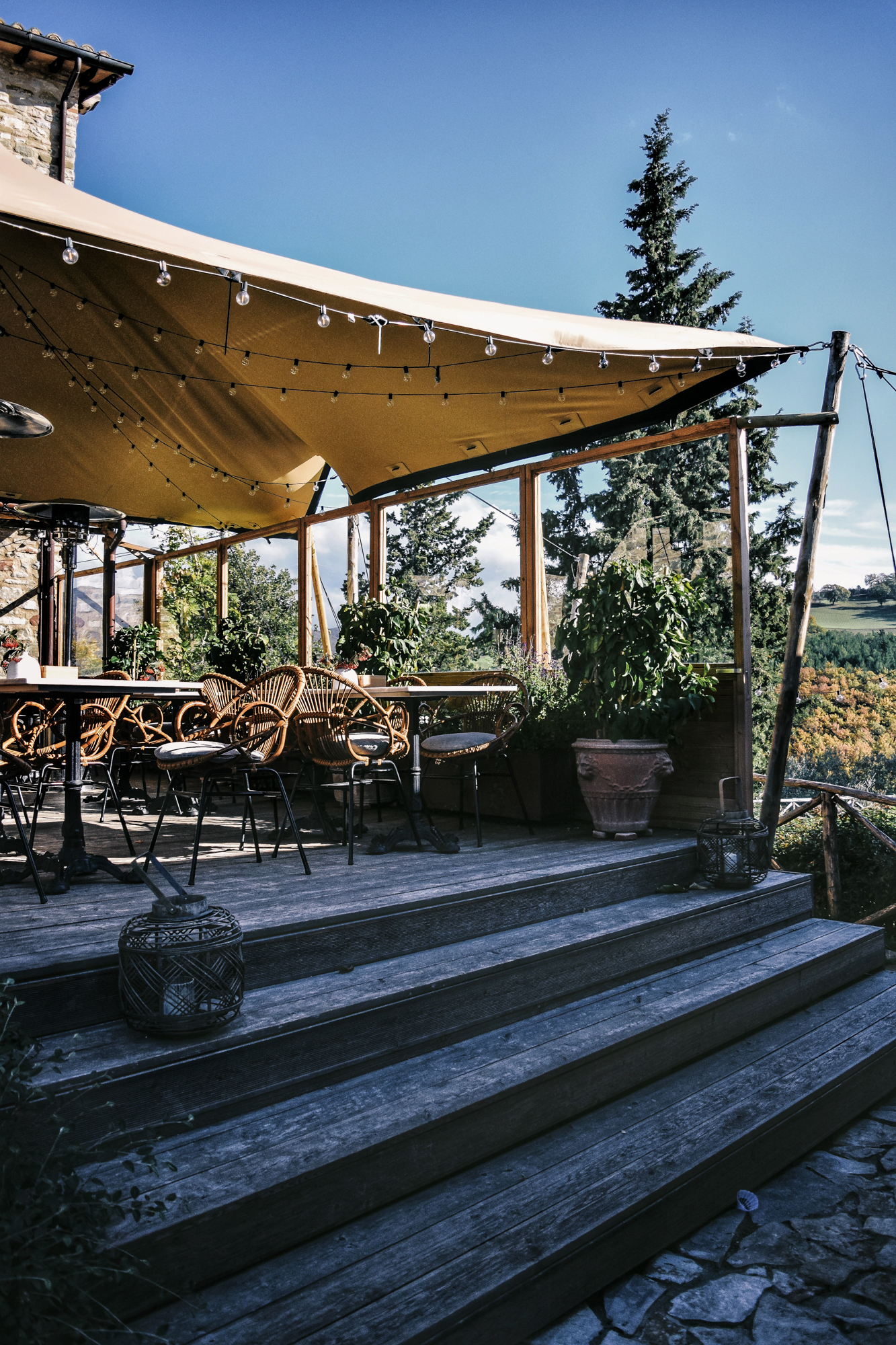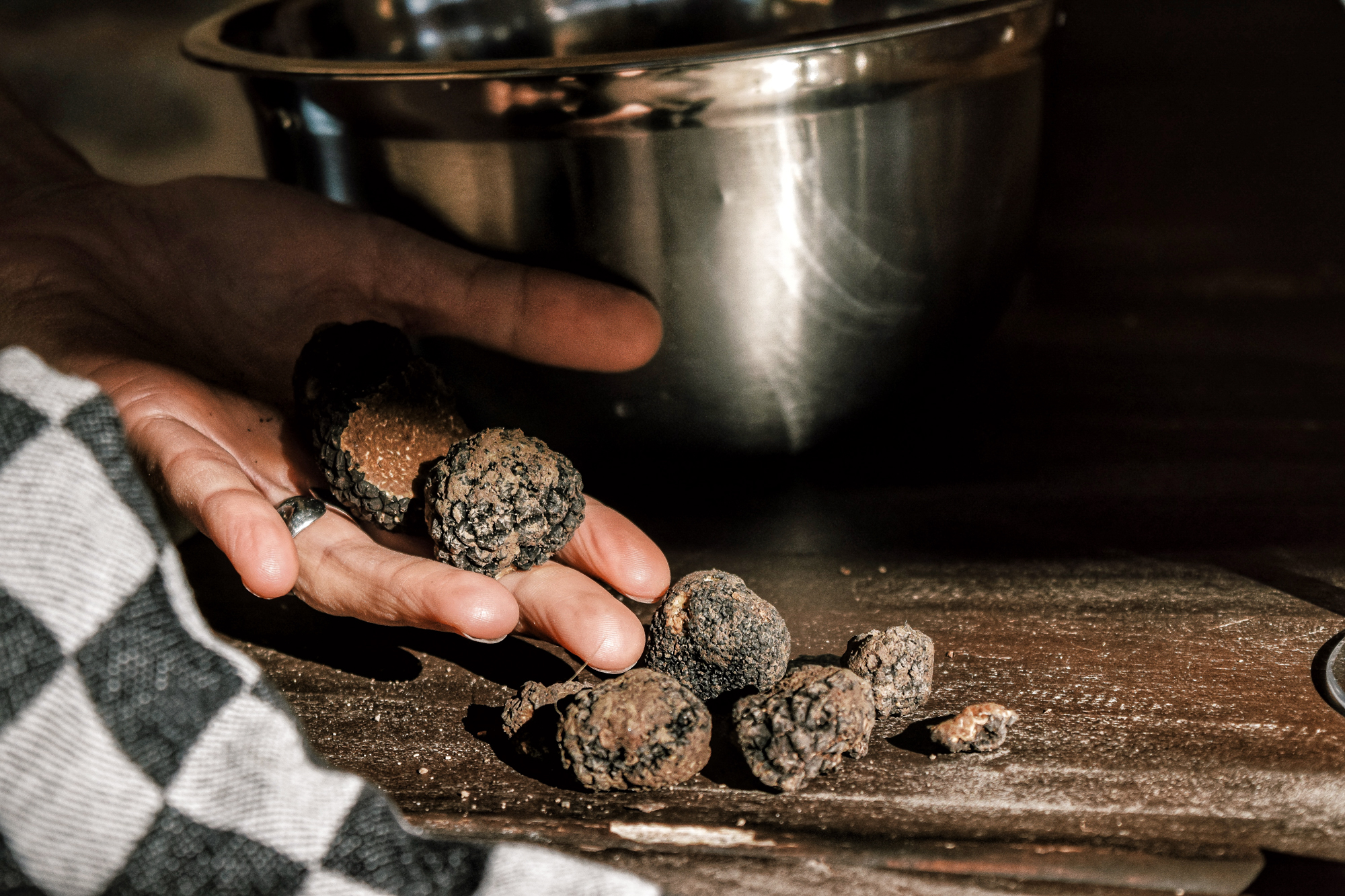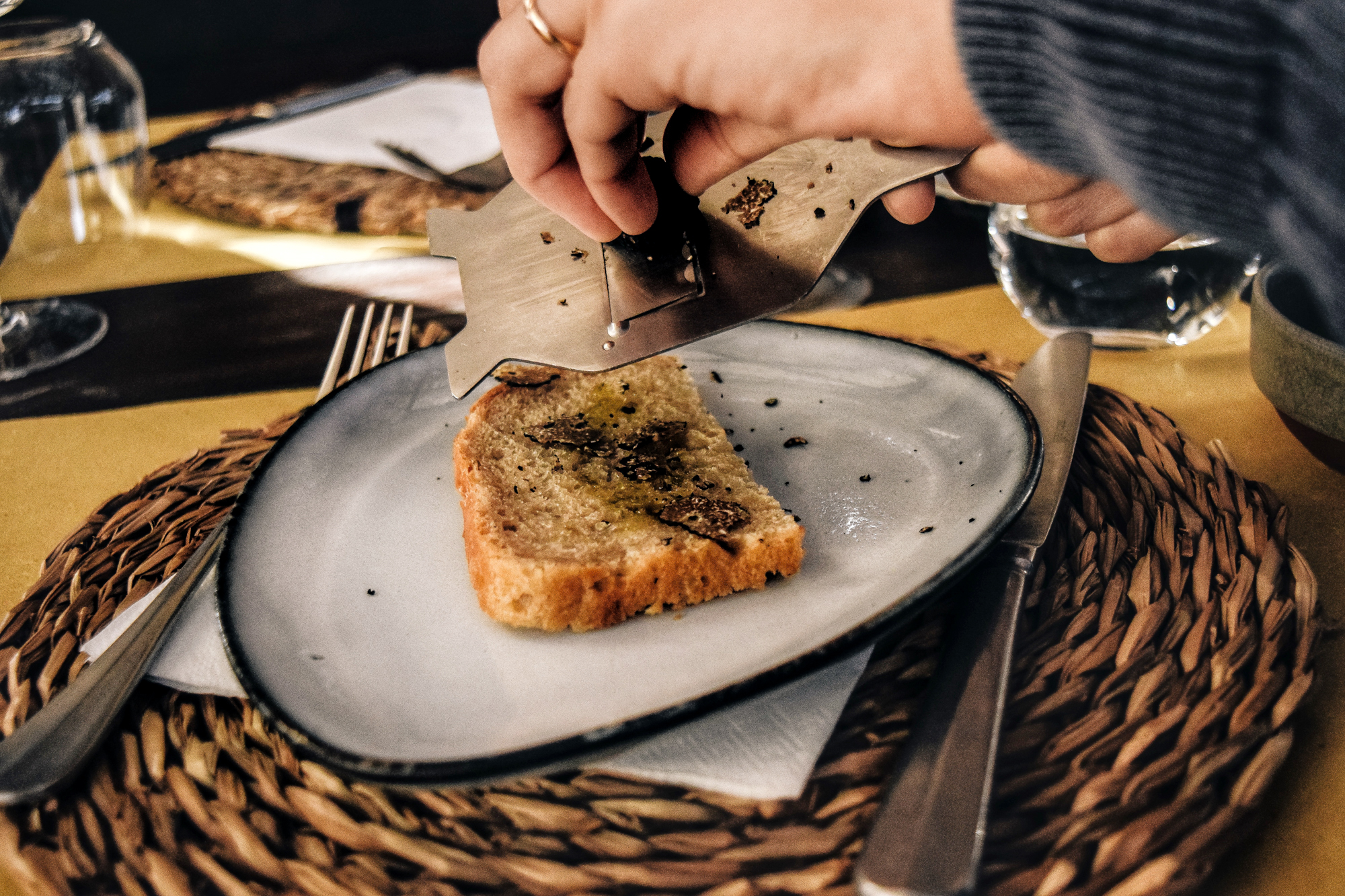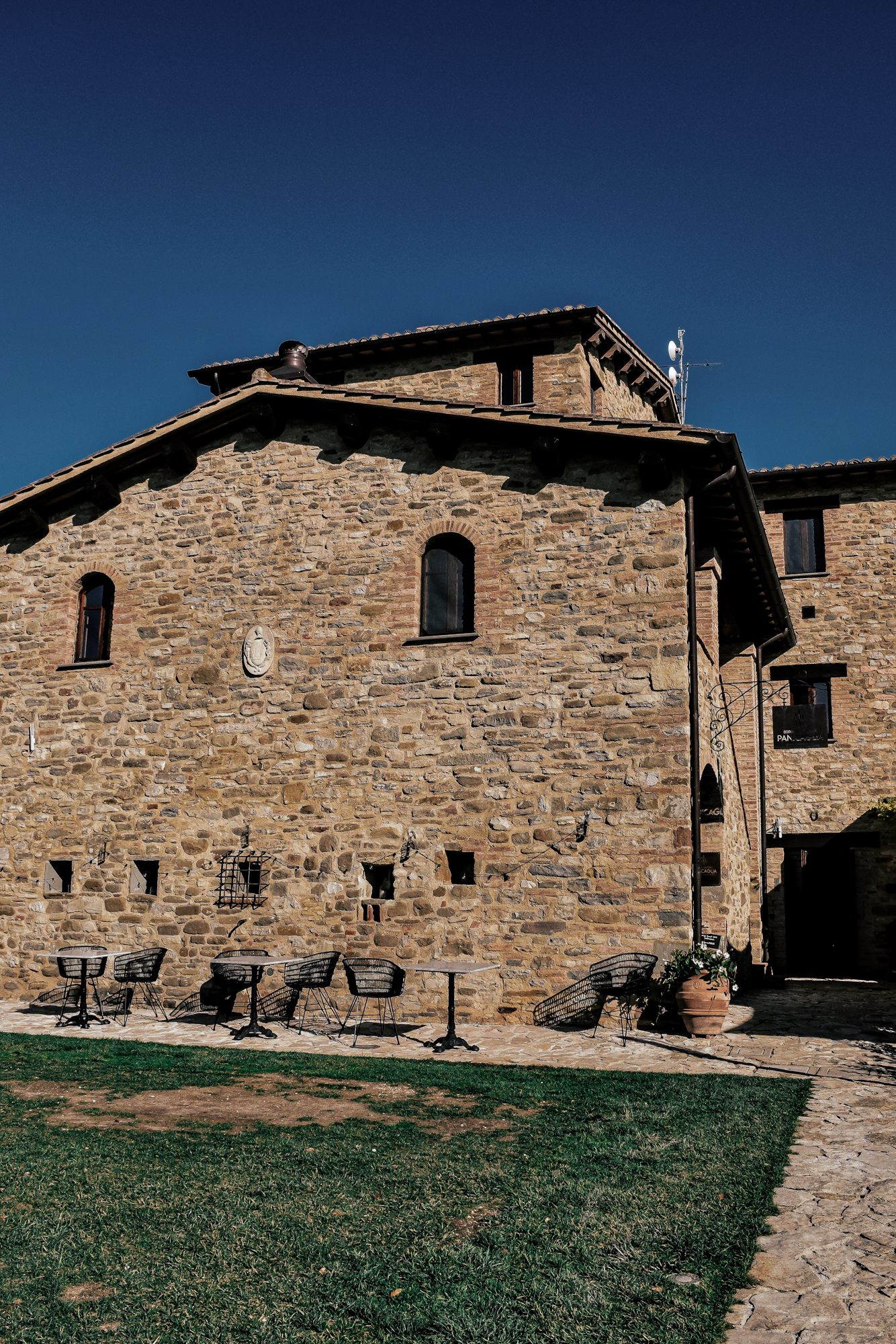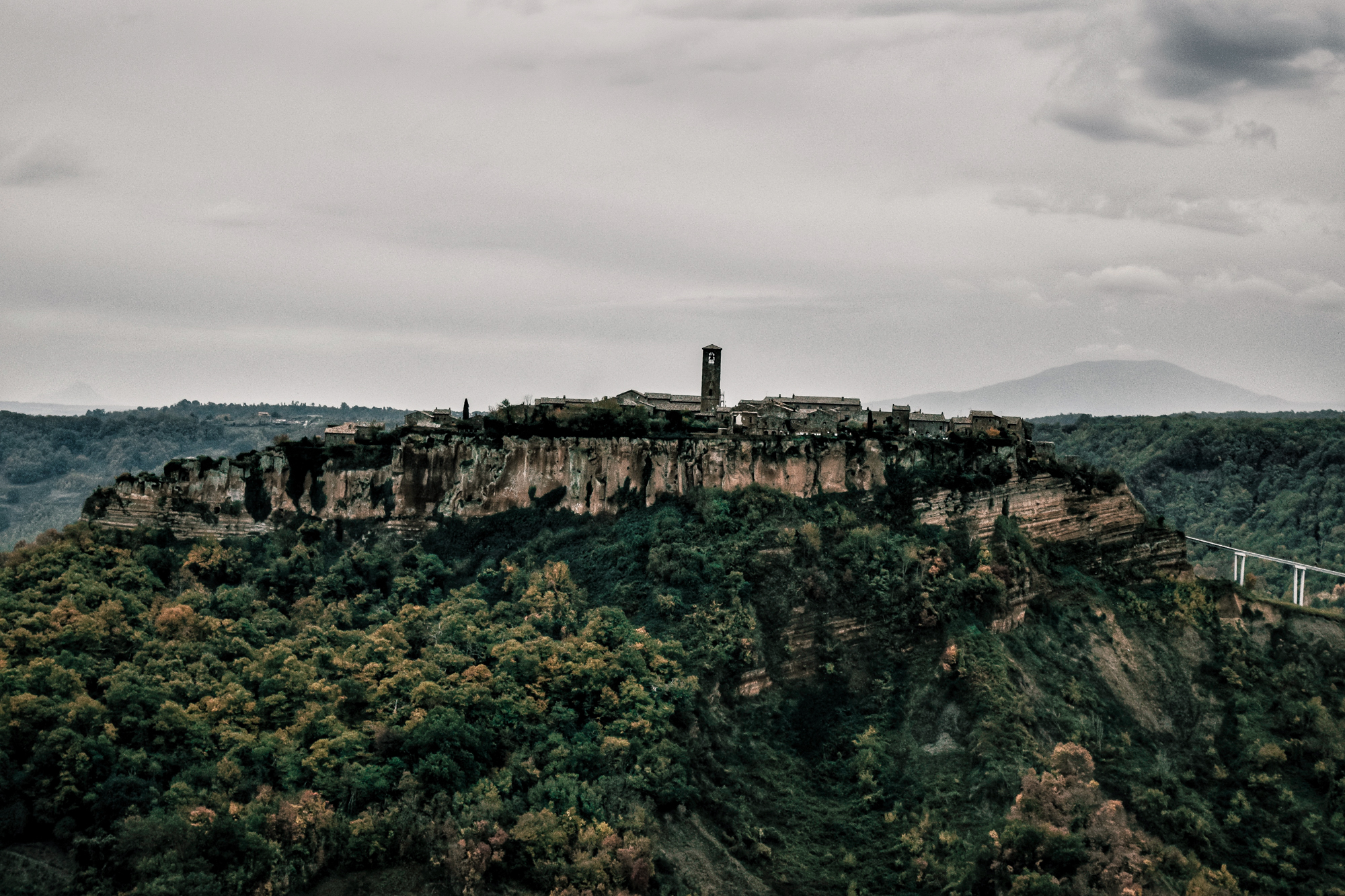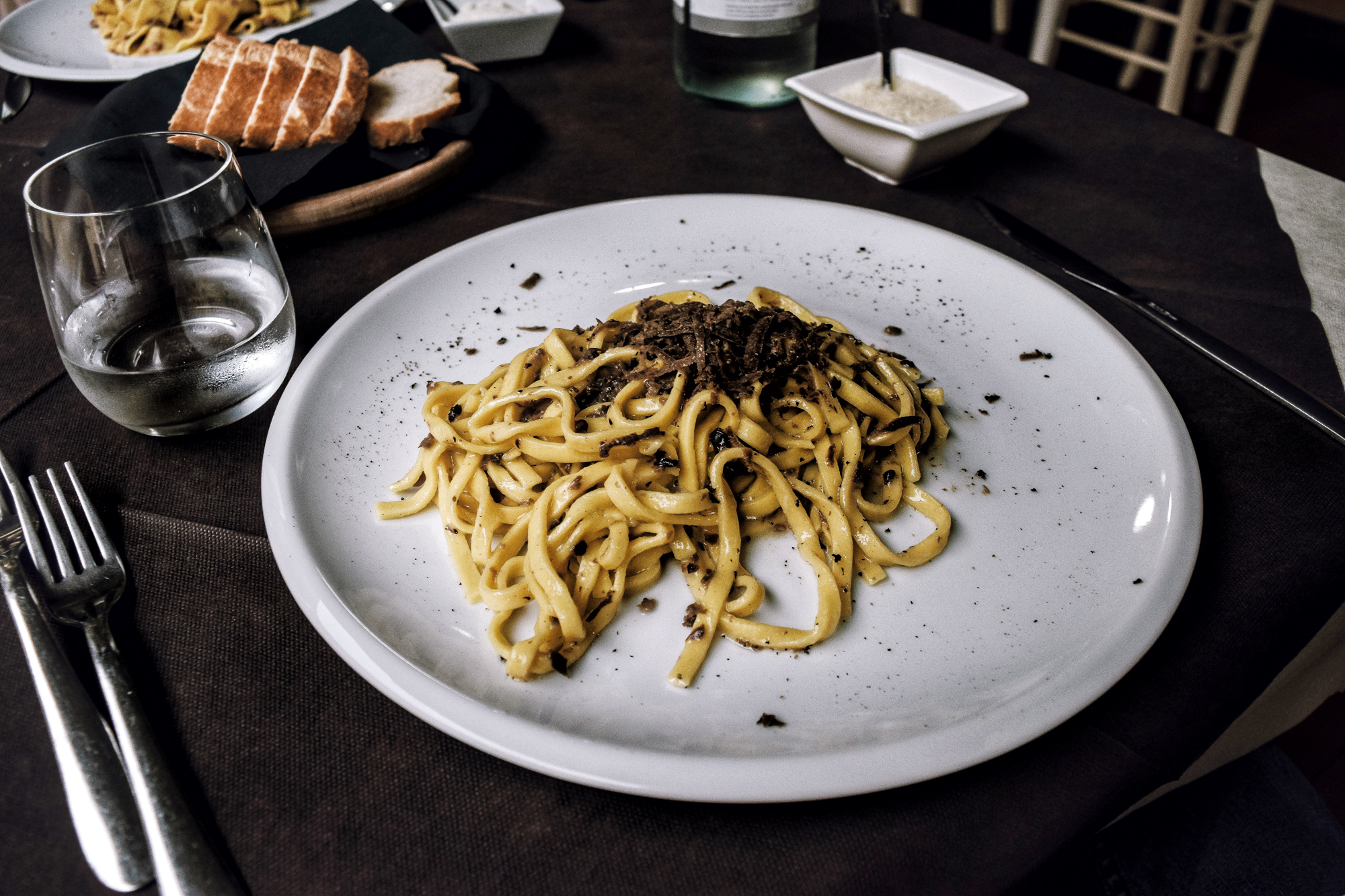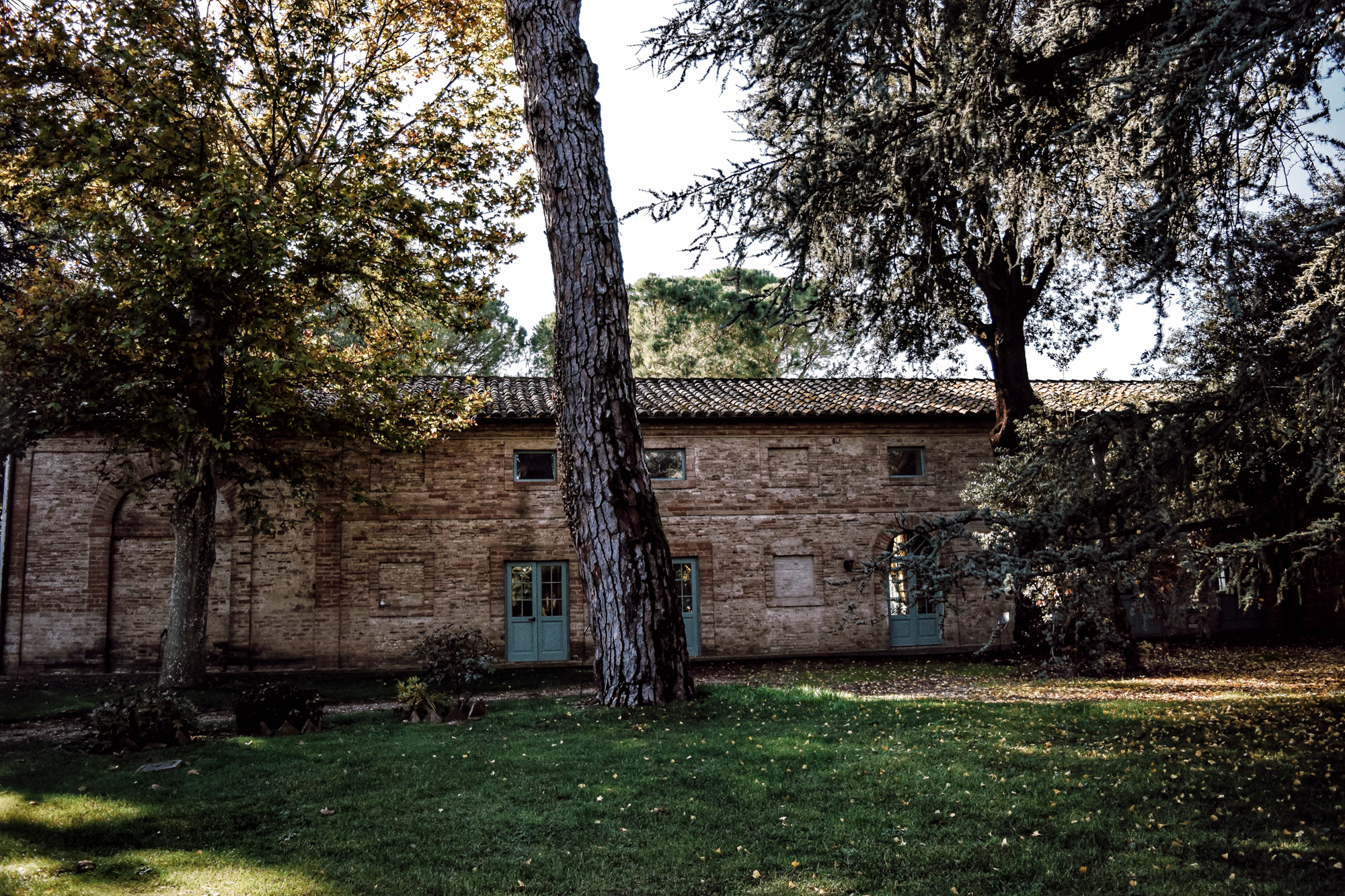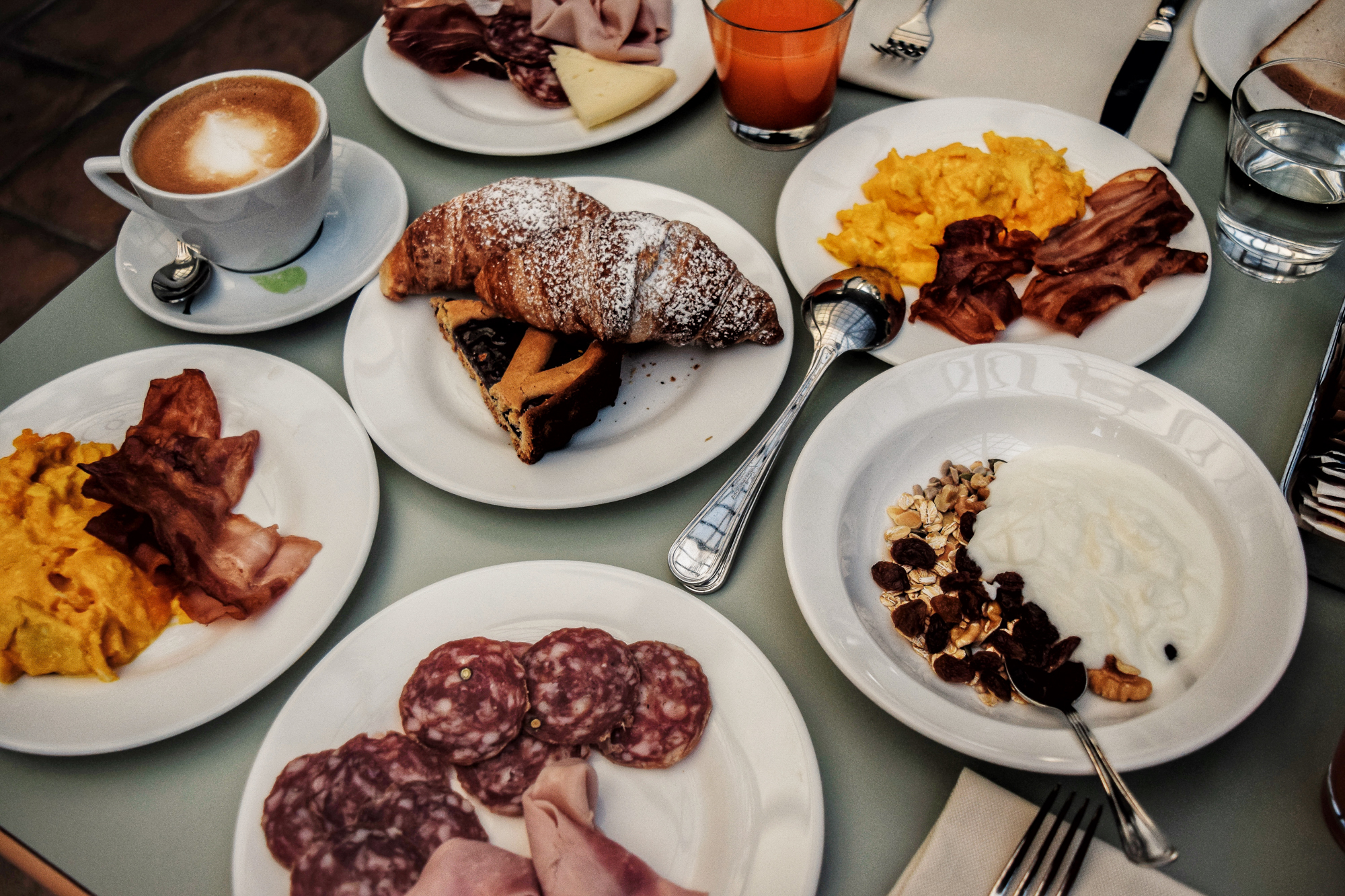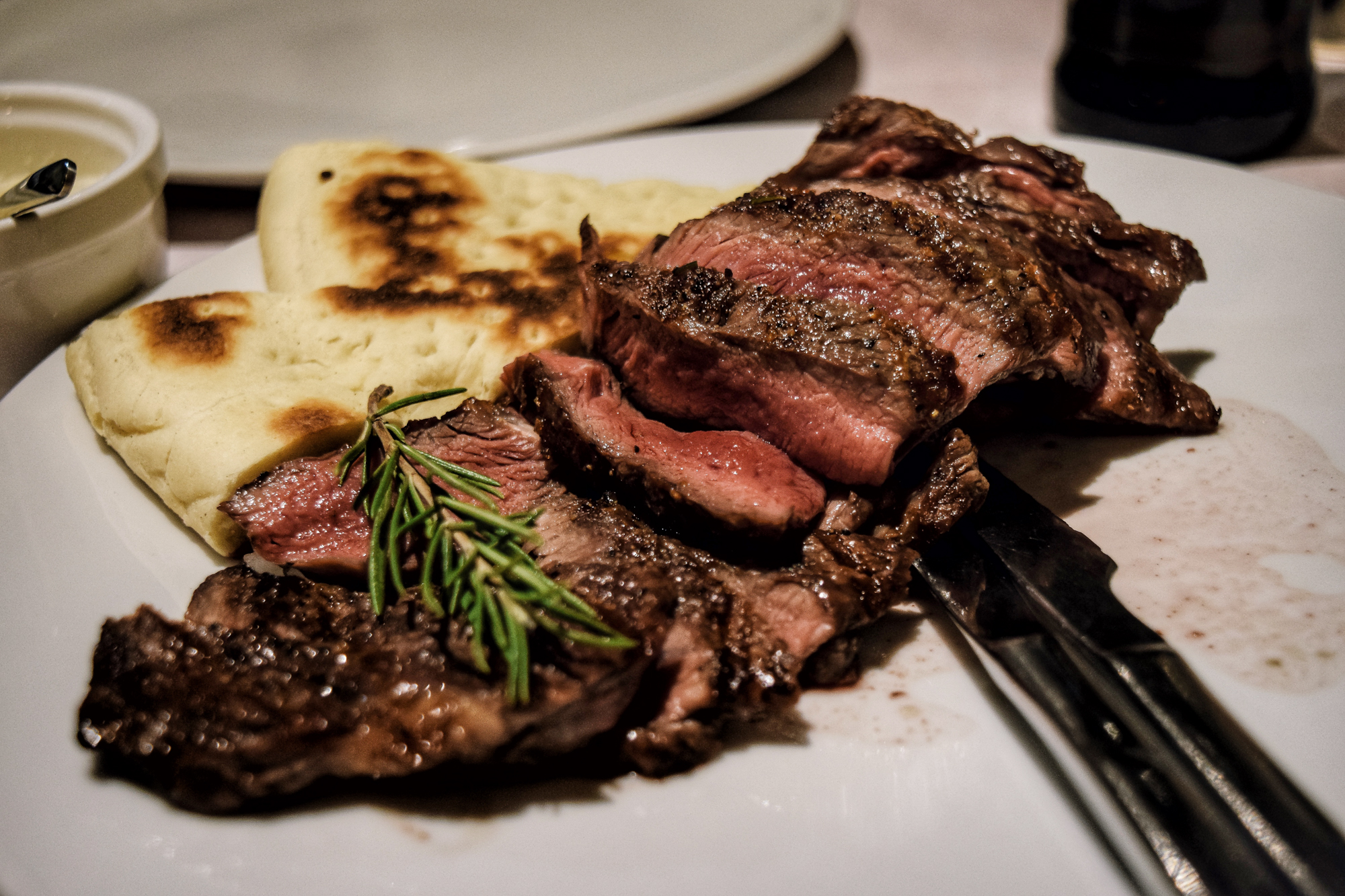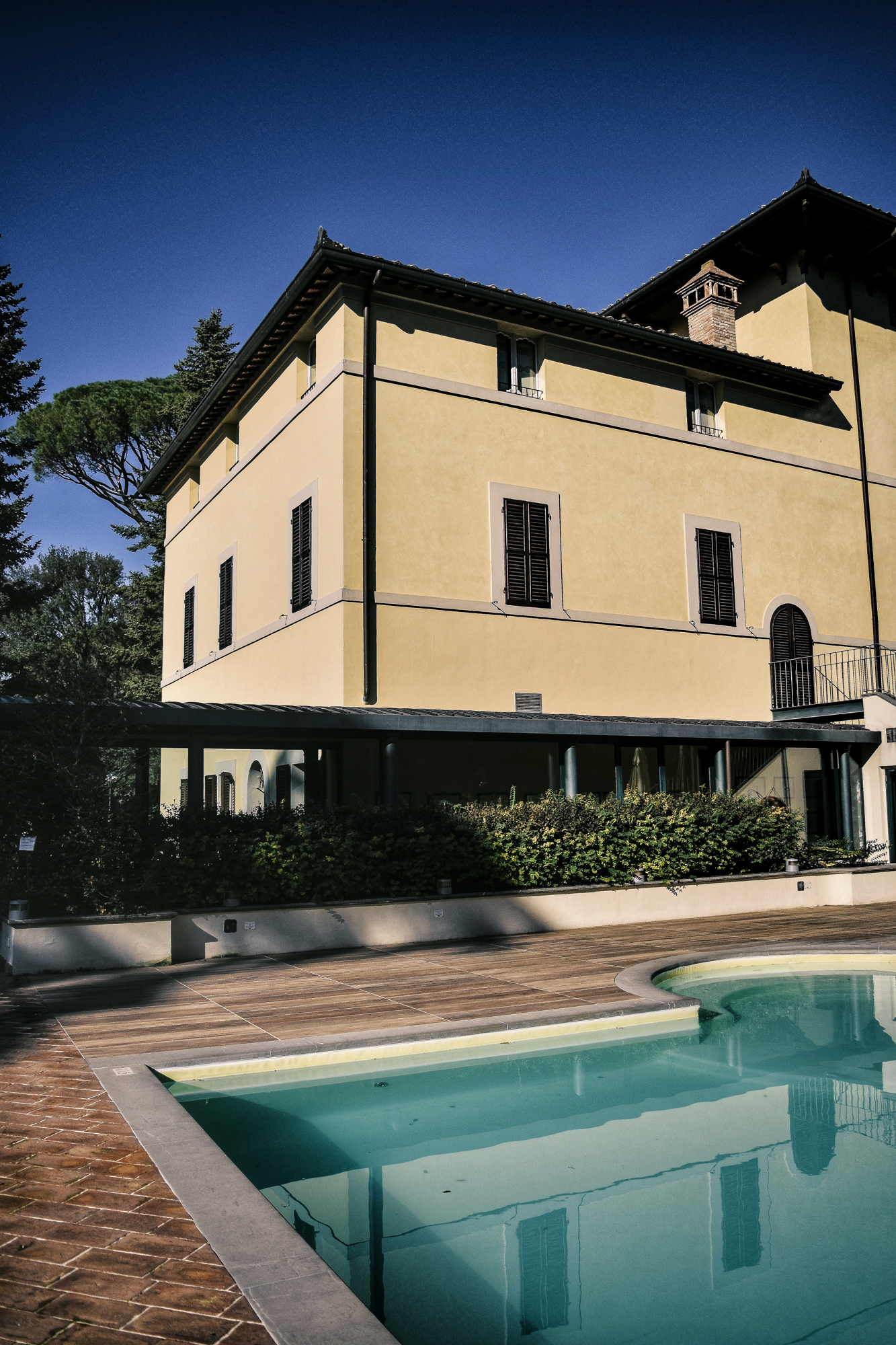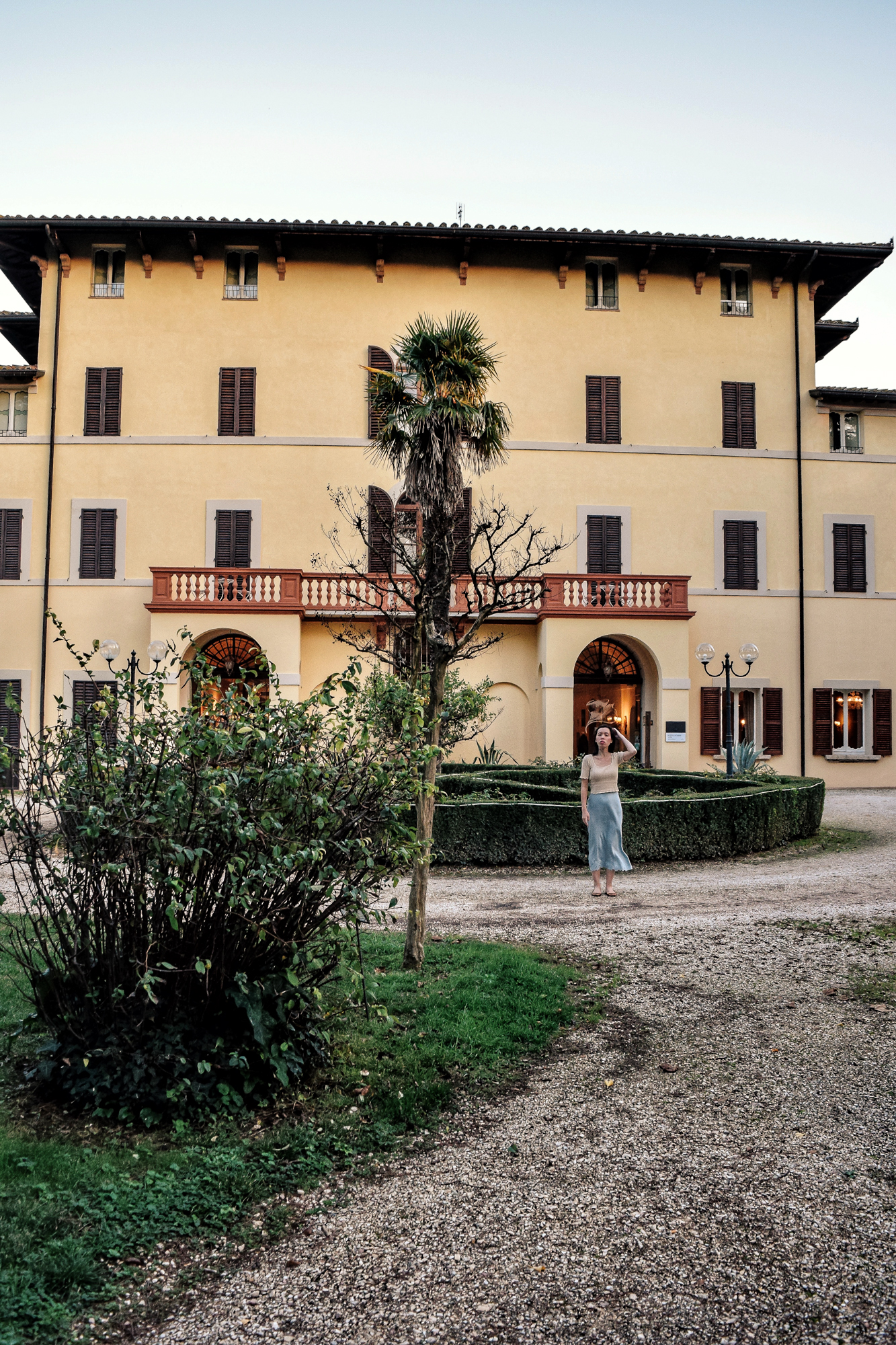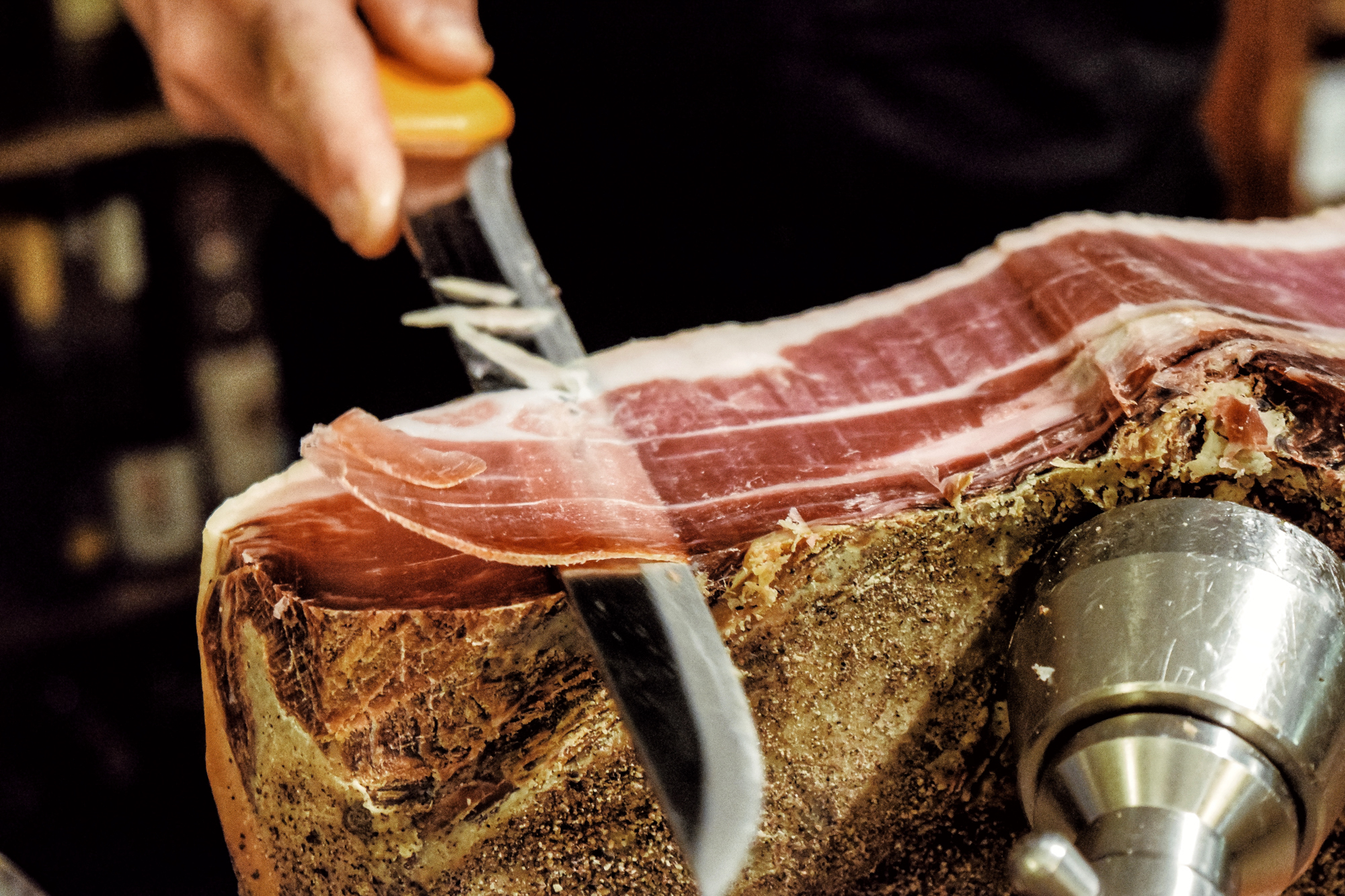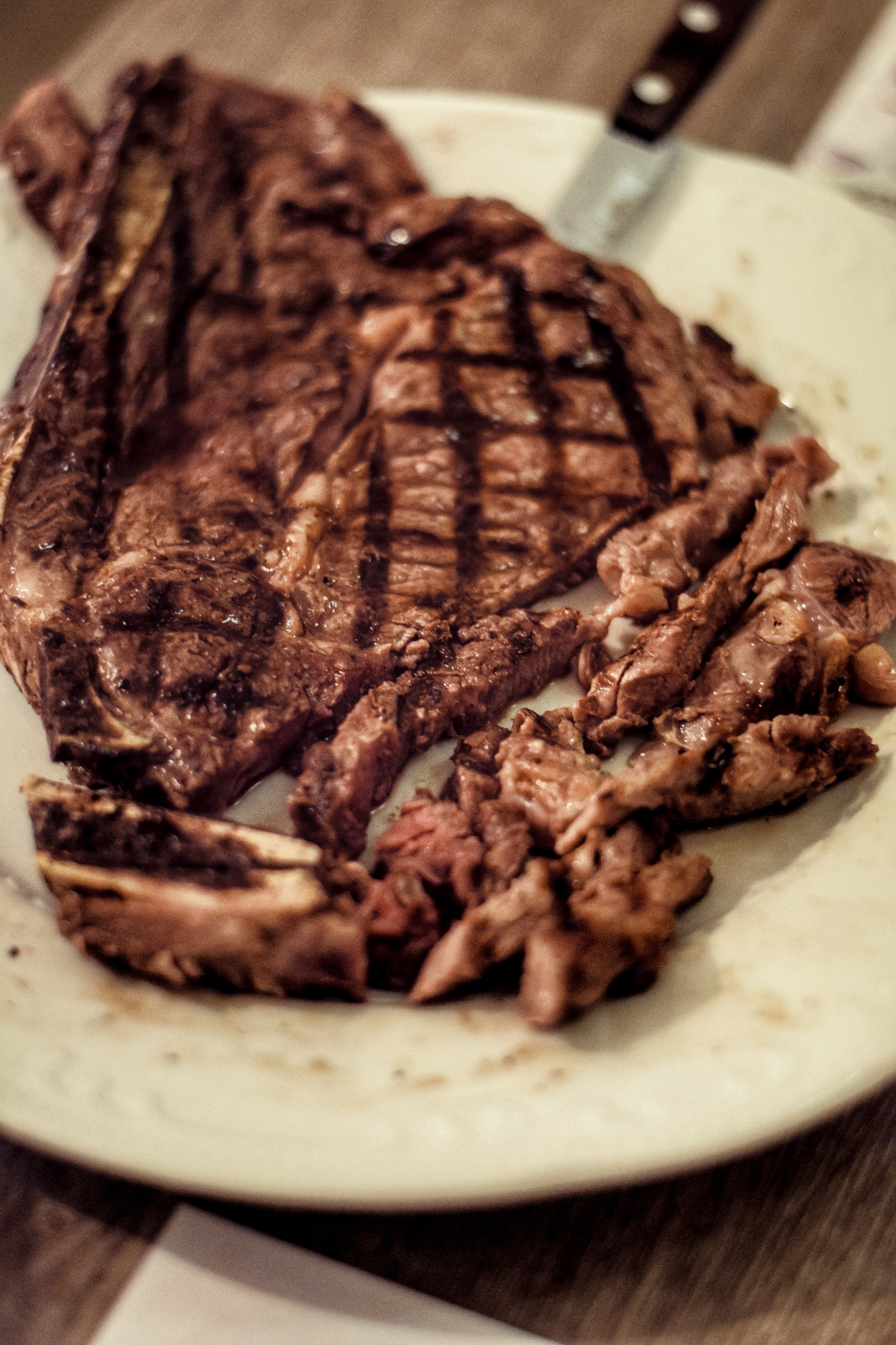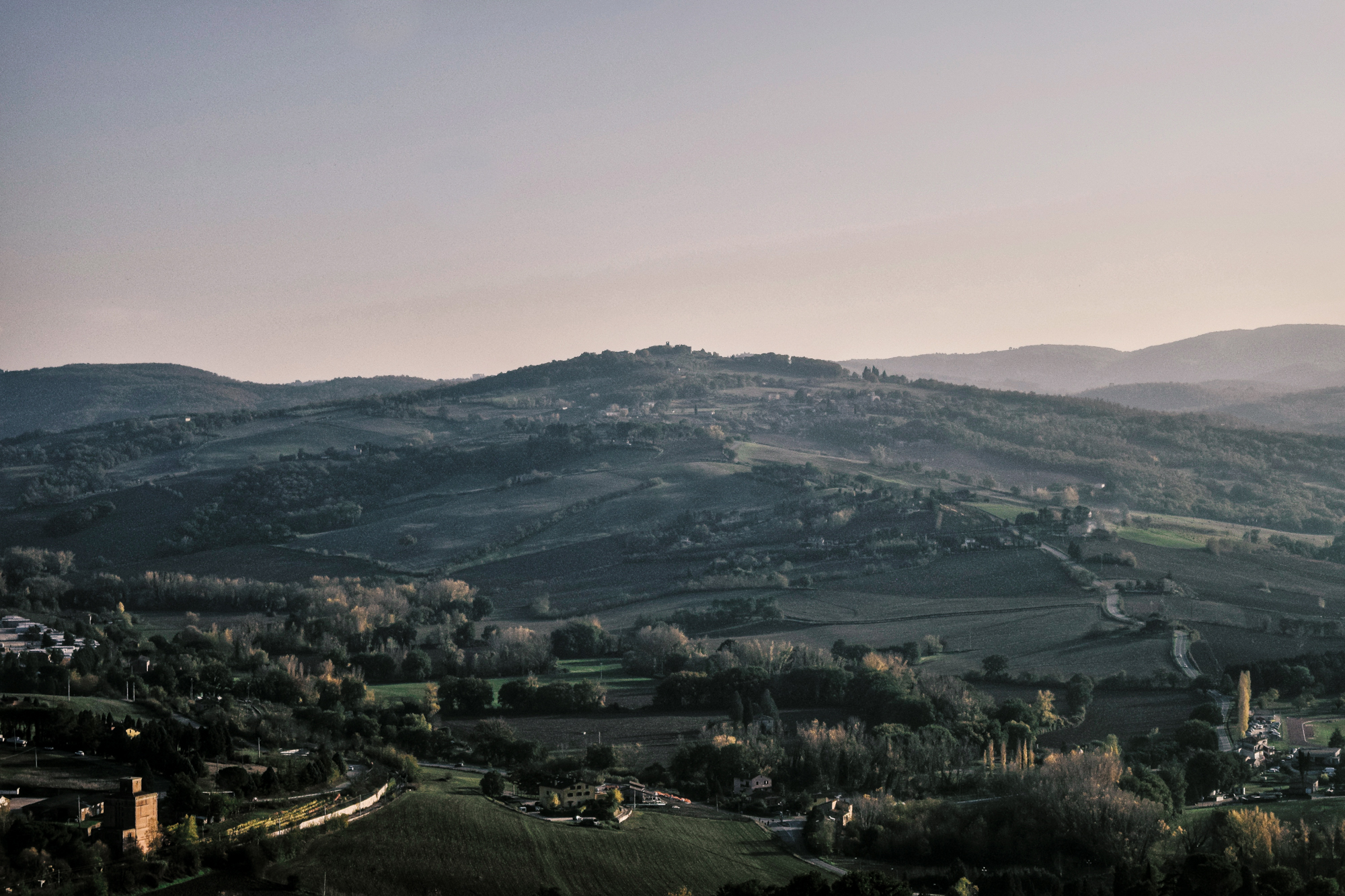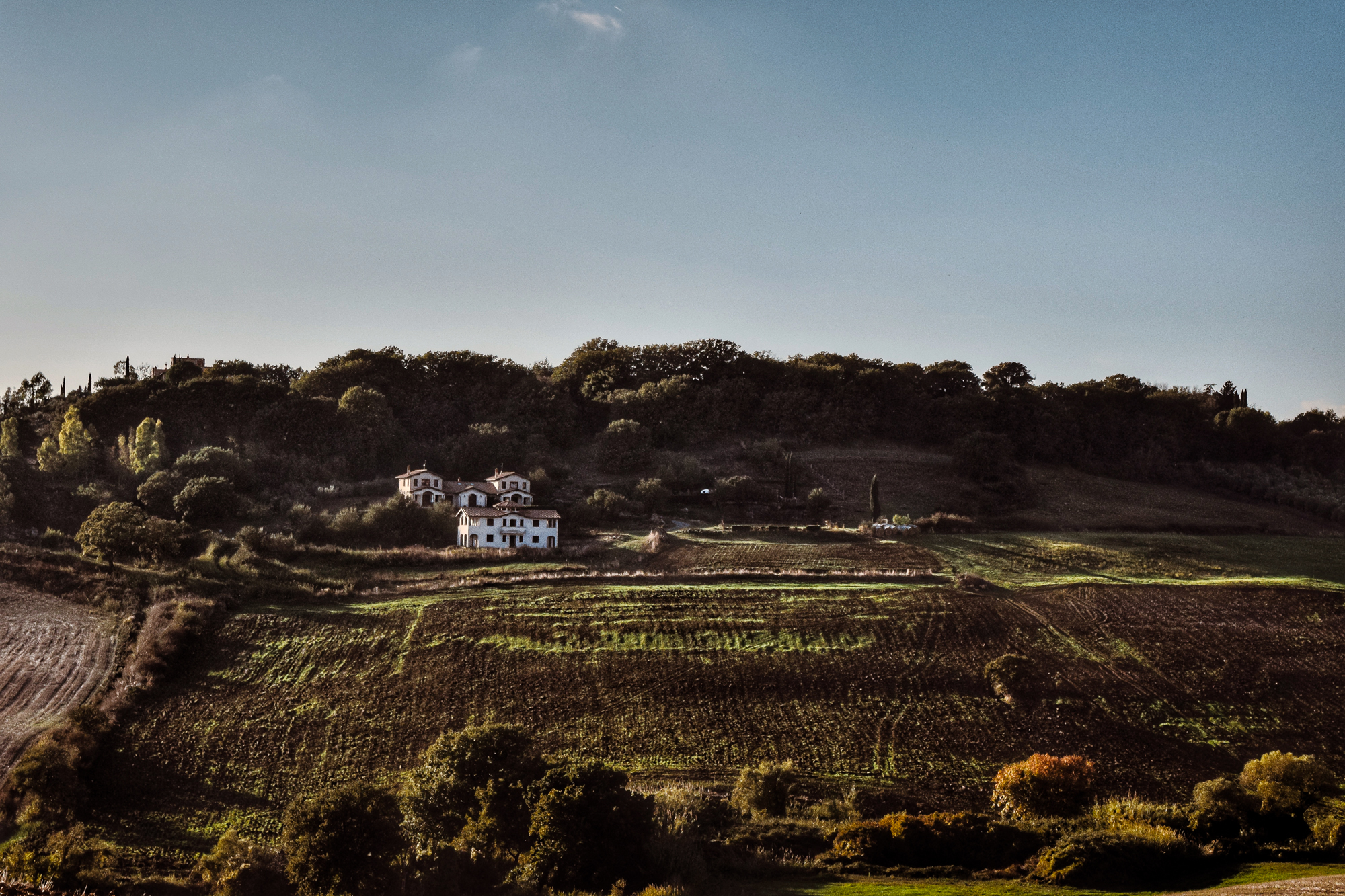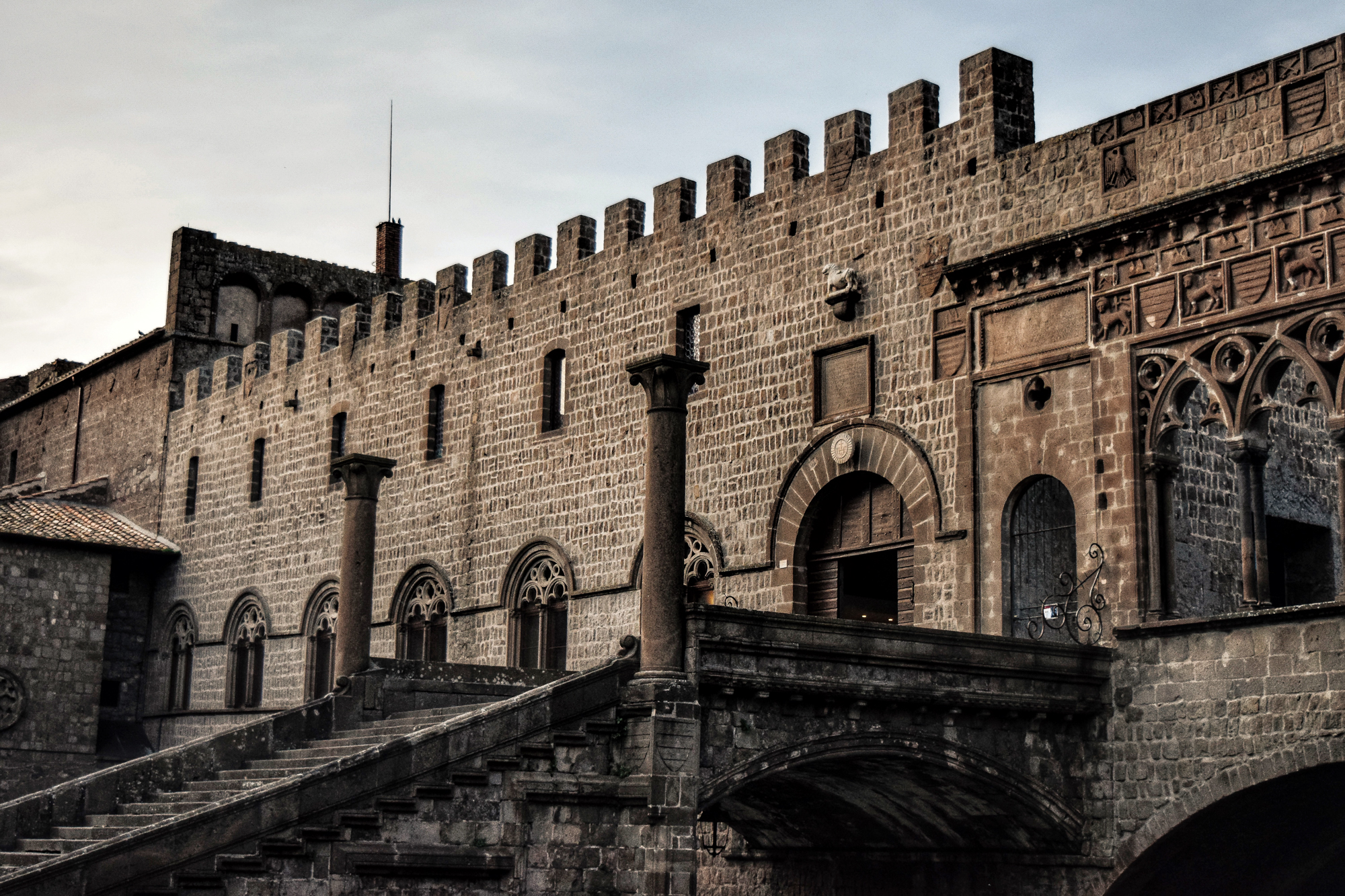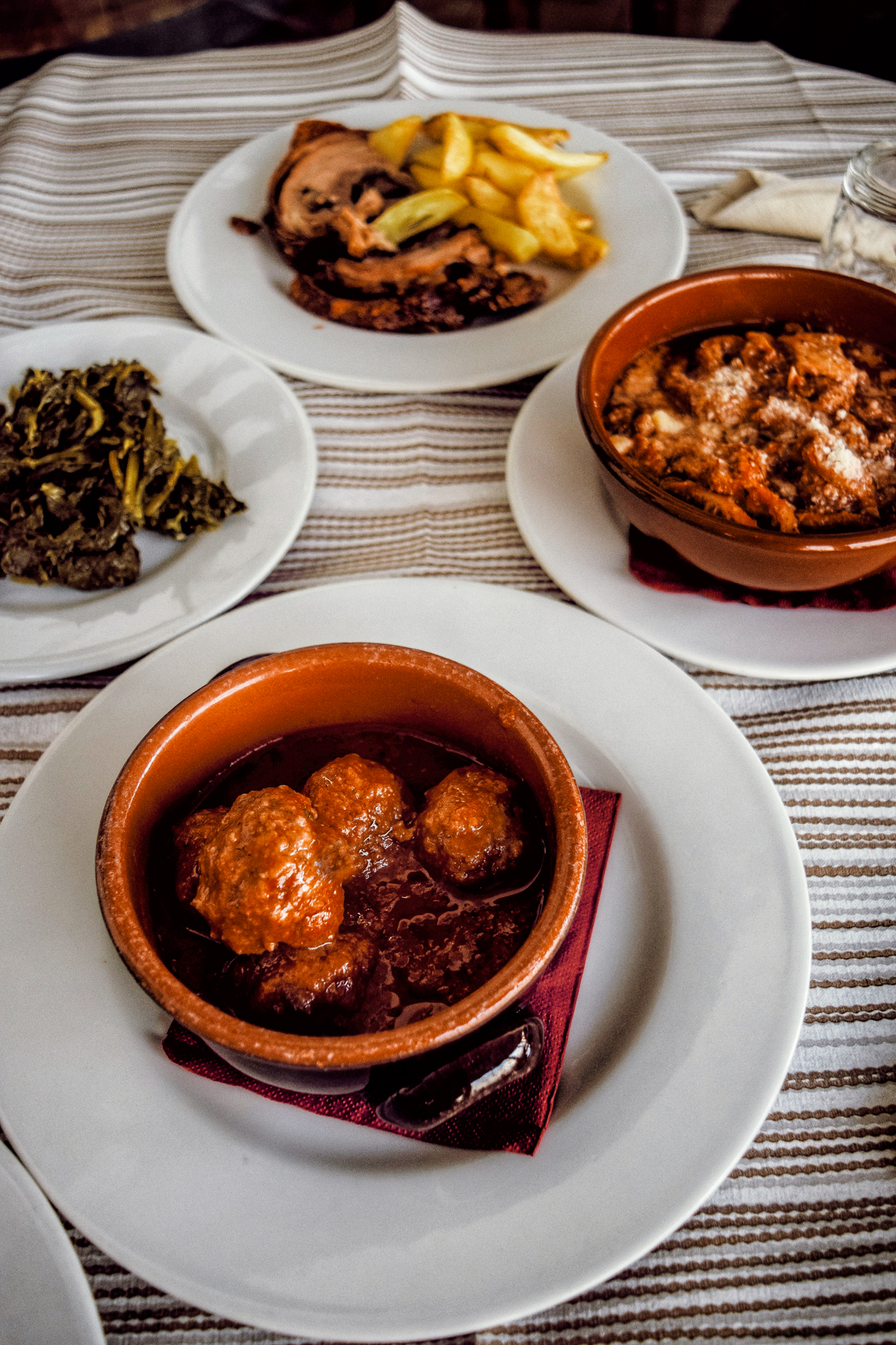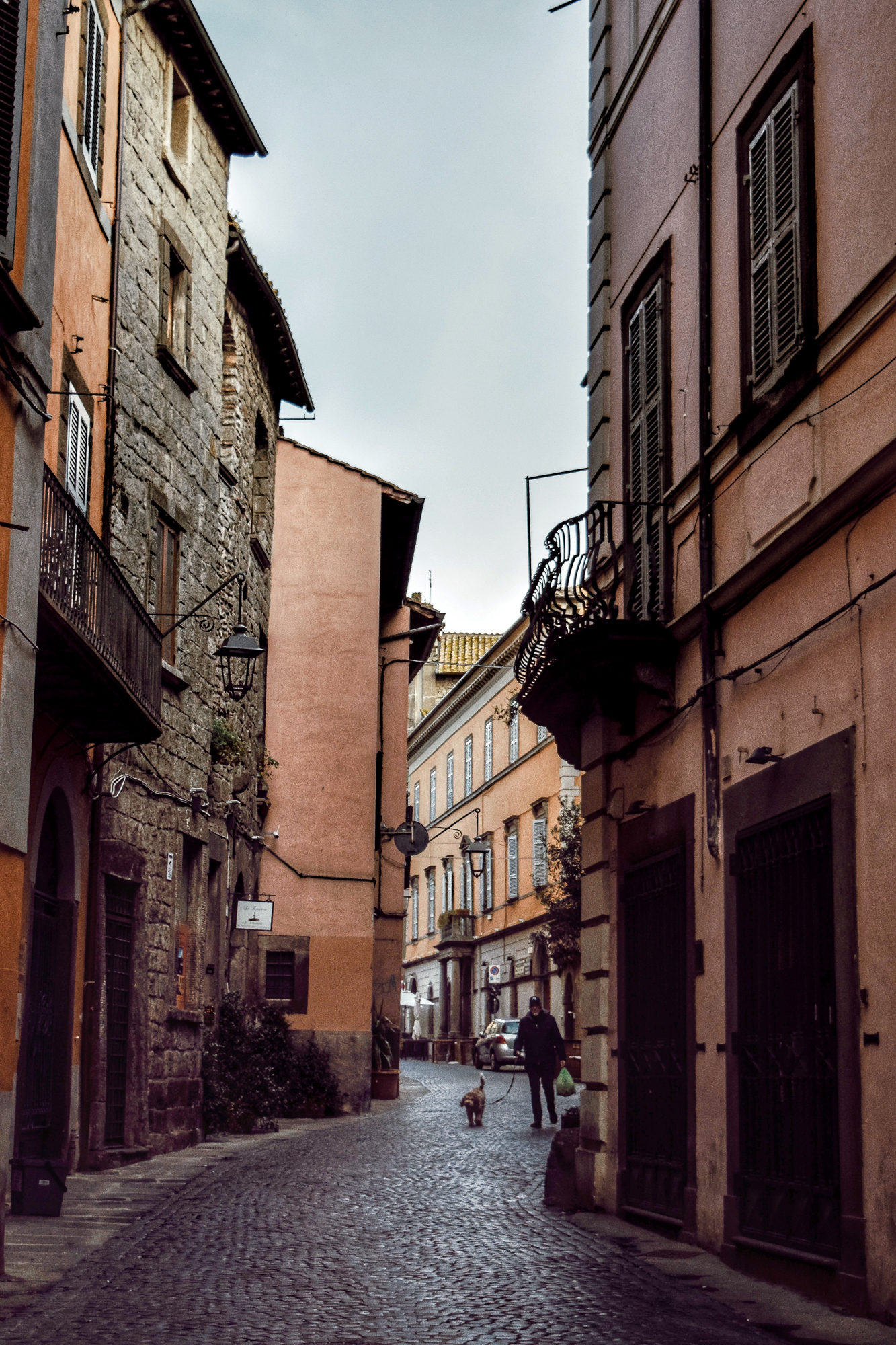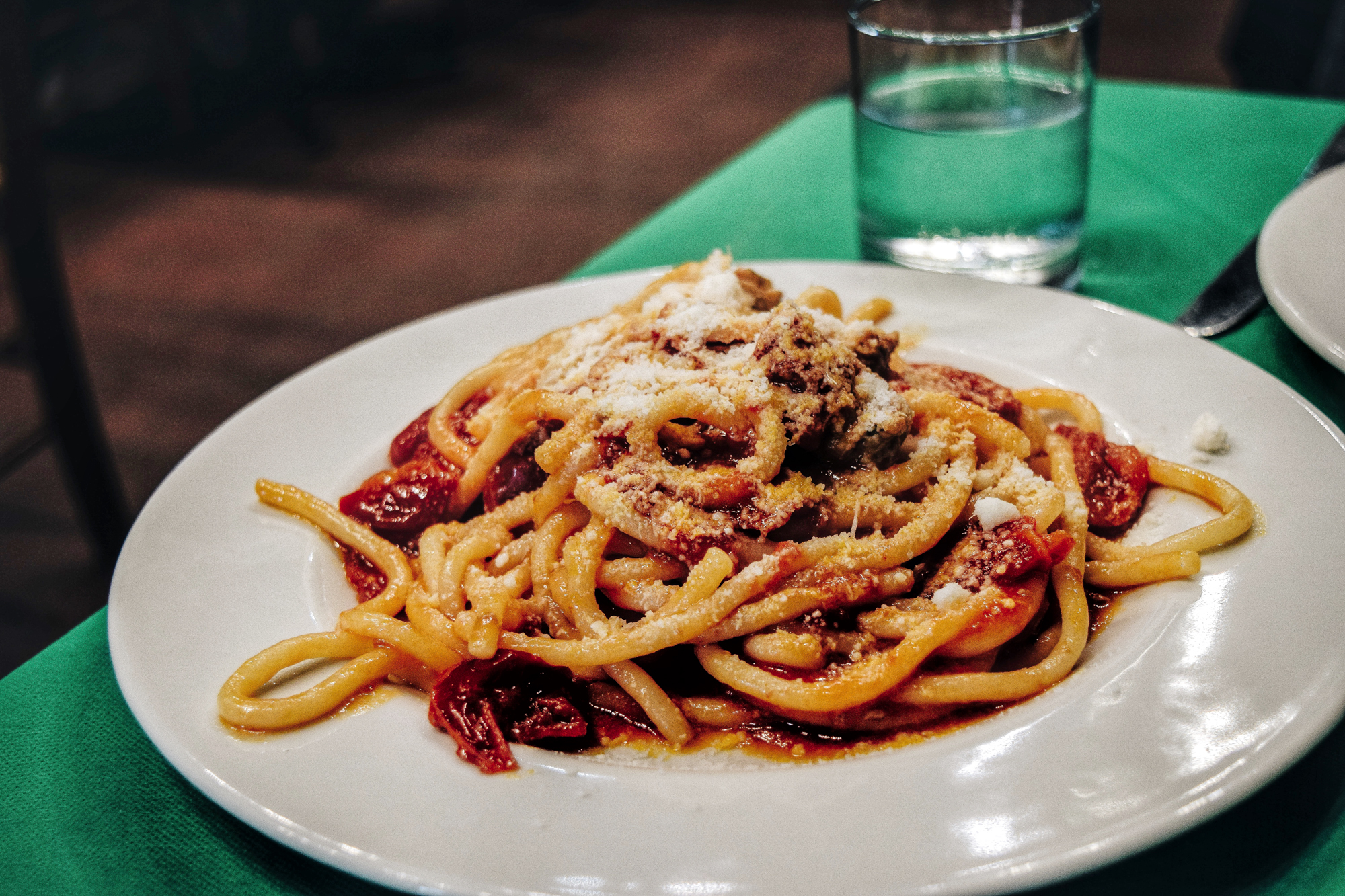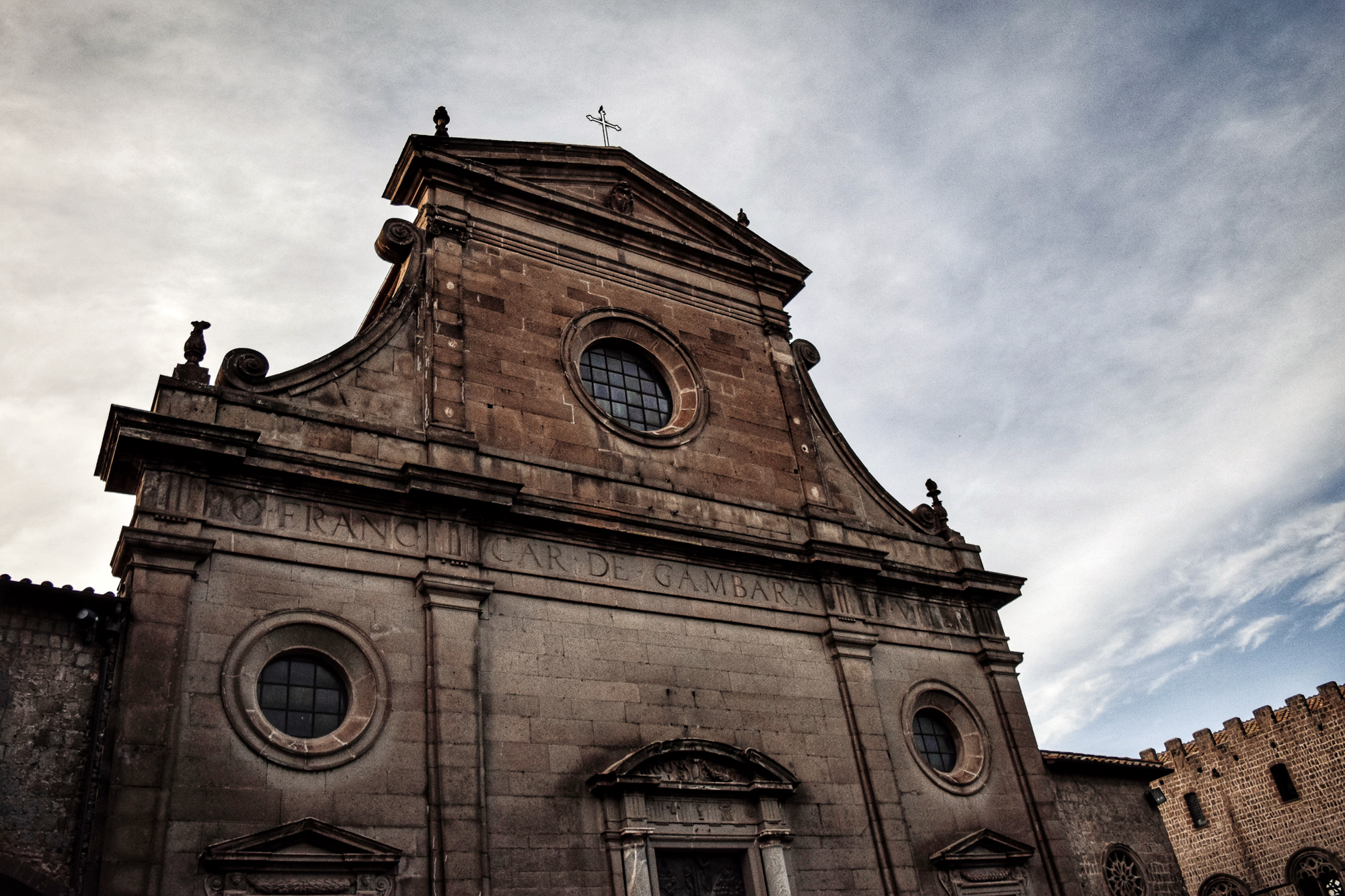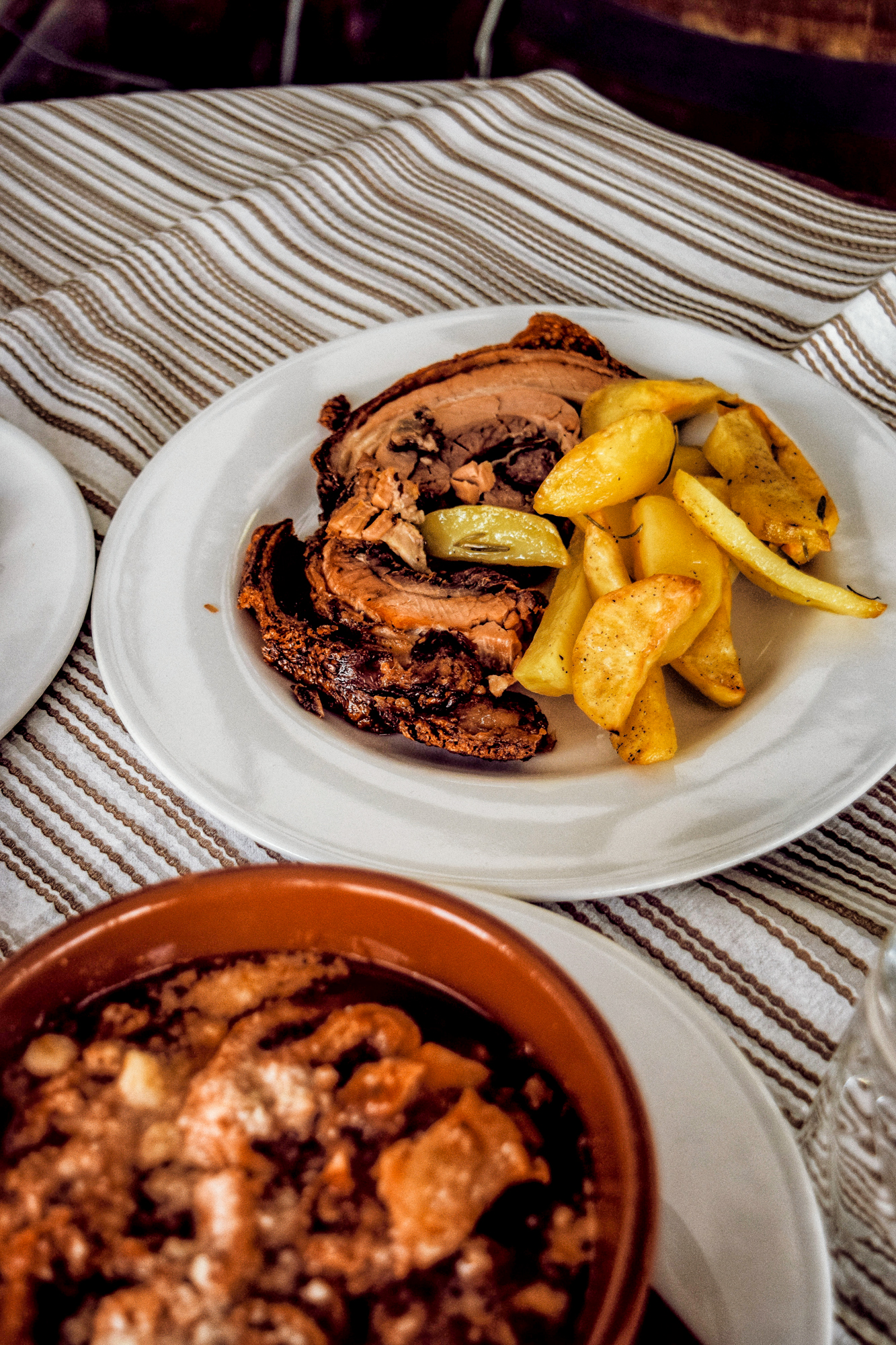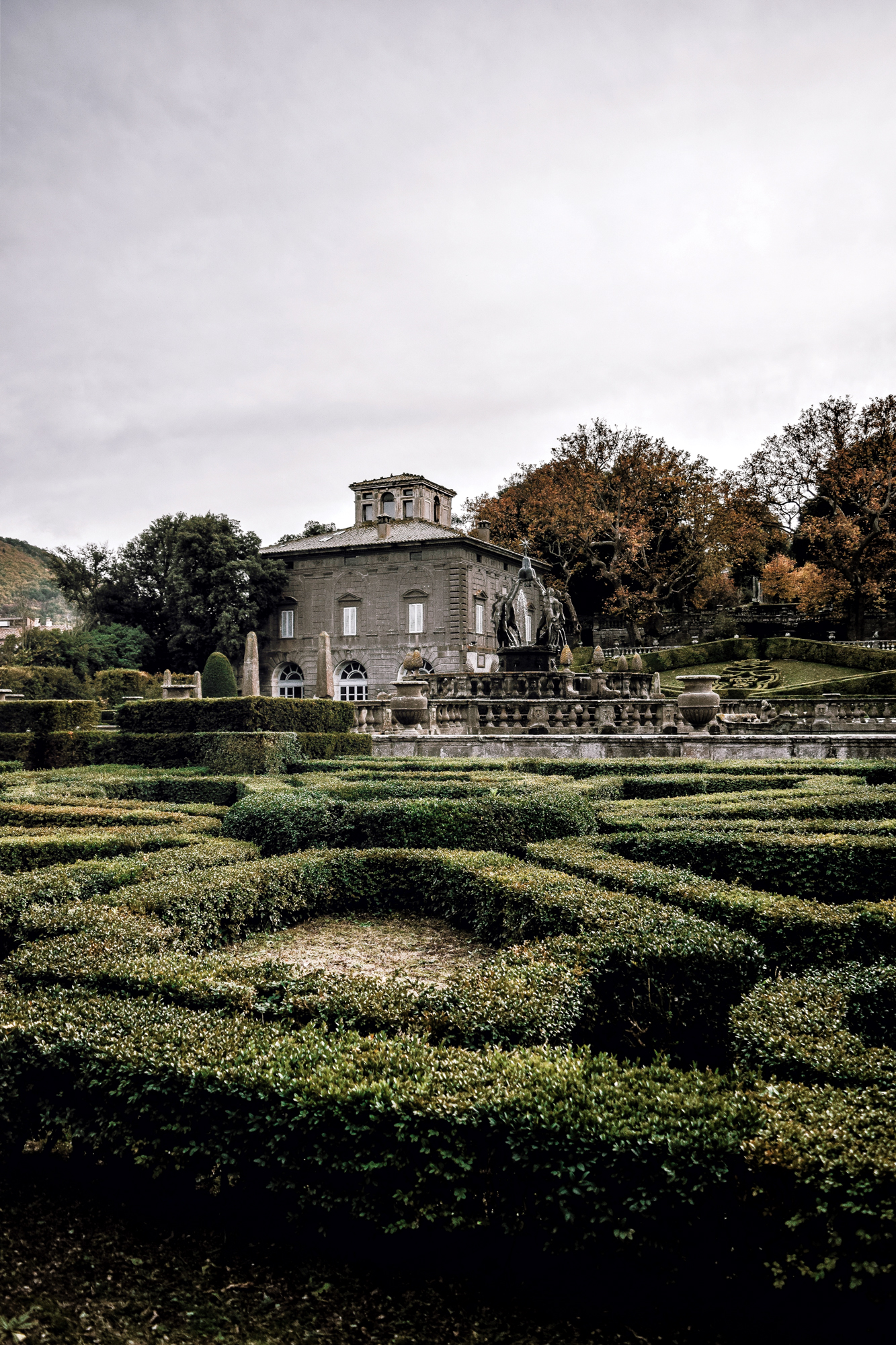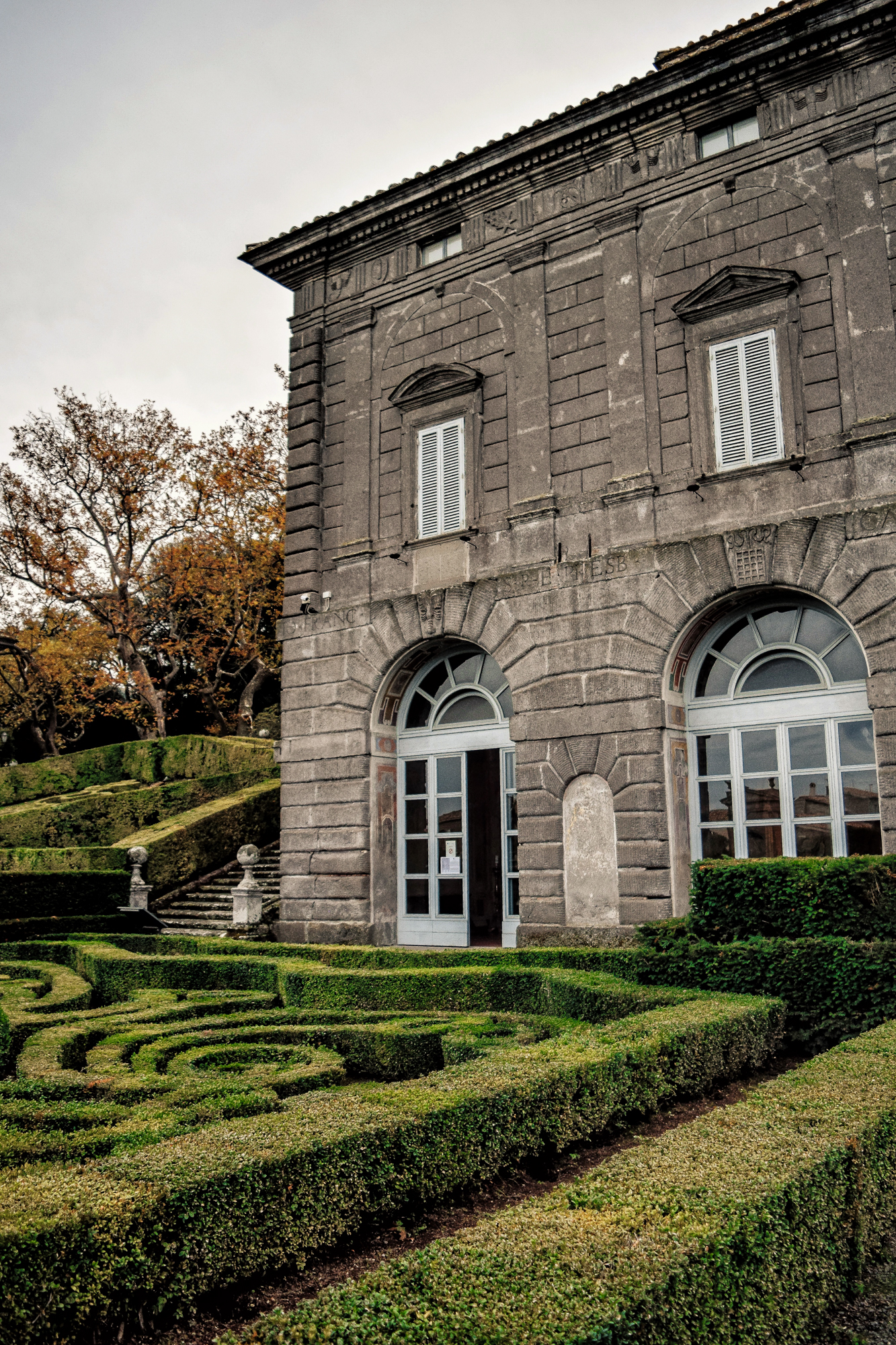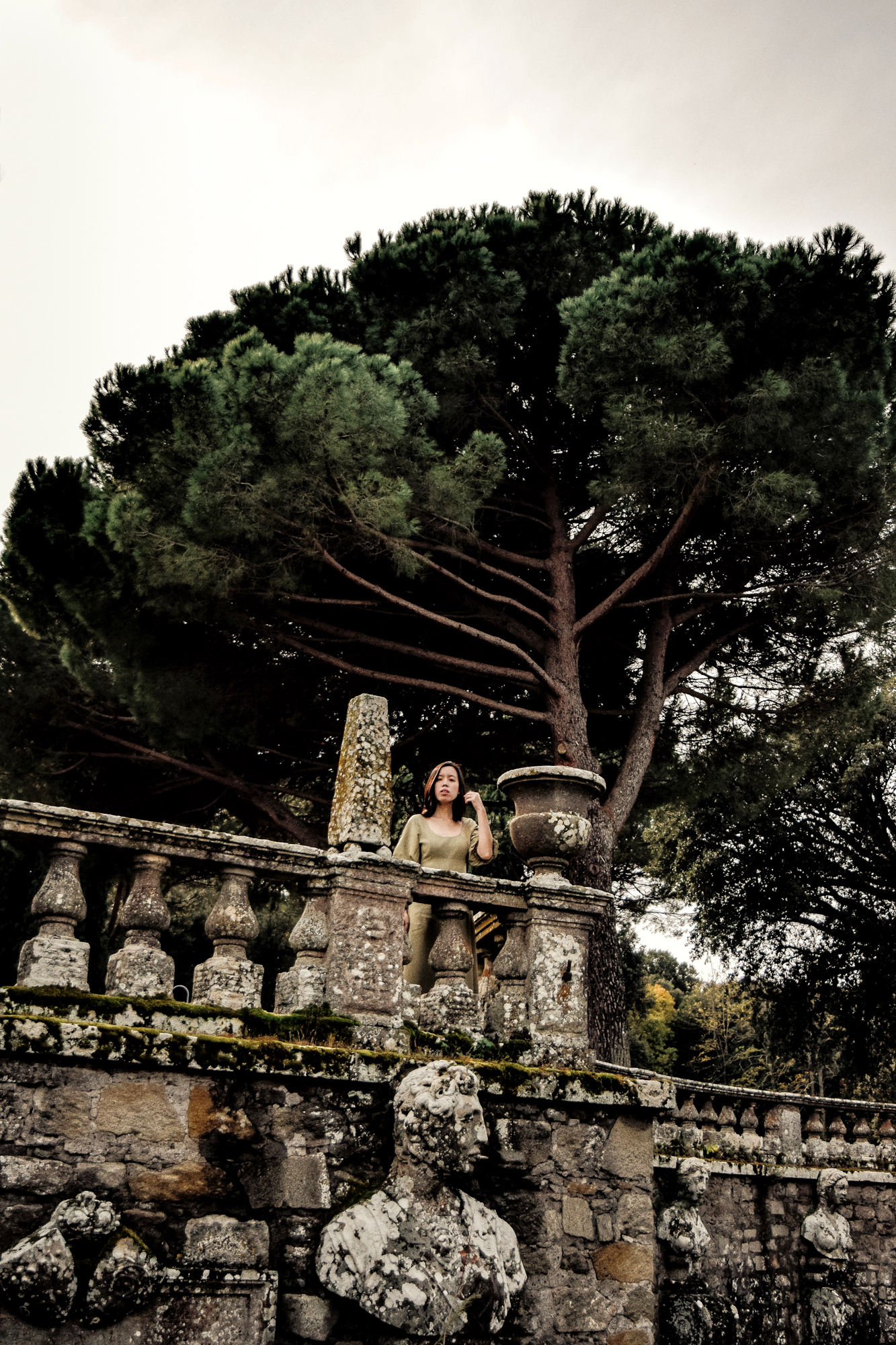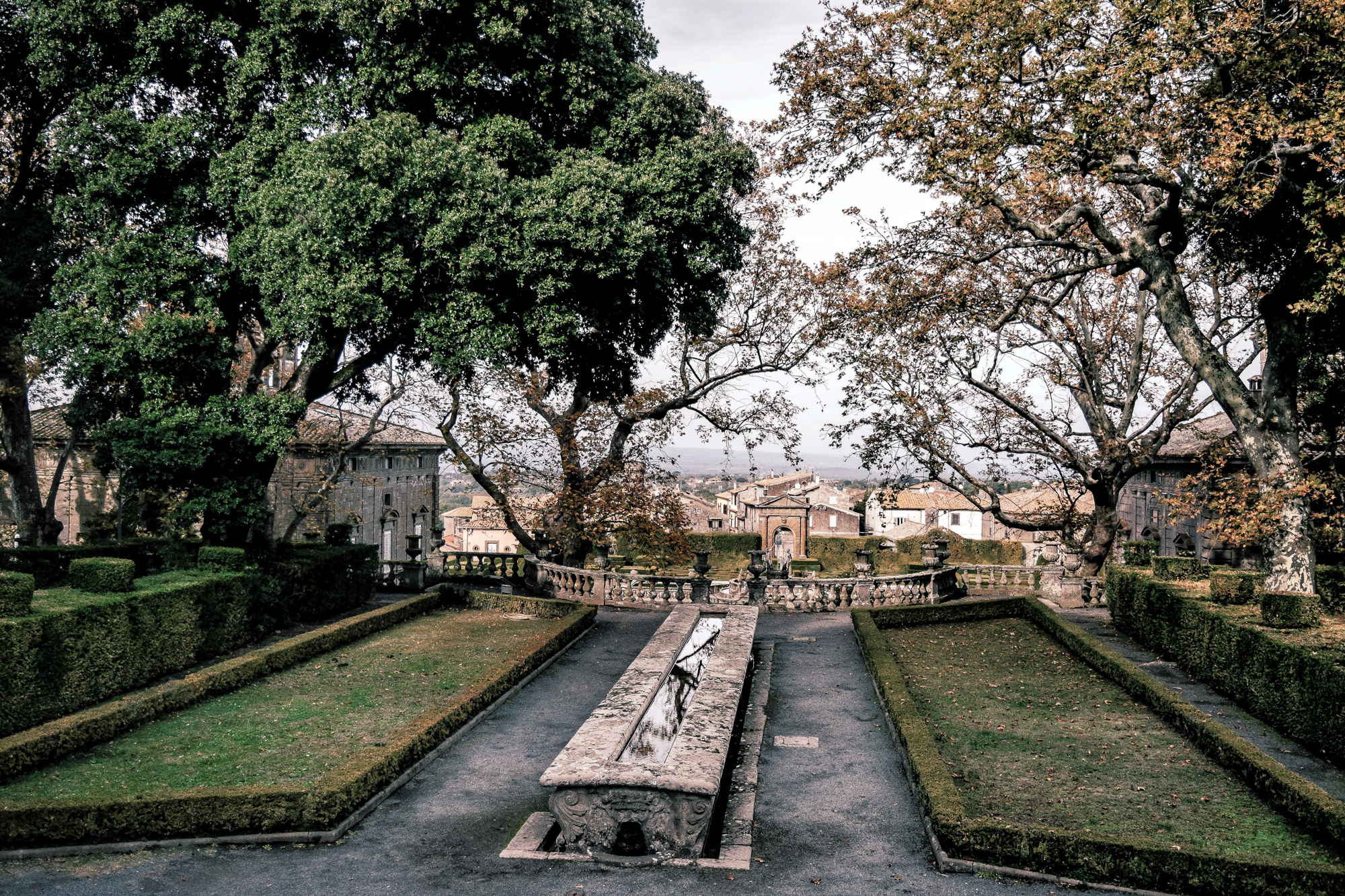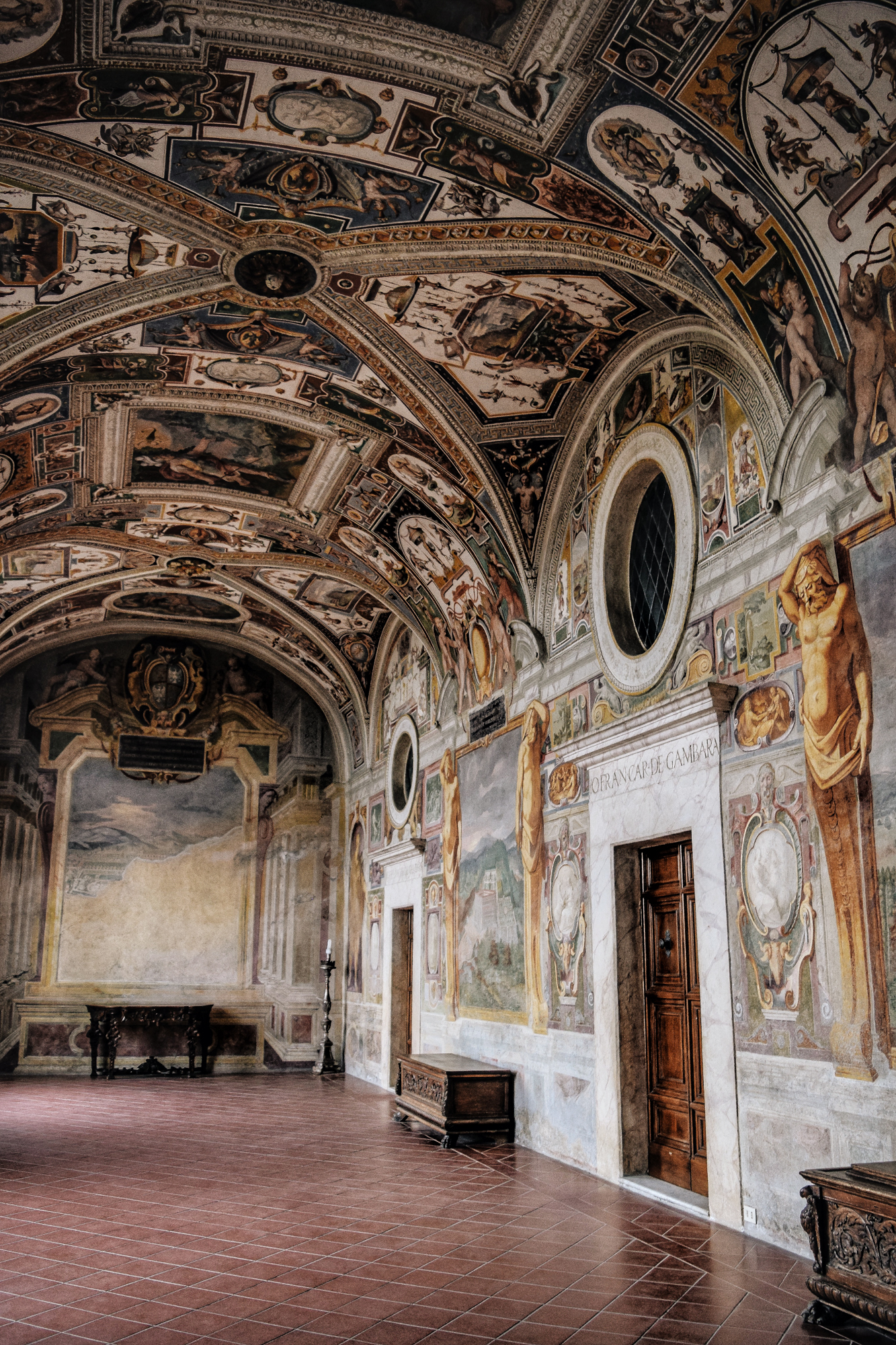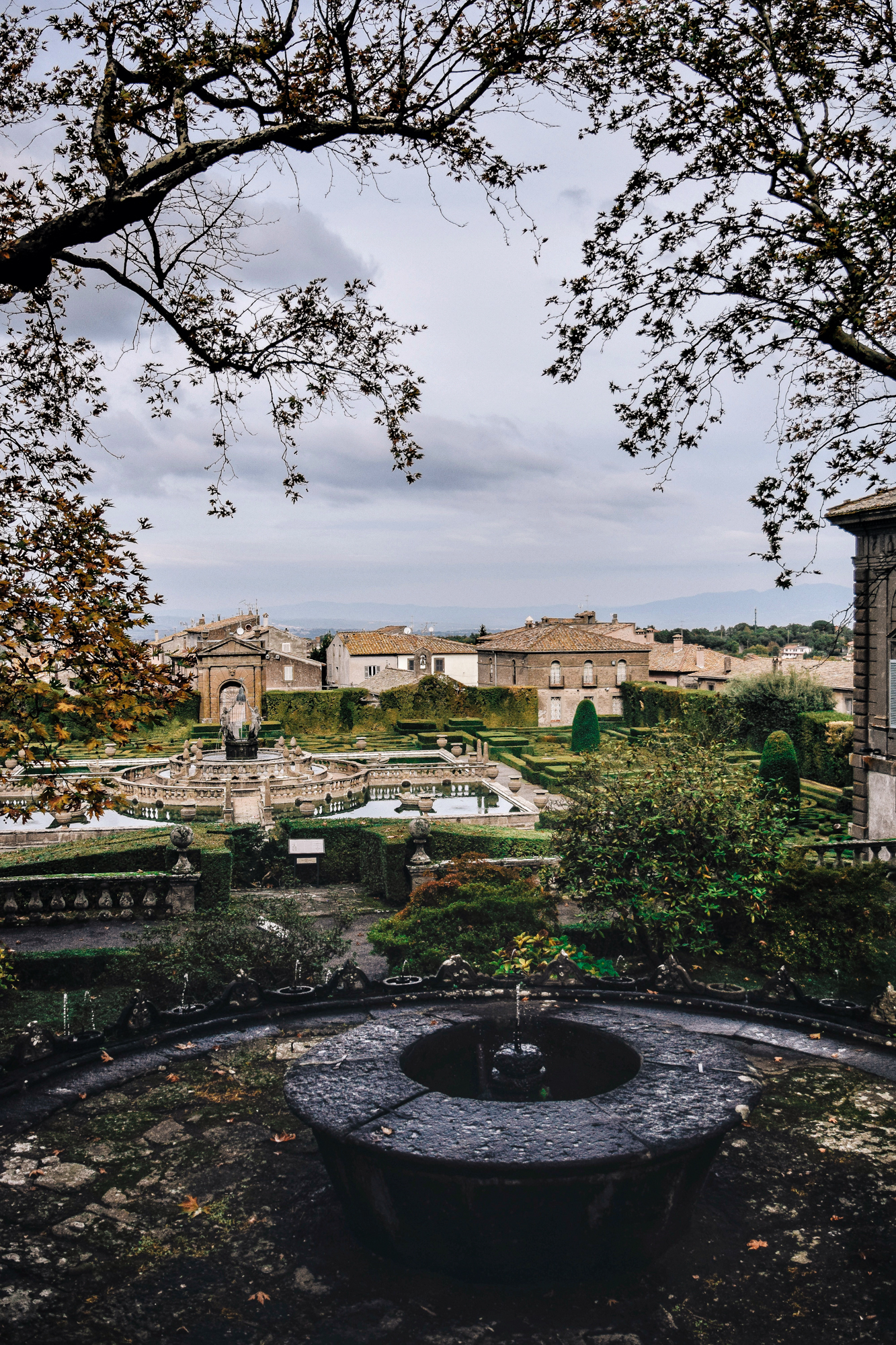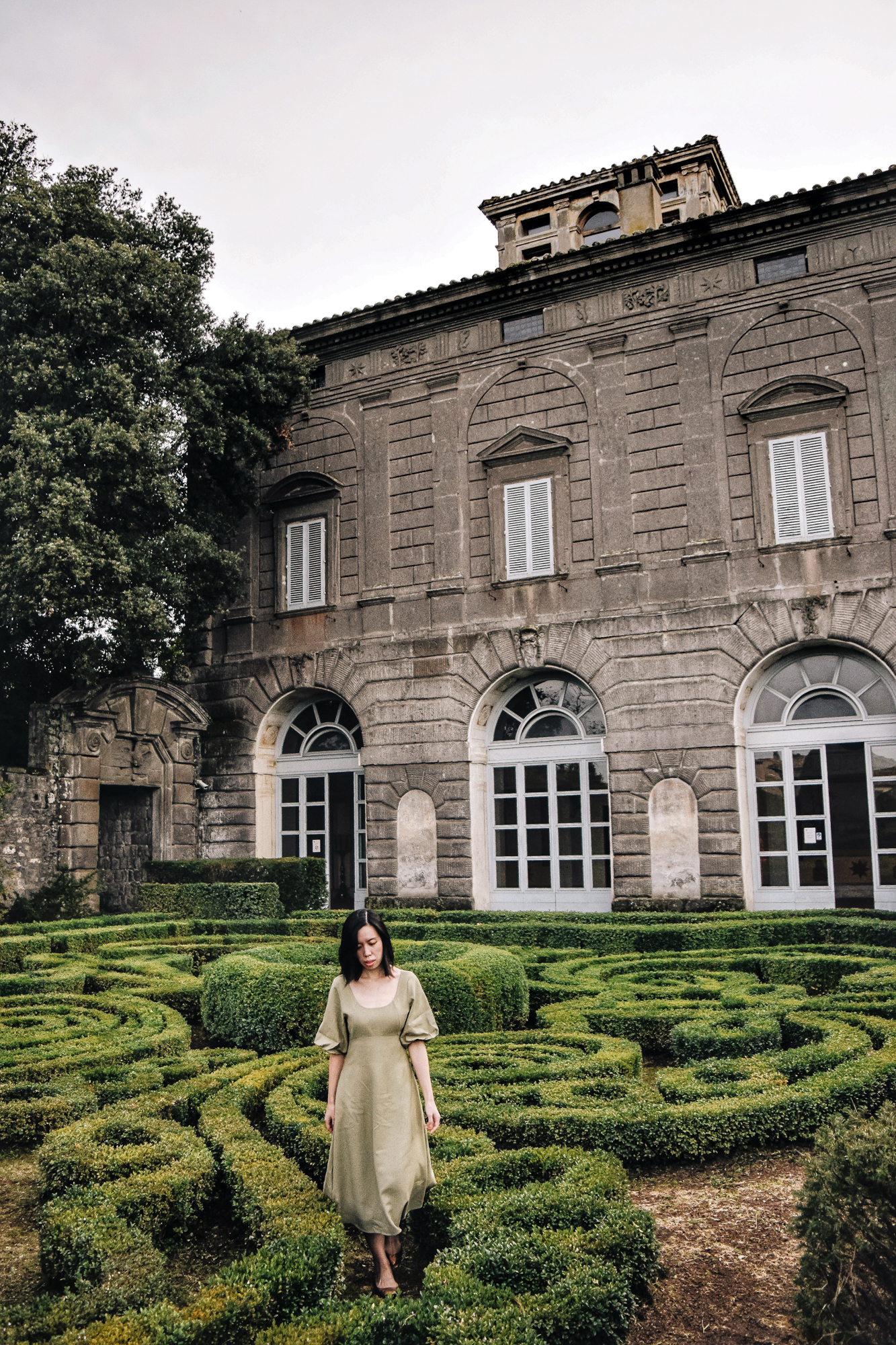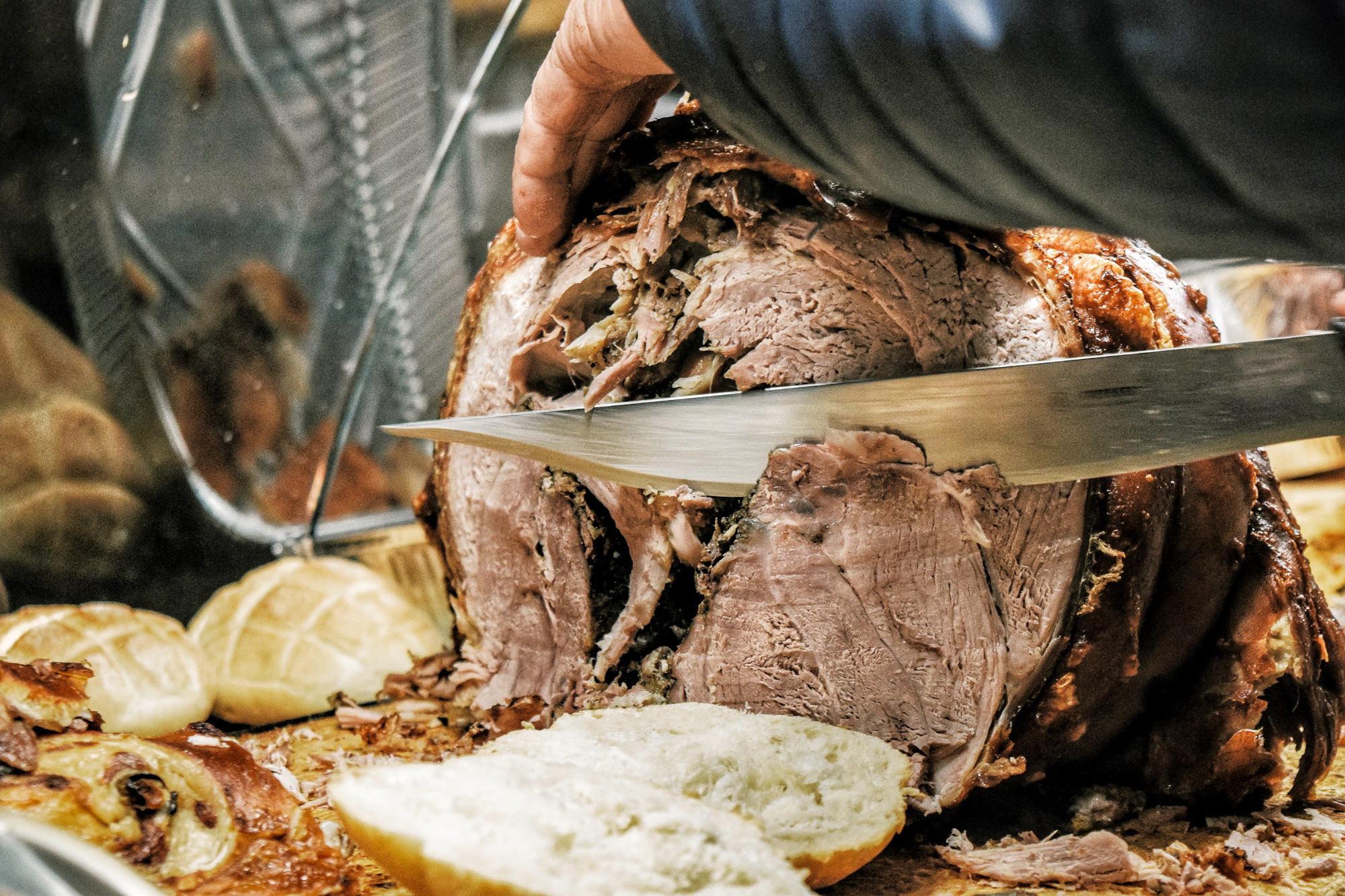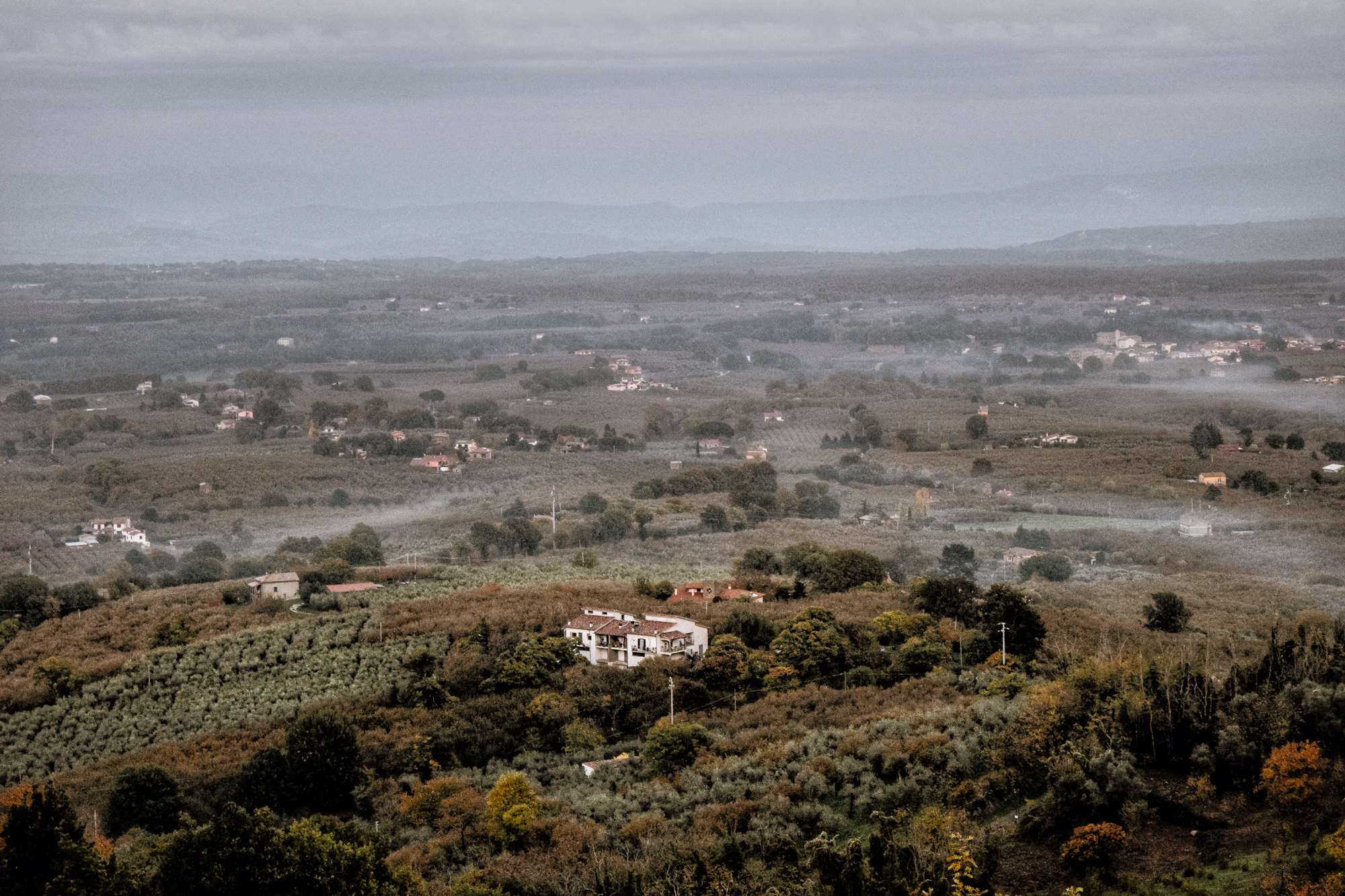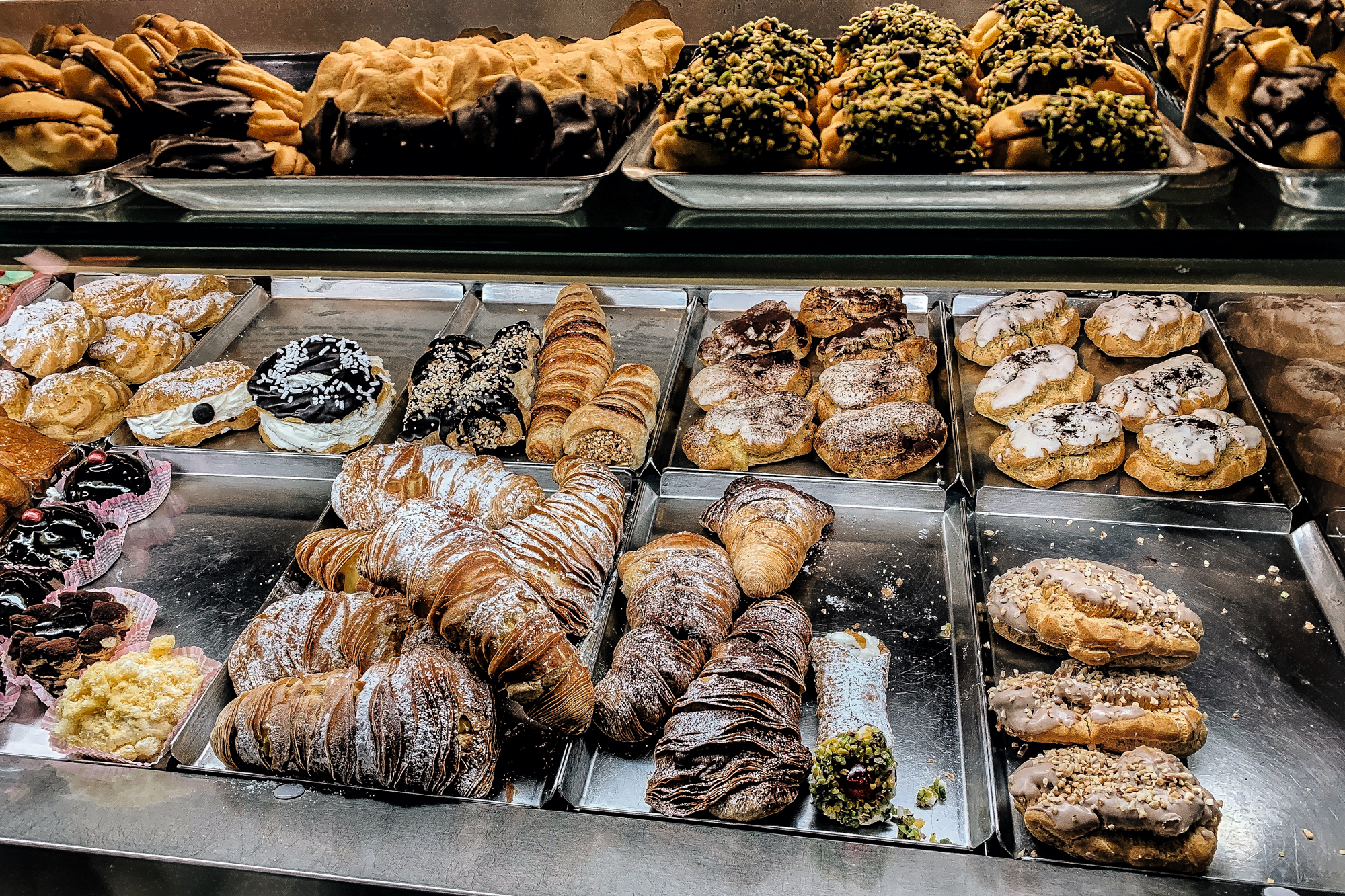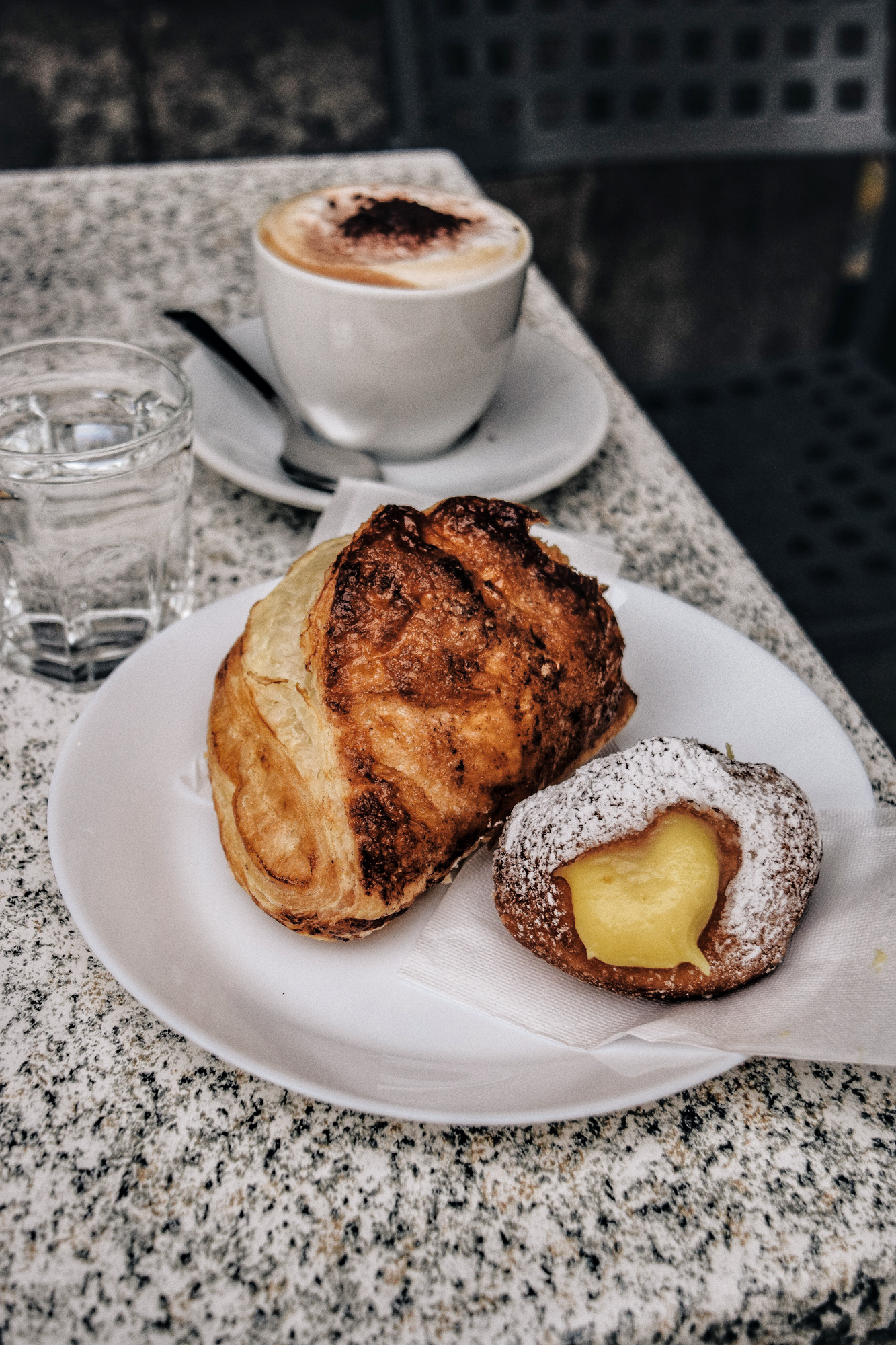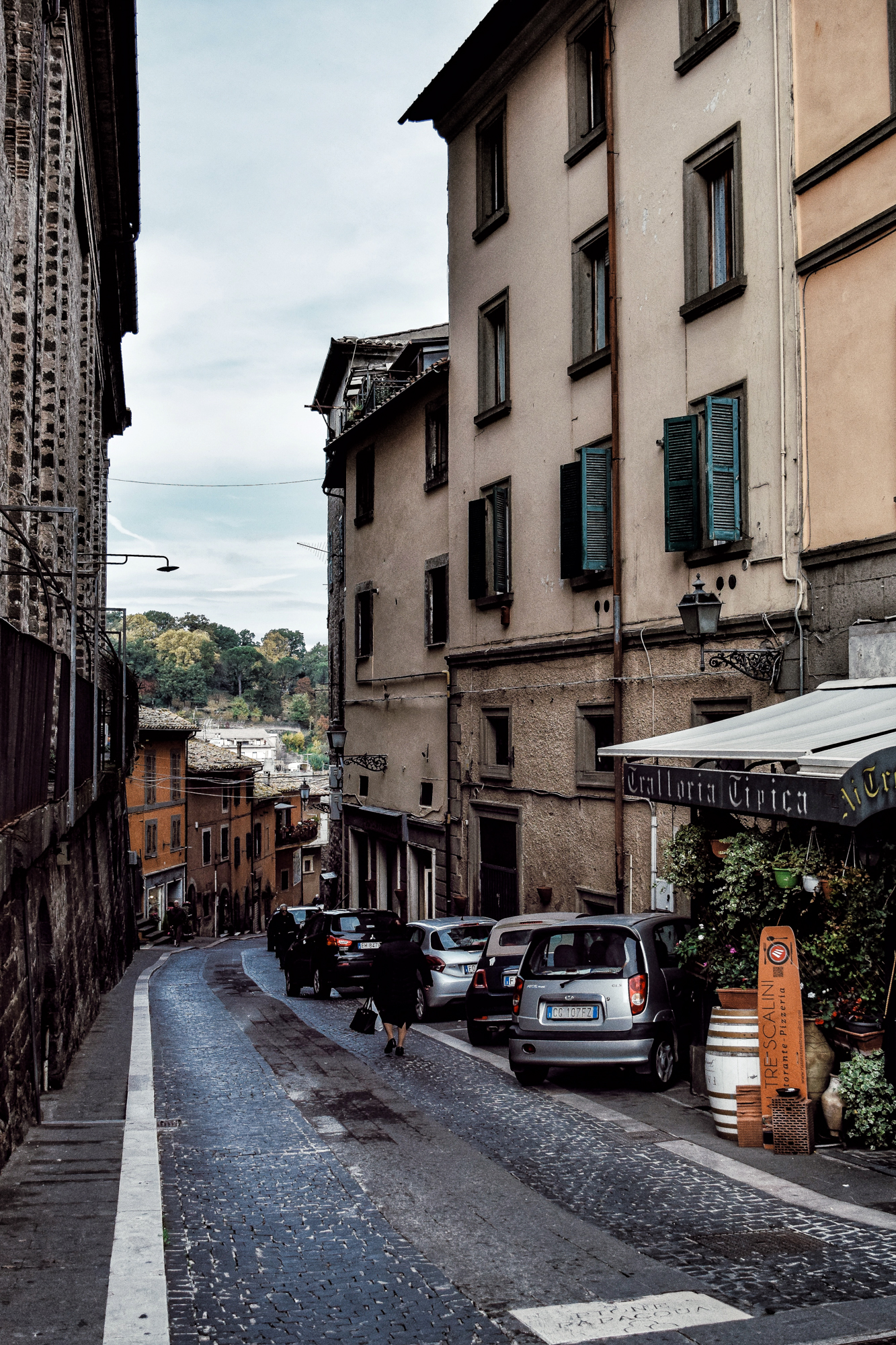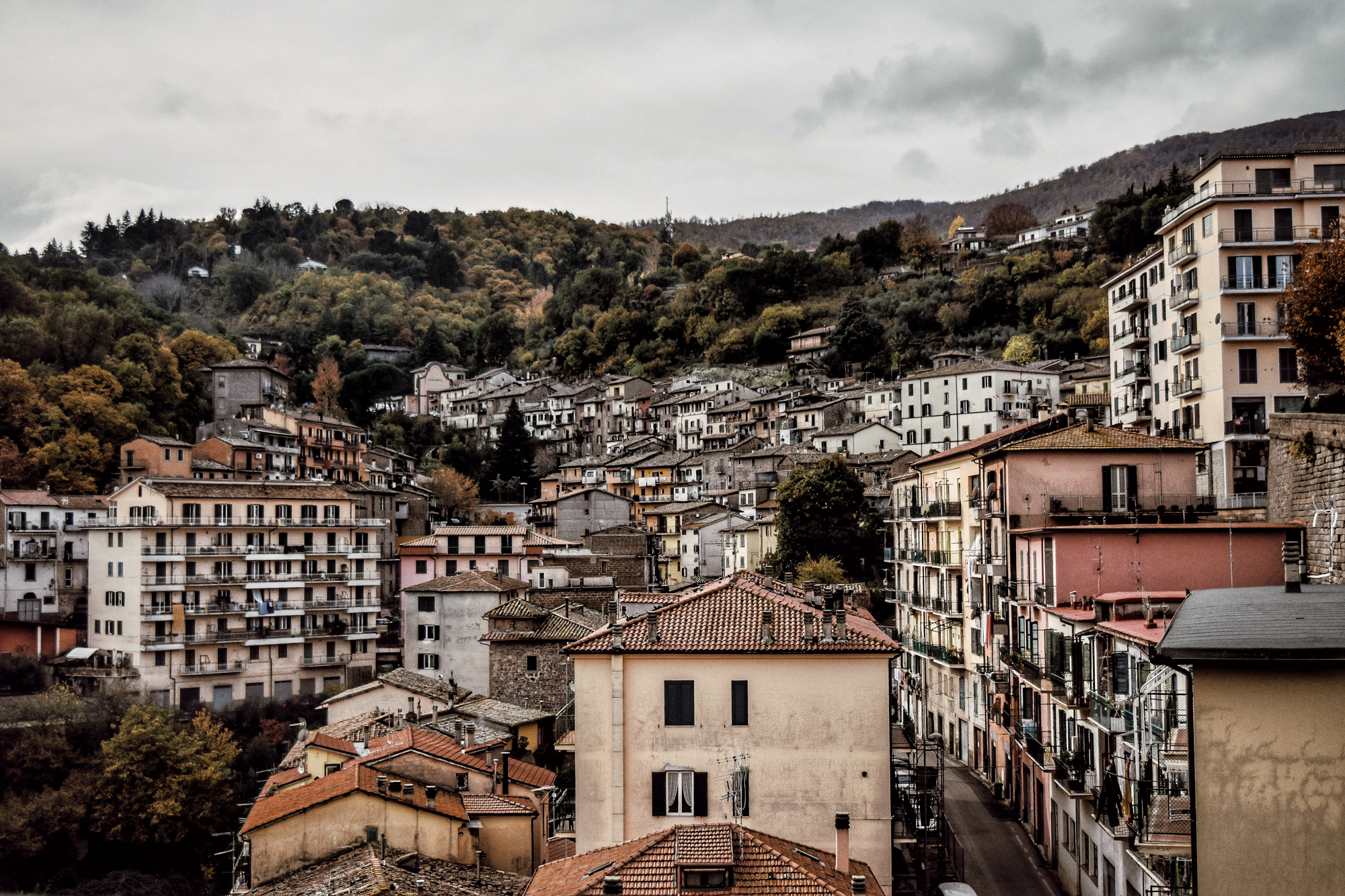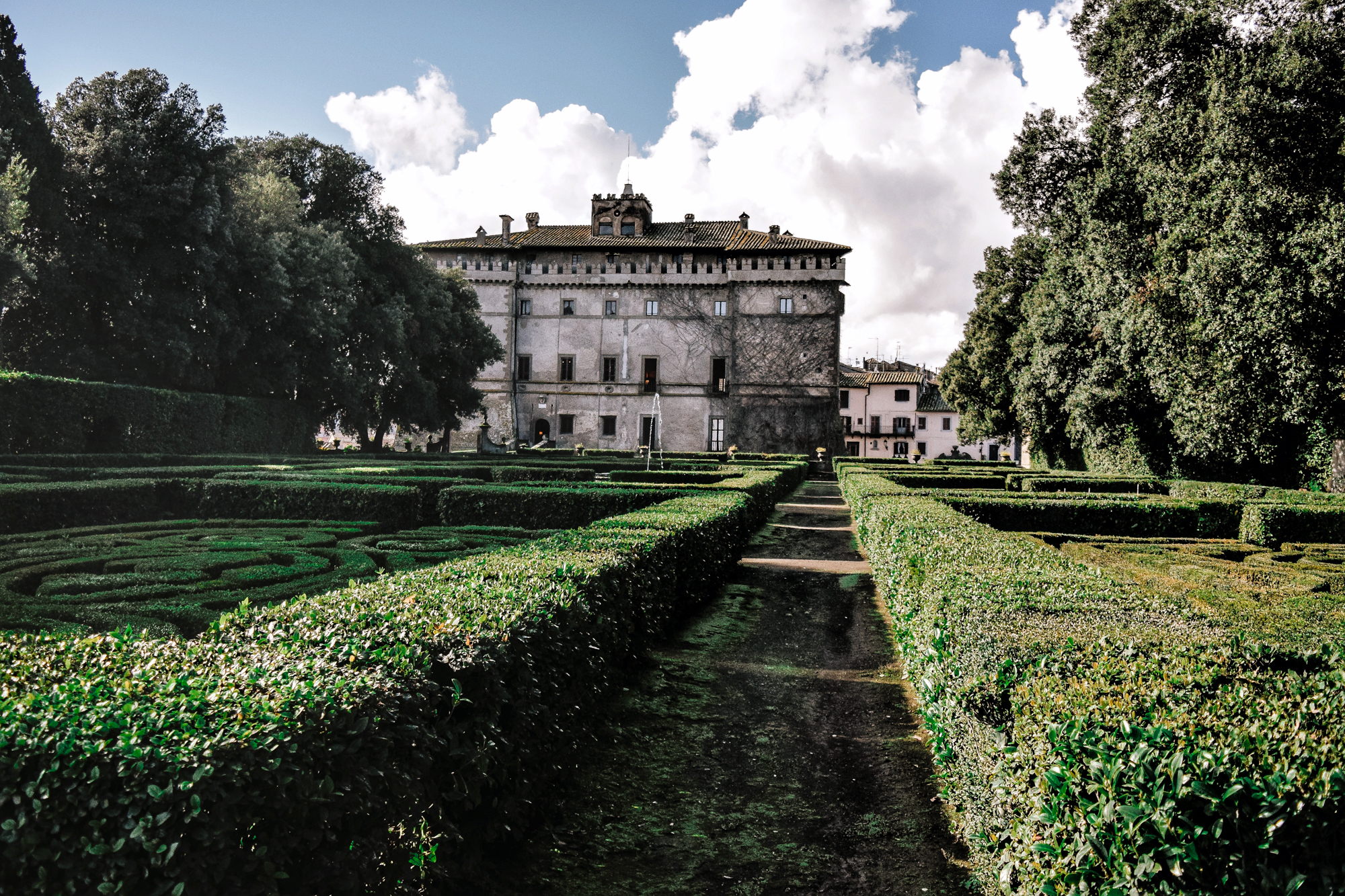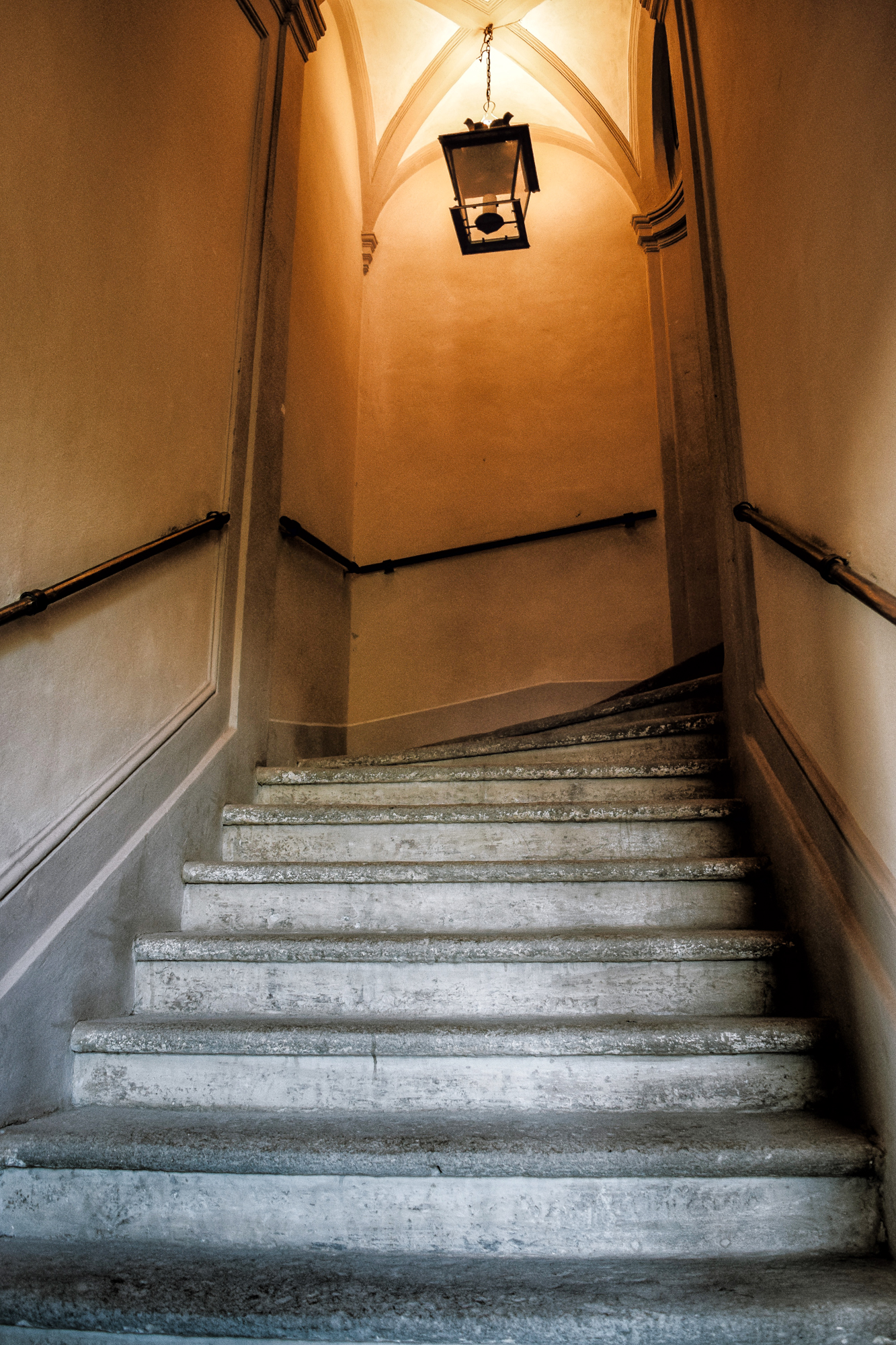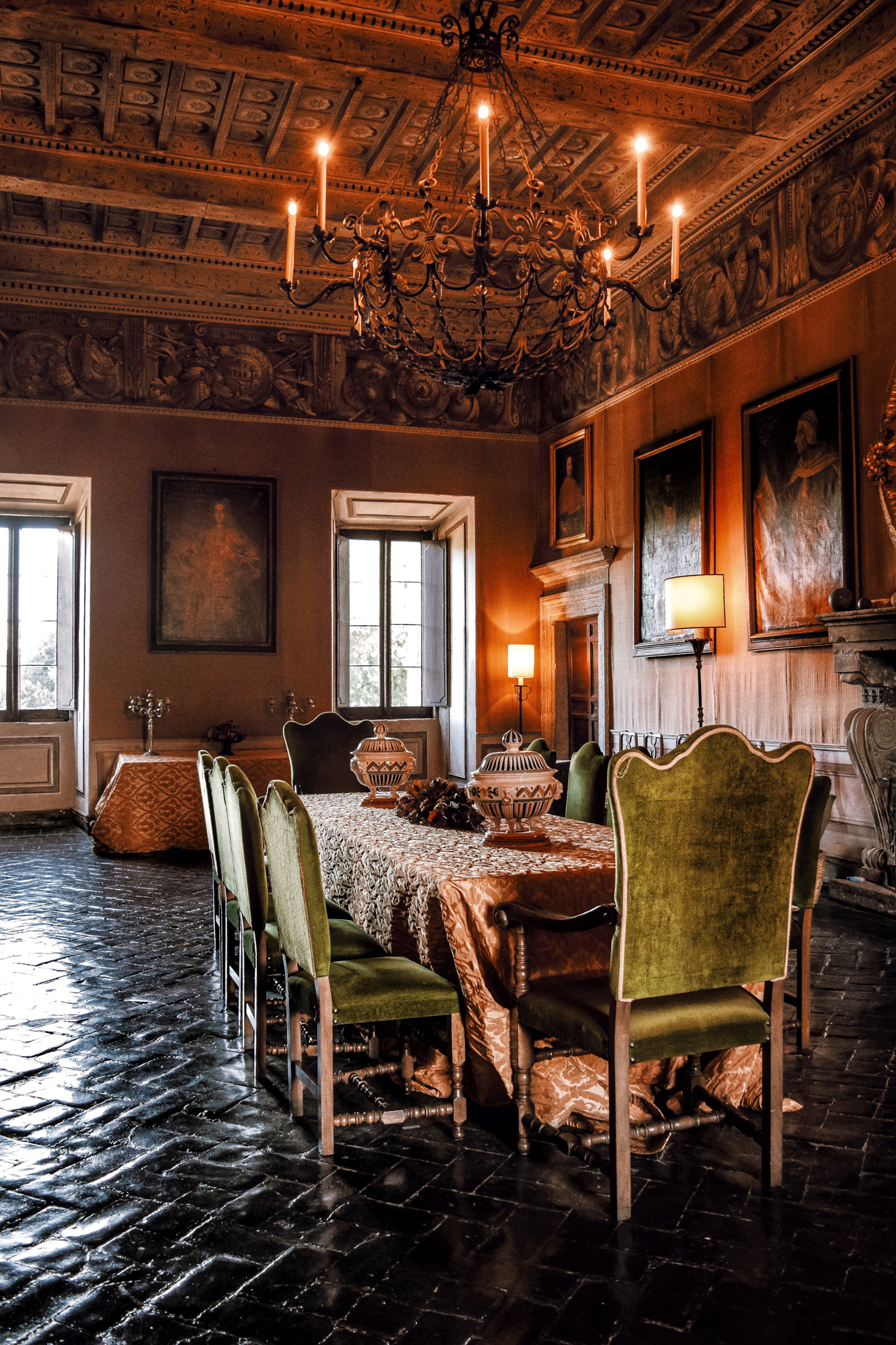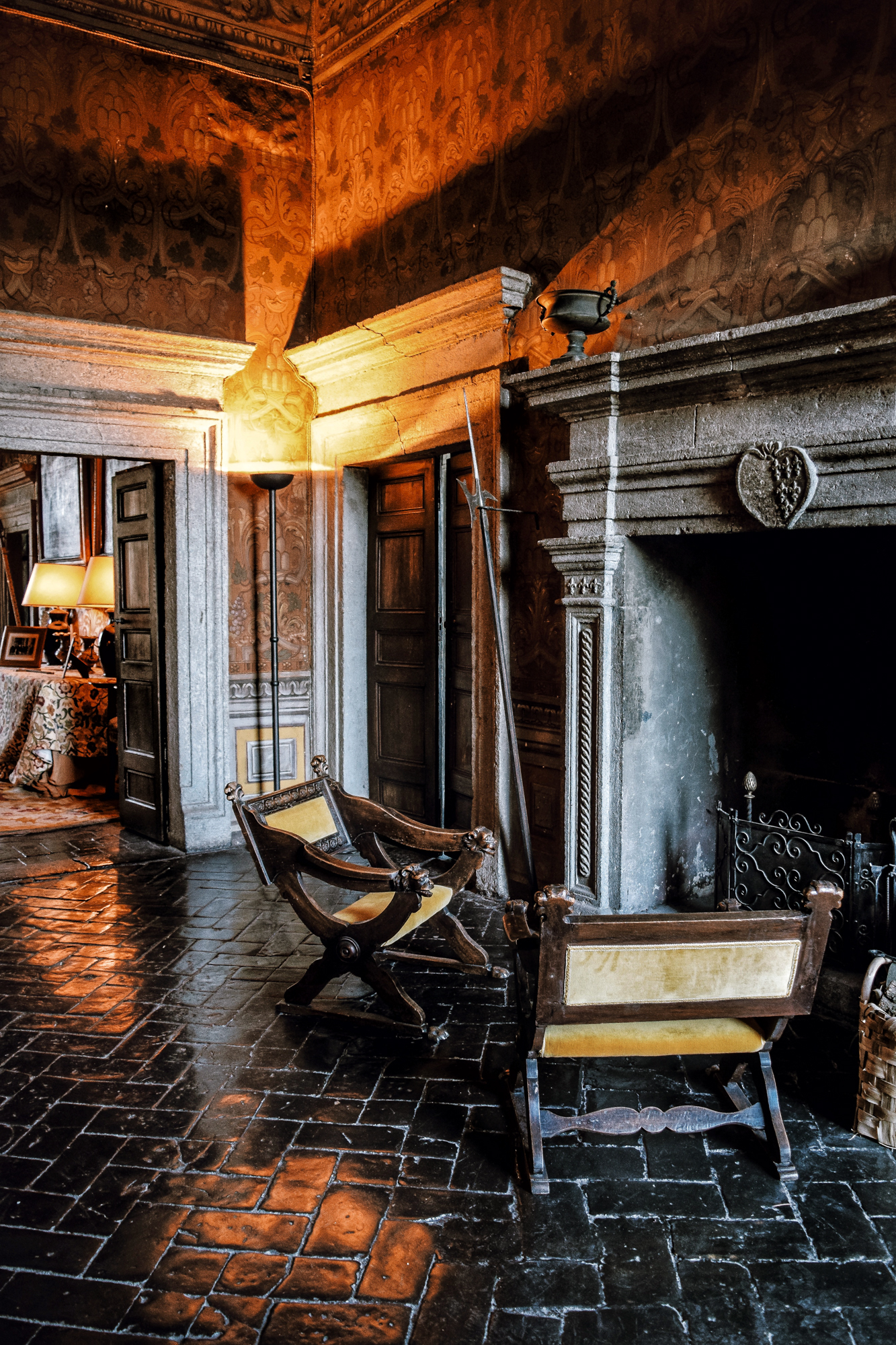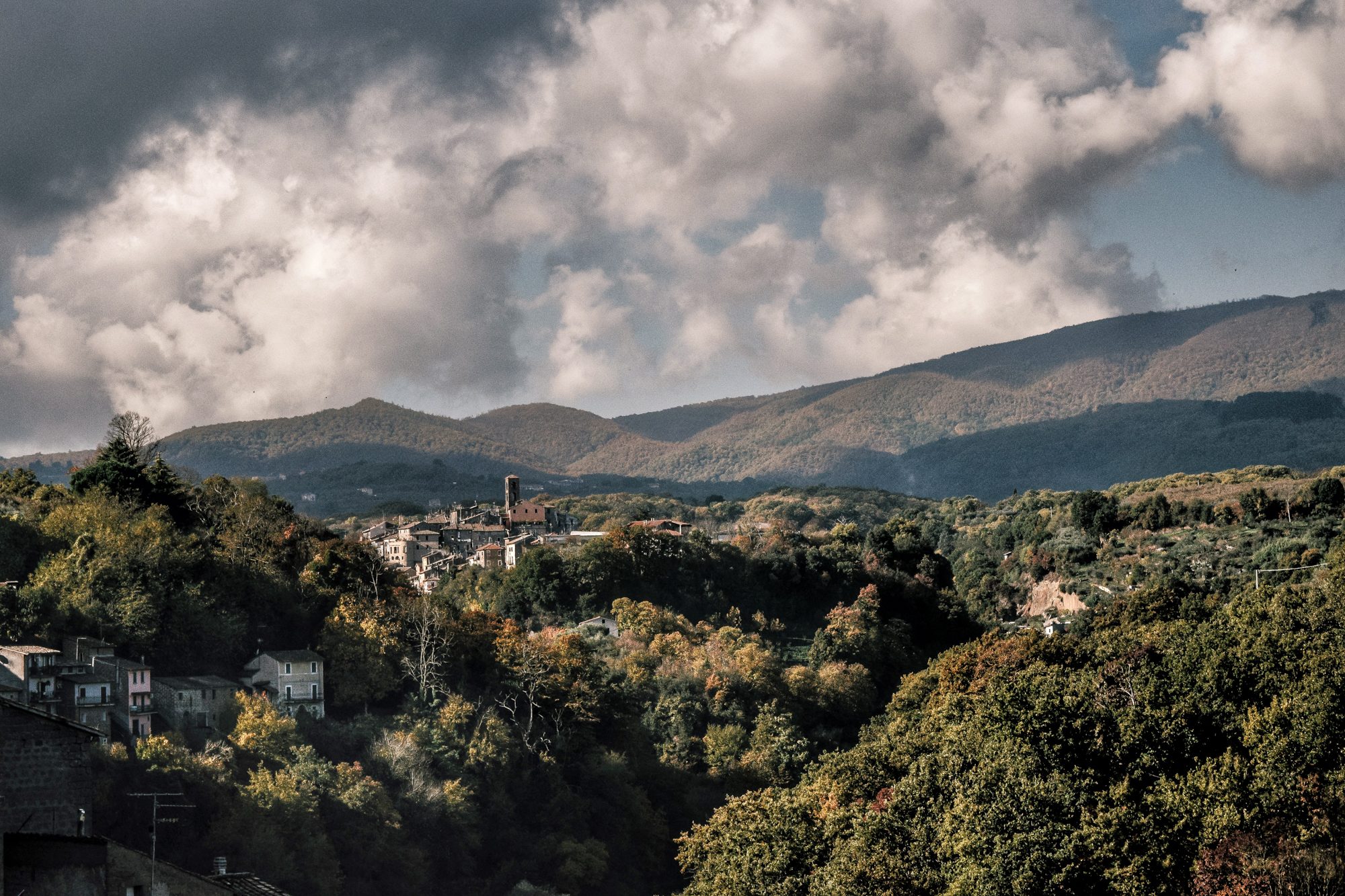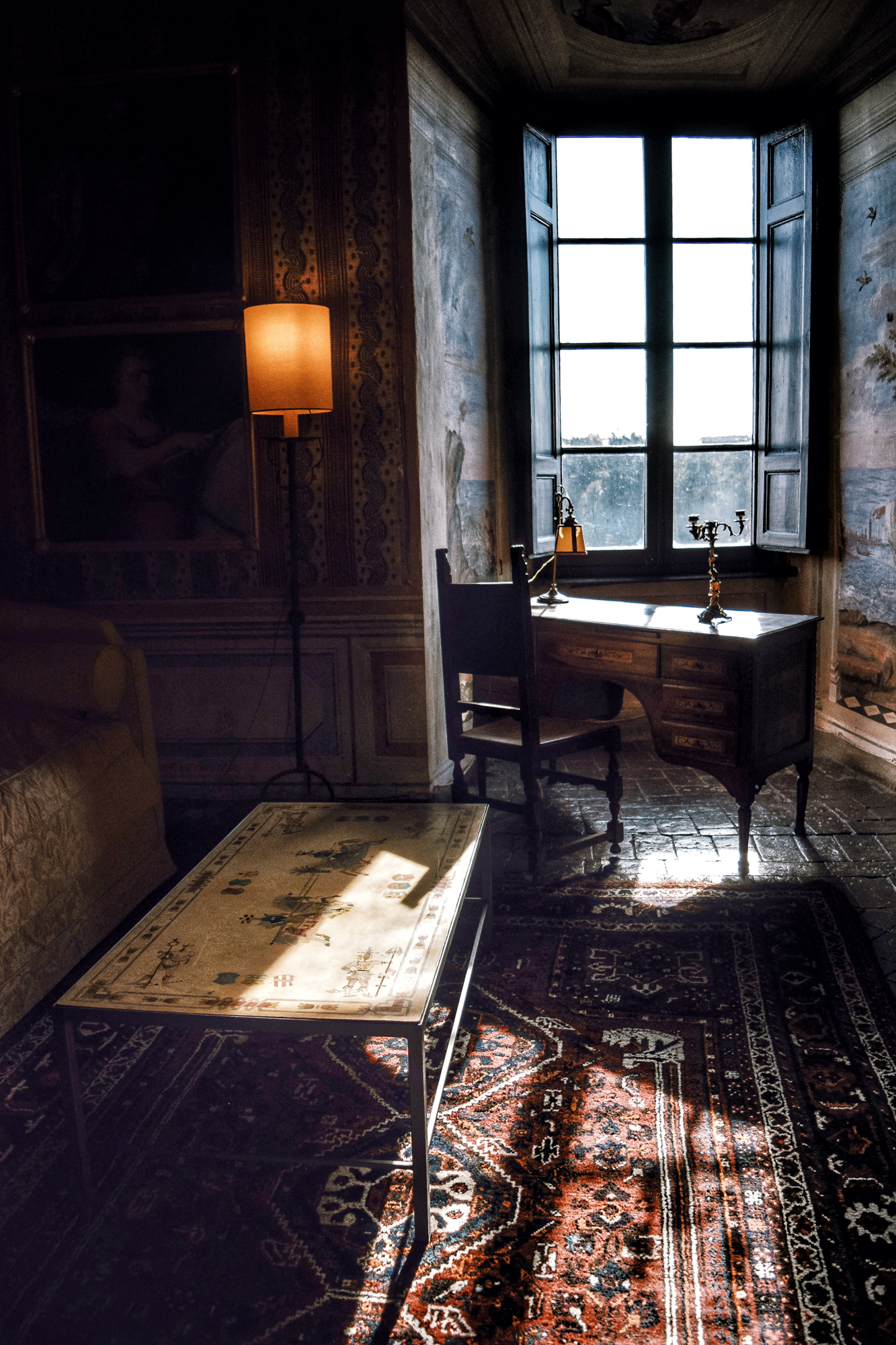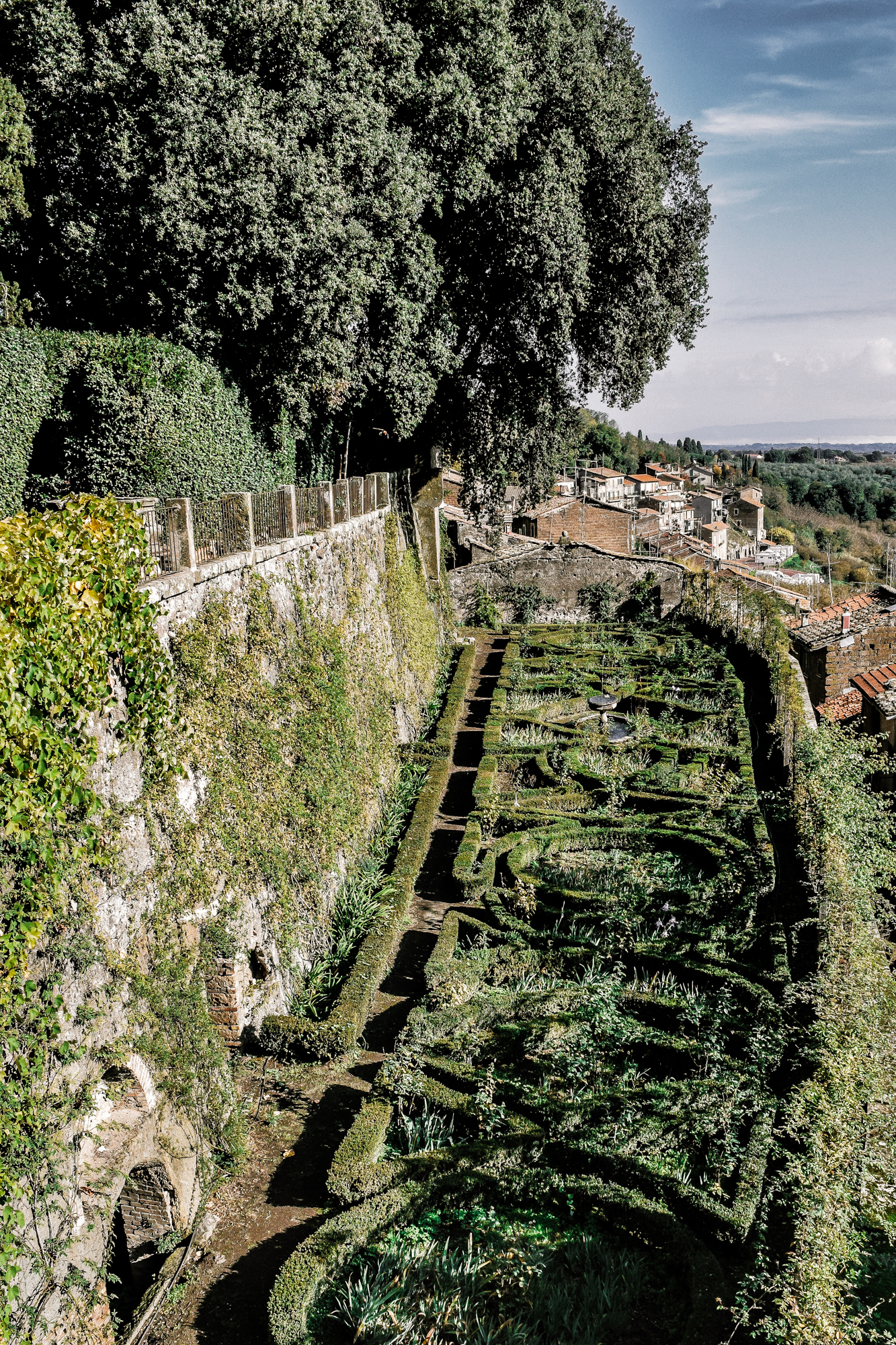Our first experience with the Italian lakes was a Lake Como painted in sepia tones by the blueless sky. We were driving more than an hour from Milan when the road opened out into mountains surrounding a cool lake shrouded in fog and autumn foliage. It was in the evening; the moonlight was turning into a sleepy haze. And as night fell, the towns lit up the lake like a string of diamonds. It was at this moment when Lake Como awoke as the bejewelled crown of Northern Italy.

VILLAS
The magic of Lake Como lies in its villas – Villa del Balbianello and Villa Monastero among others – surrounding the lake like flecks of sparkling jewels. They are emblematic of Lake Como’s opulent residents whose gardens are nothing short of spectacular. Every view is a picture made even more perfect by the varnished mahogany boats that glide from villa to town.
In the aperitivo hour (before the late Italian dinnertime), we are at Pasticceria Siciliana Vittoria for Sicilian pastries. It is here where we hide from the rain and enjoy the warmth of a sugar-dusted sfogliatelle and a cappuccino, listening to the incomprehensible conversations trickle by us as regulars come and go.


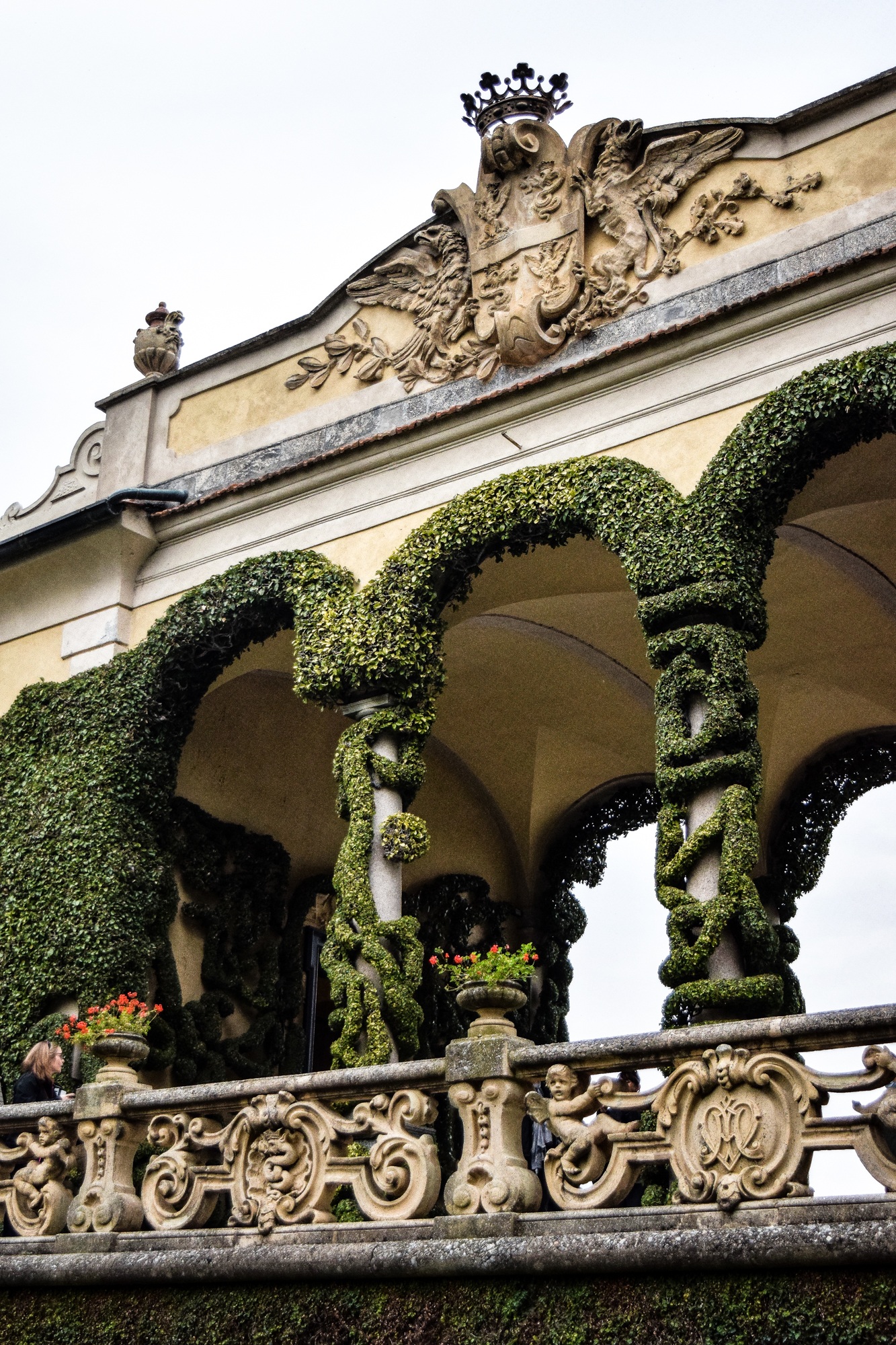
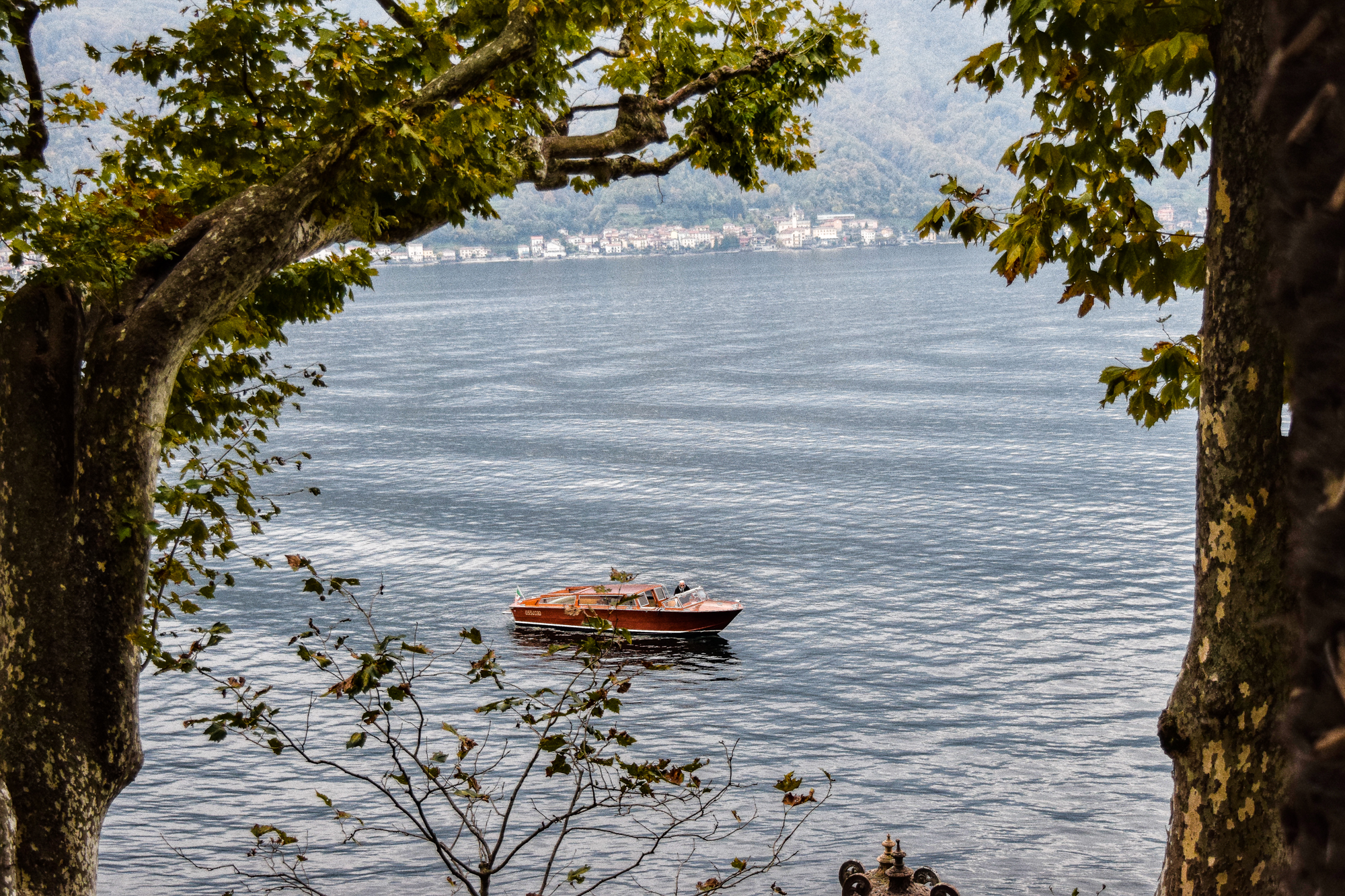
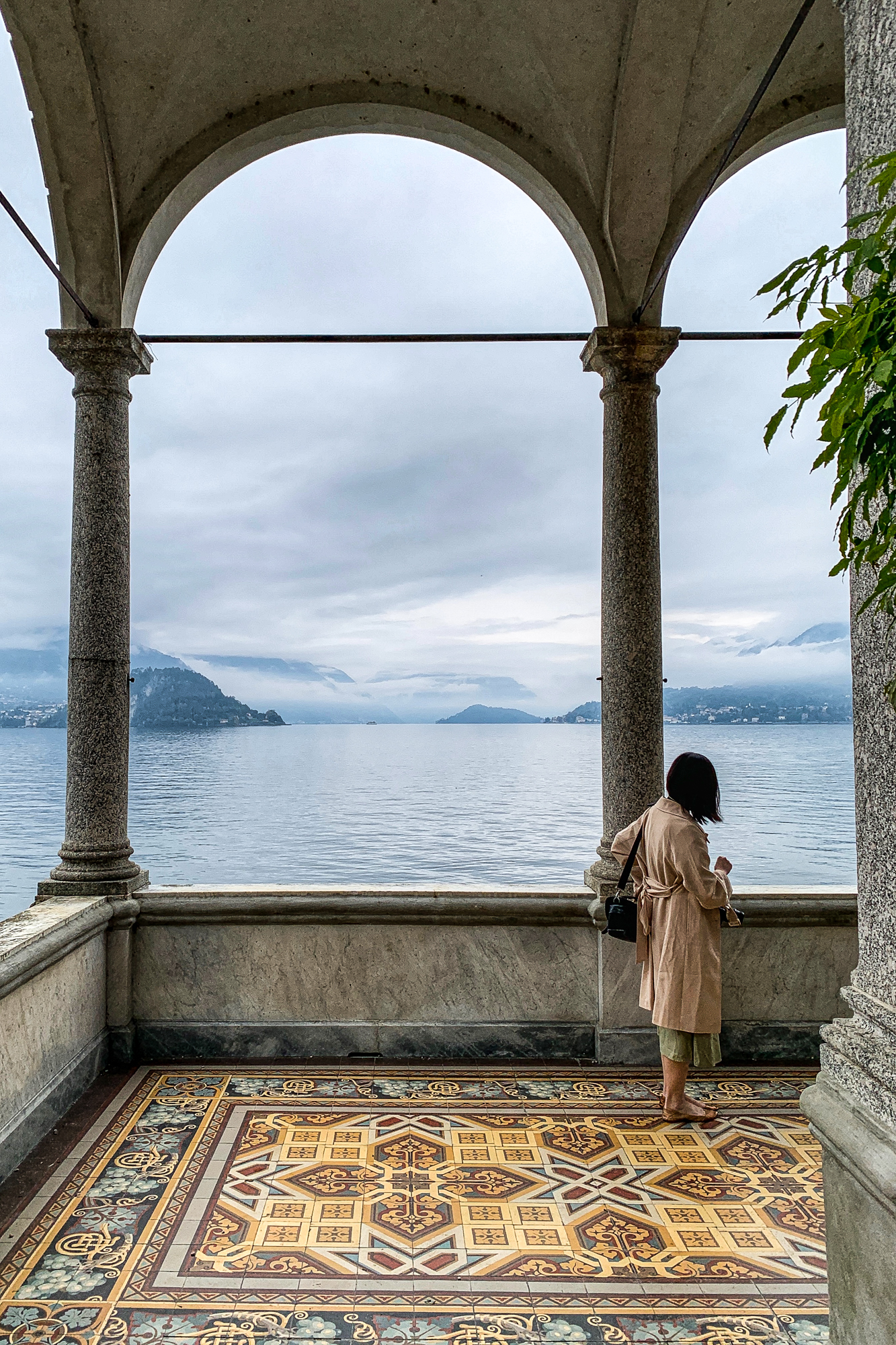

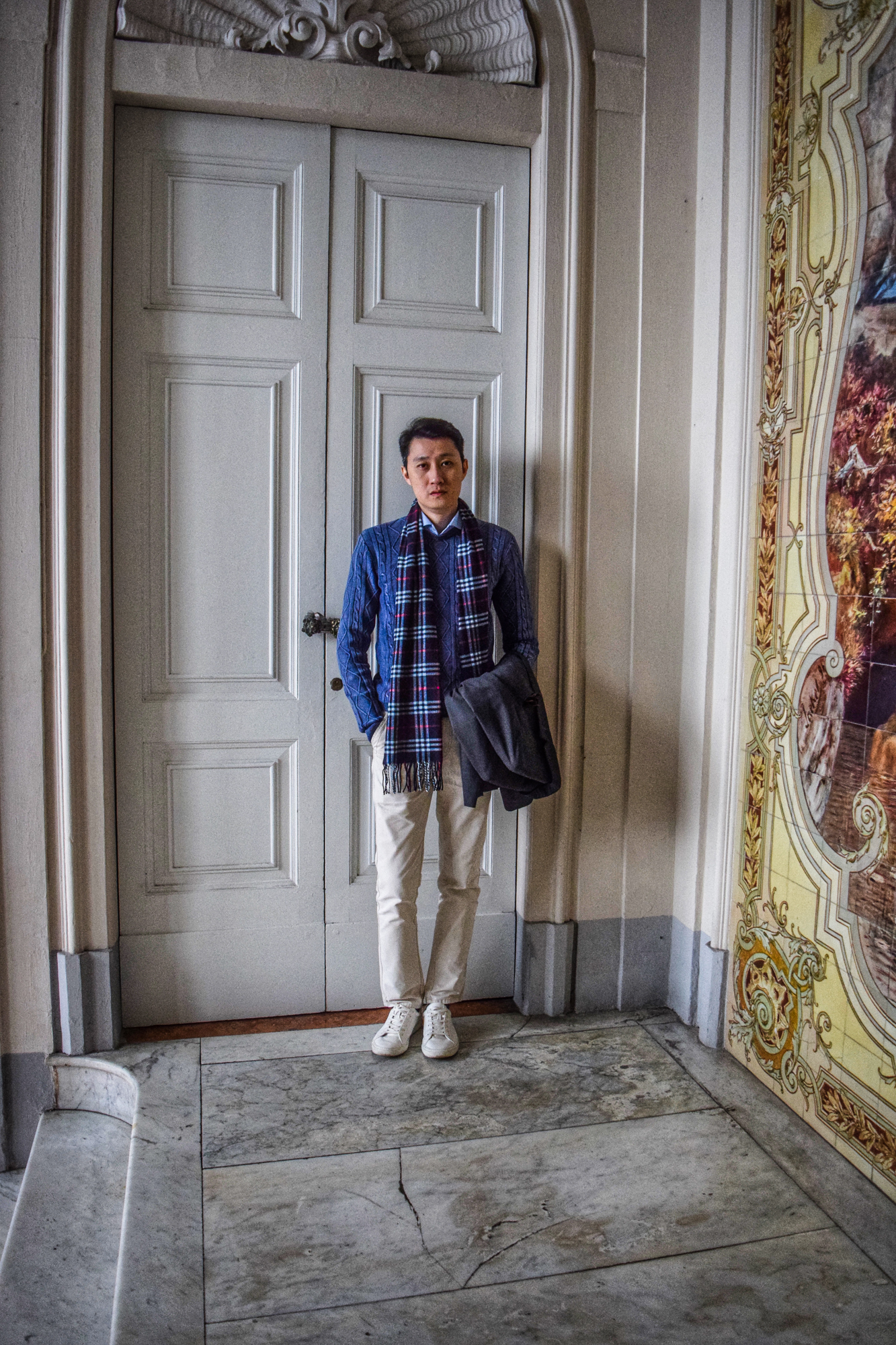
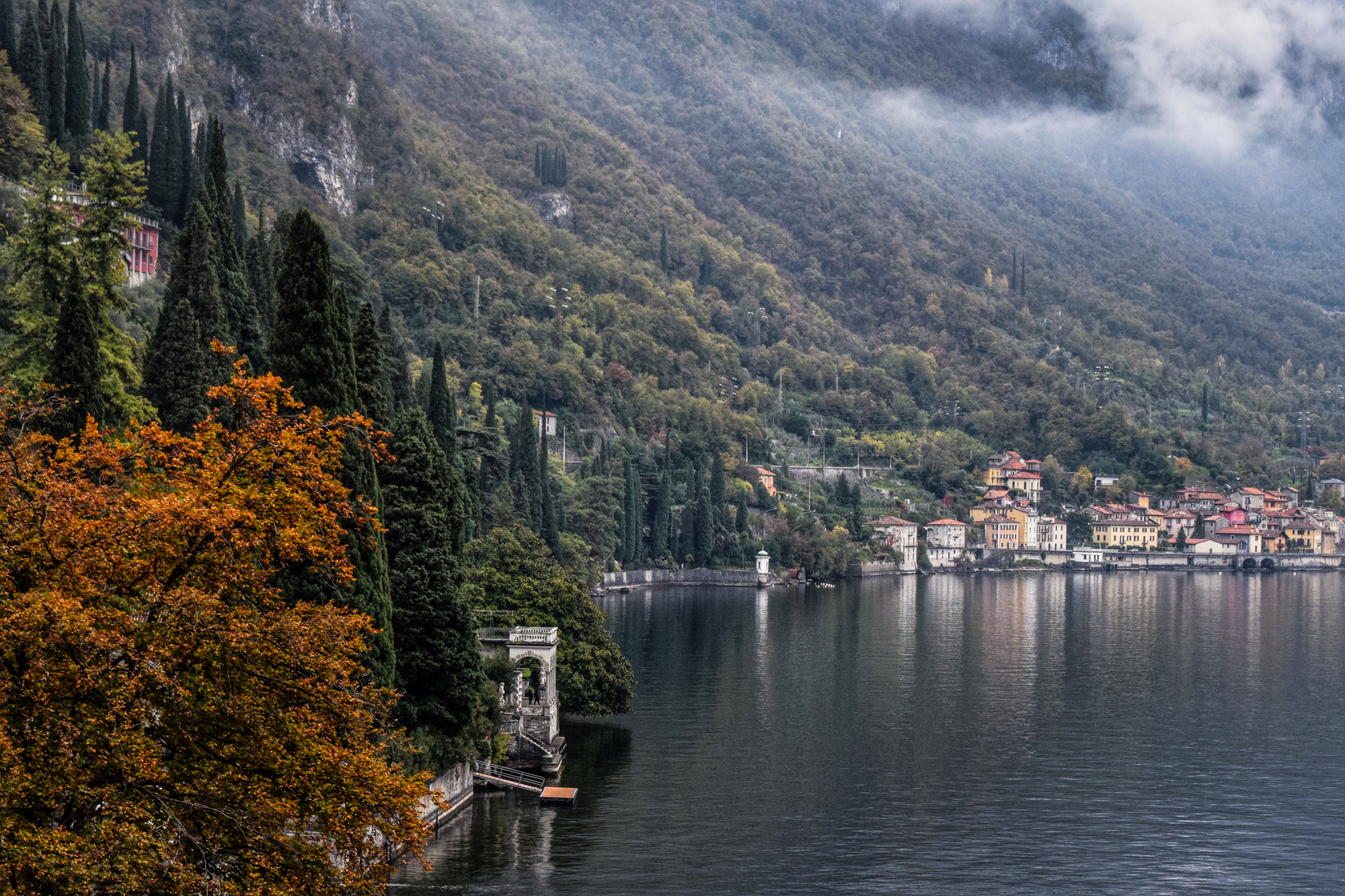
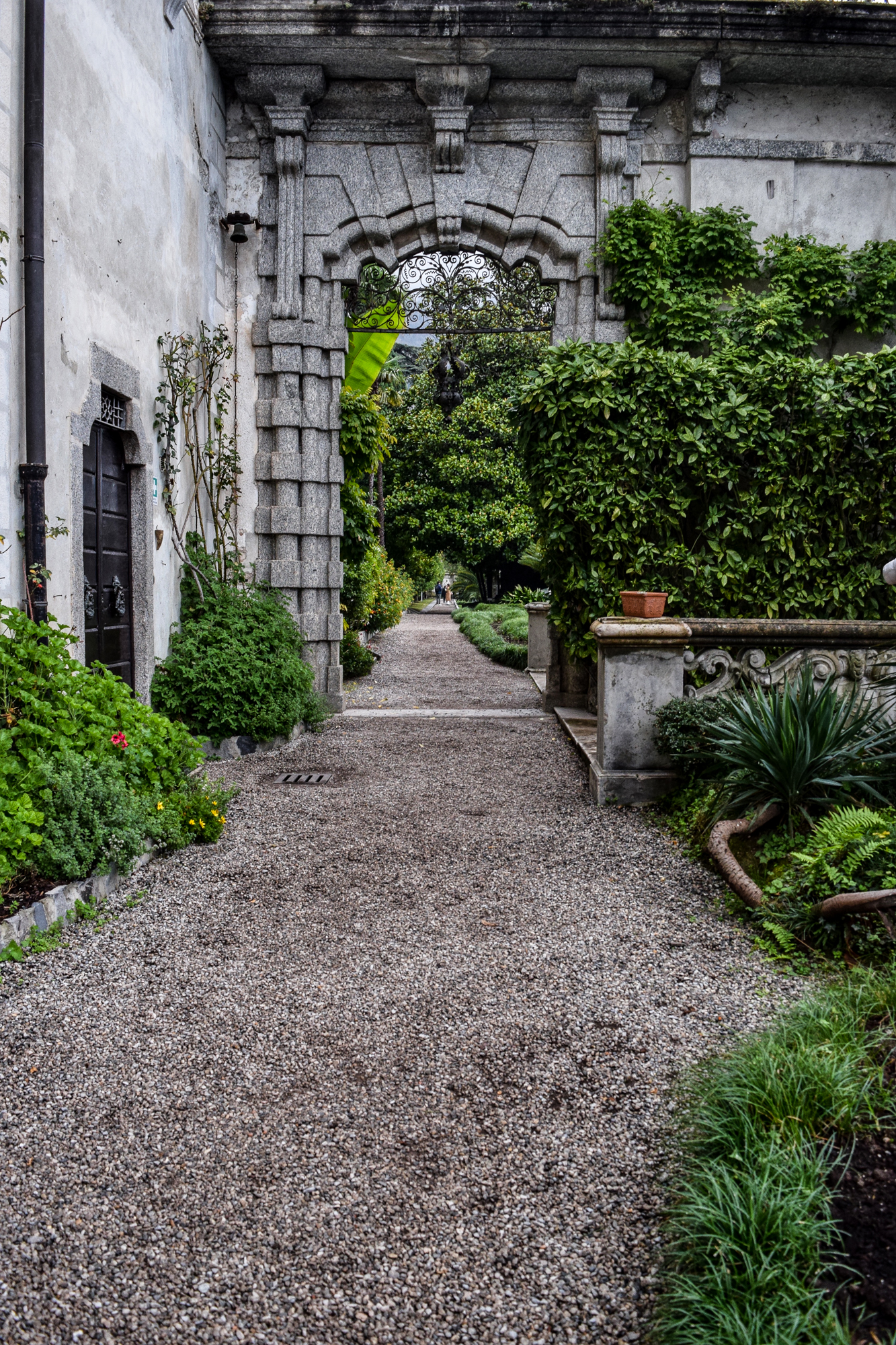
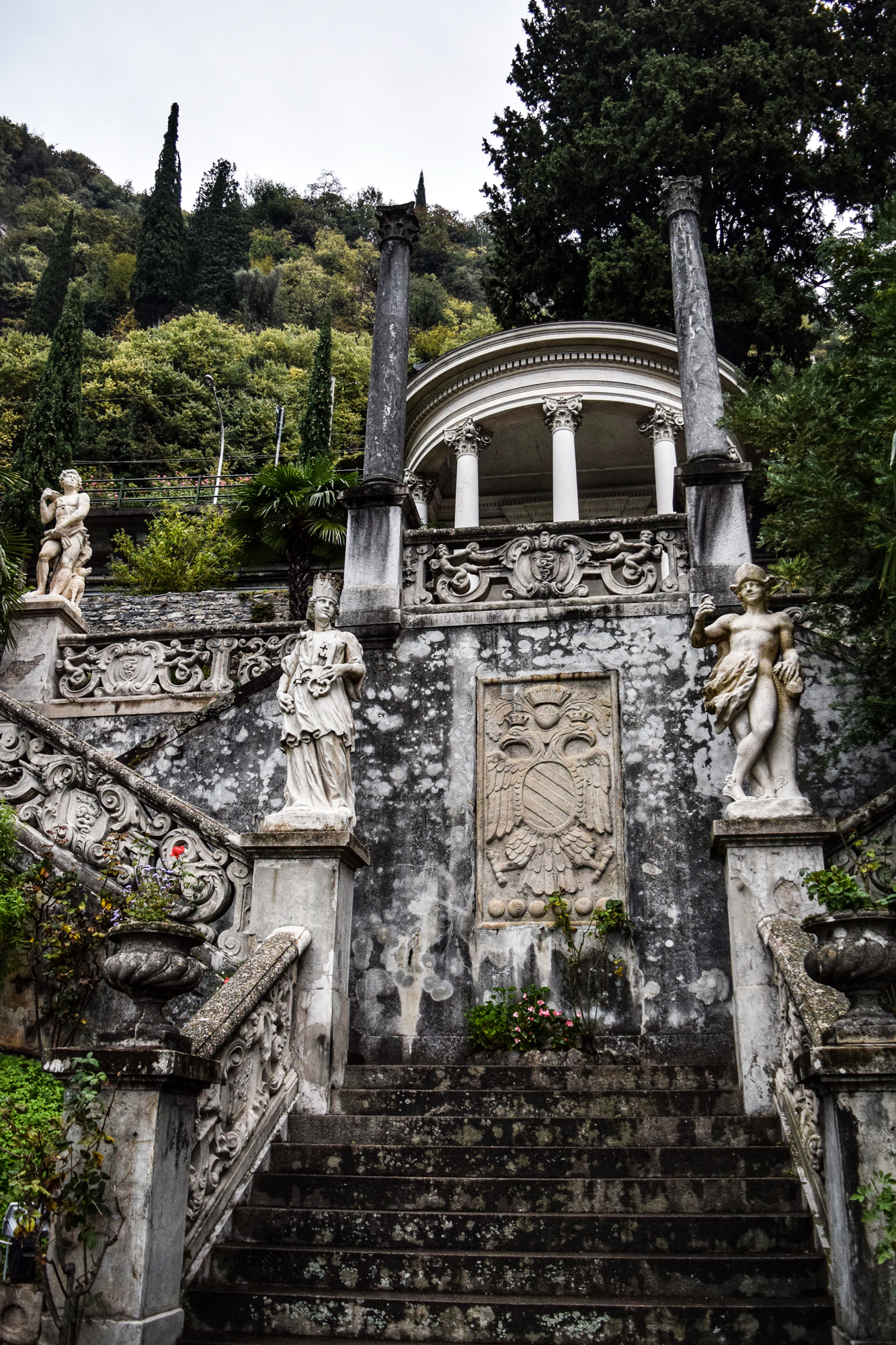
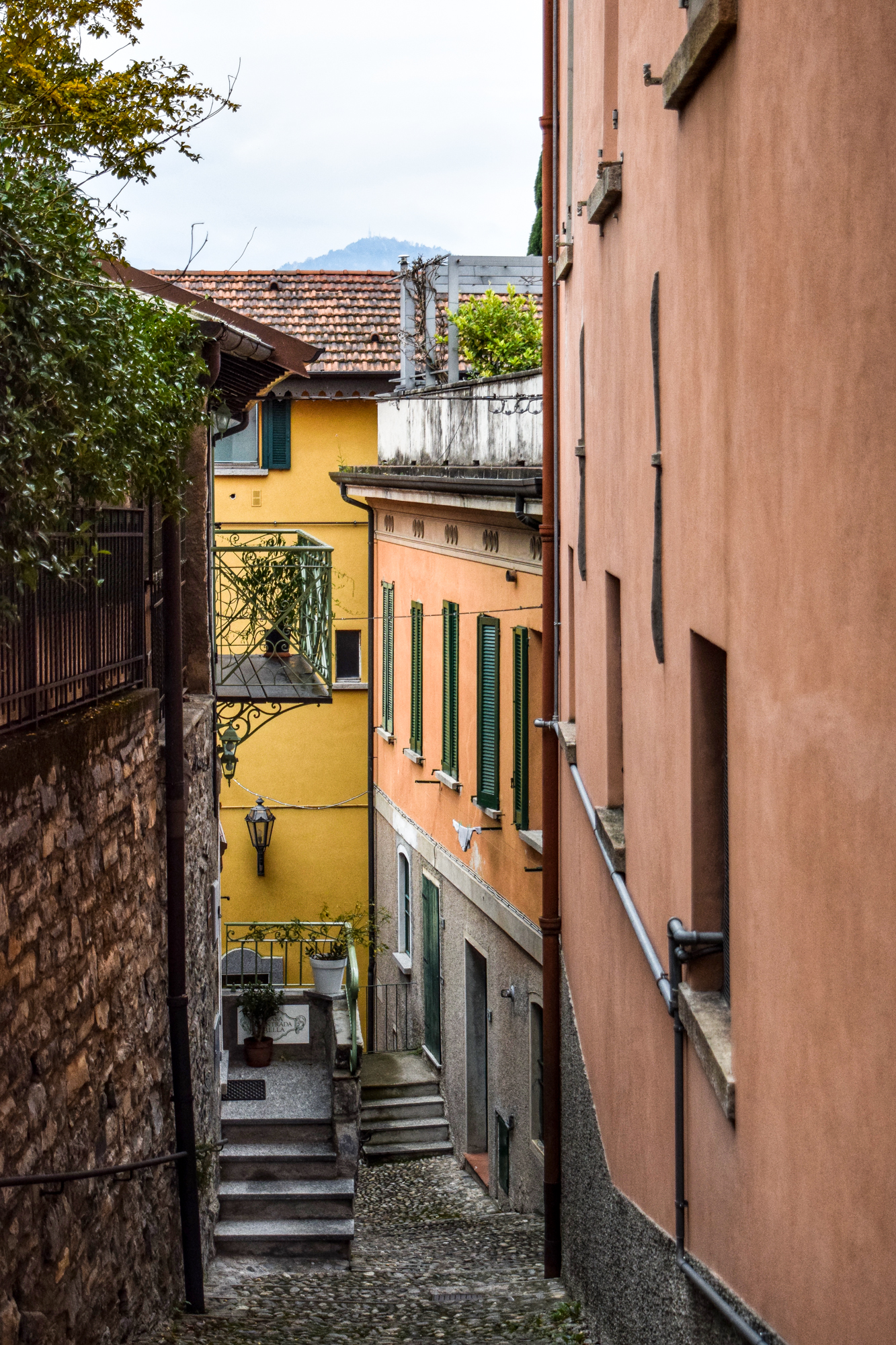
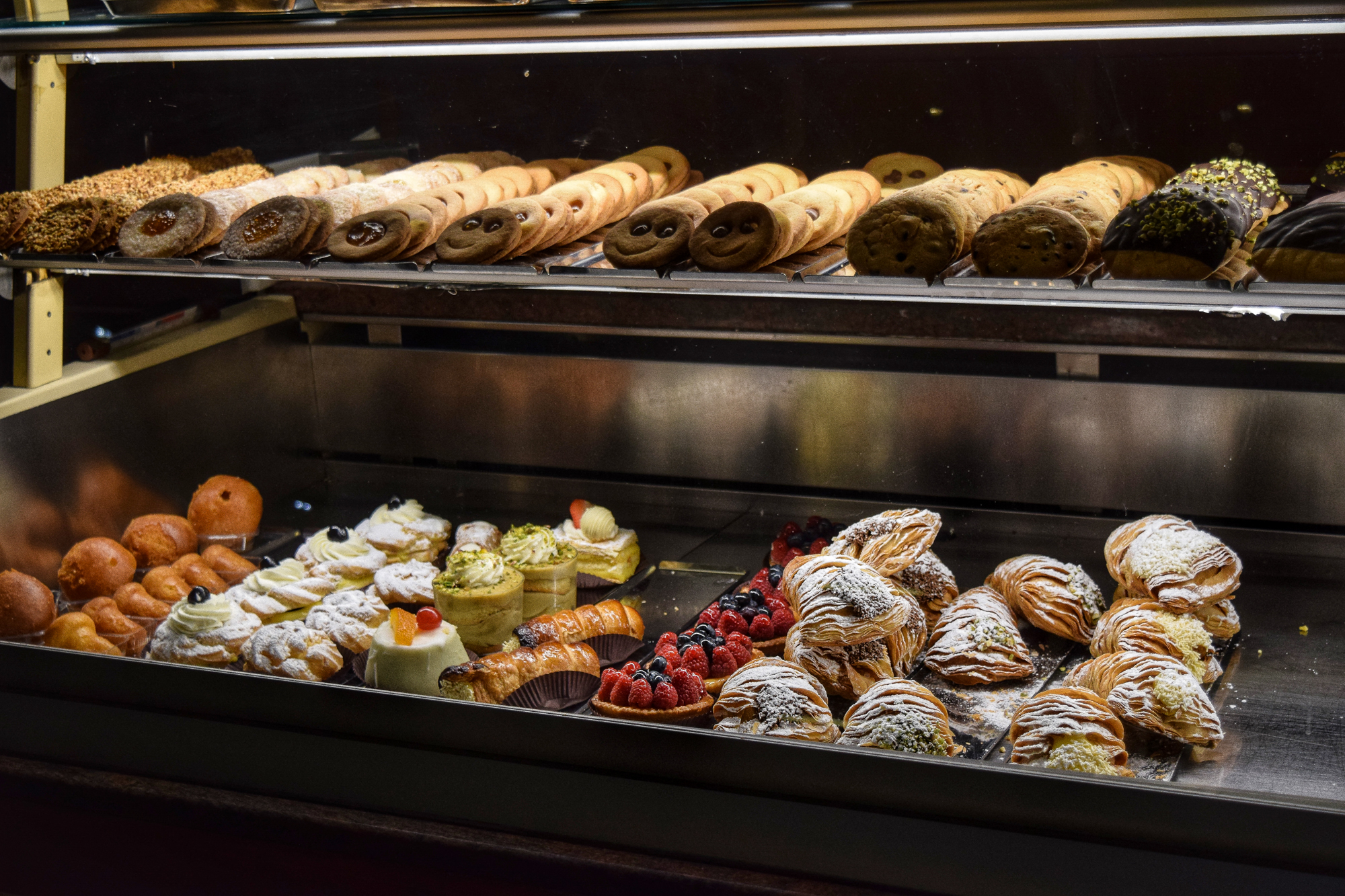
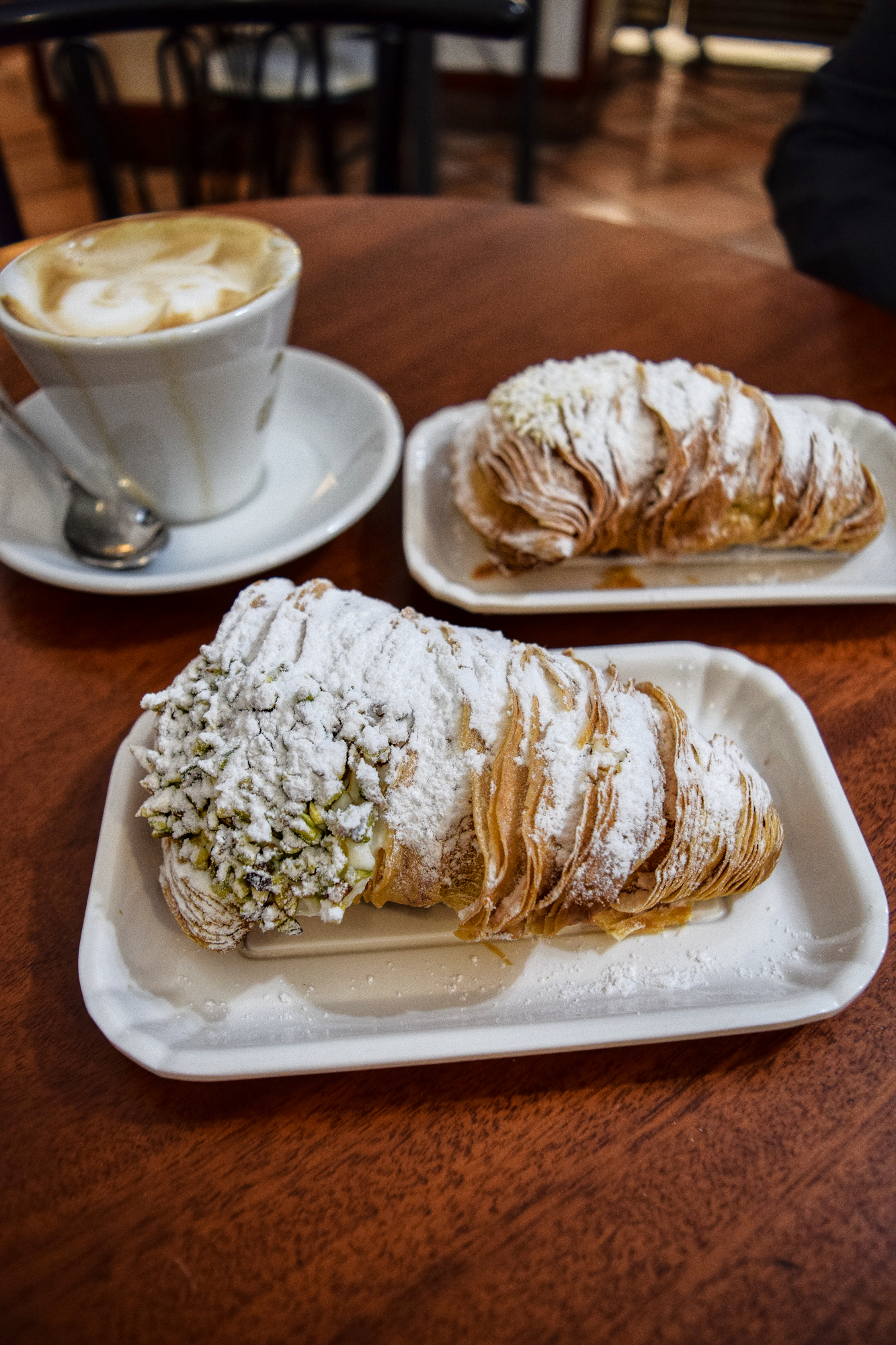
DA LUCIANO
While I love Italian food, Northern Italy always feels like a distant cousin to Mediterranean Italy. Perhaps it’s the Swiss influence. A little cream here and there. But Da Luciano feels very much like an Italian place. A butcher shop turned bar and cafe run by a family. In the macelleria, Luciano is preparing the meats and cheeses. His sons, Andrea and Alessandro, are serving small plates of sliced roast veal, meatballs and charcuterie to the tables where there are glasses of spritz and a view of the lake. There is no fixed menu so Andrea tells you the dishes available for the day. The meats are cured or lightly seasoned with olive oil. No complicated flavours, just simple ones. We find ourselves returning again and again to this little macelleria-cafe, mostly for another plate of veal drizzled with olive oil.
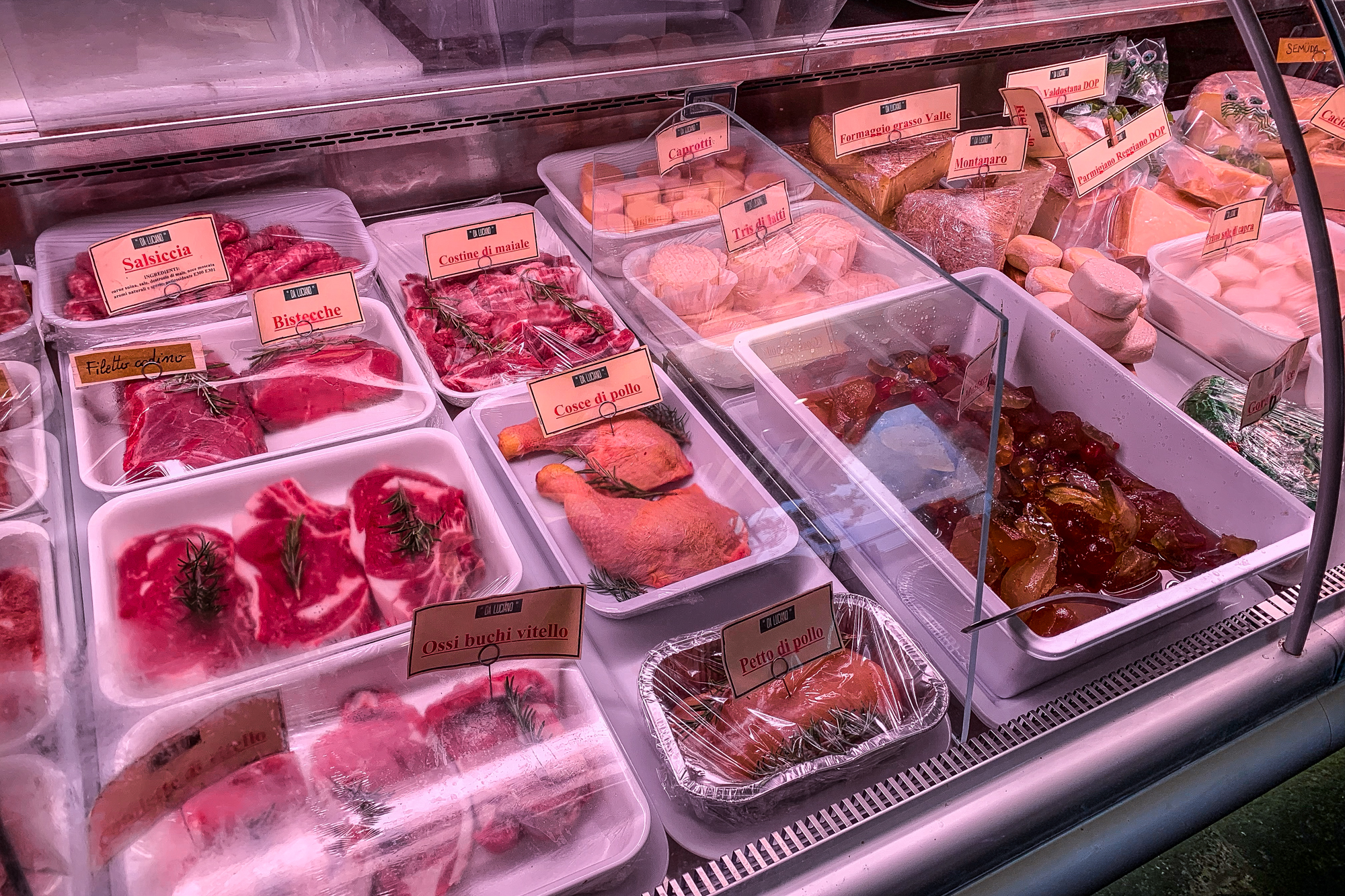

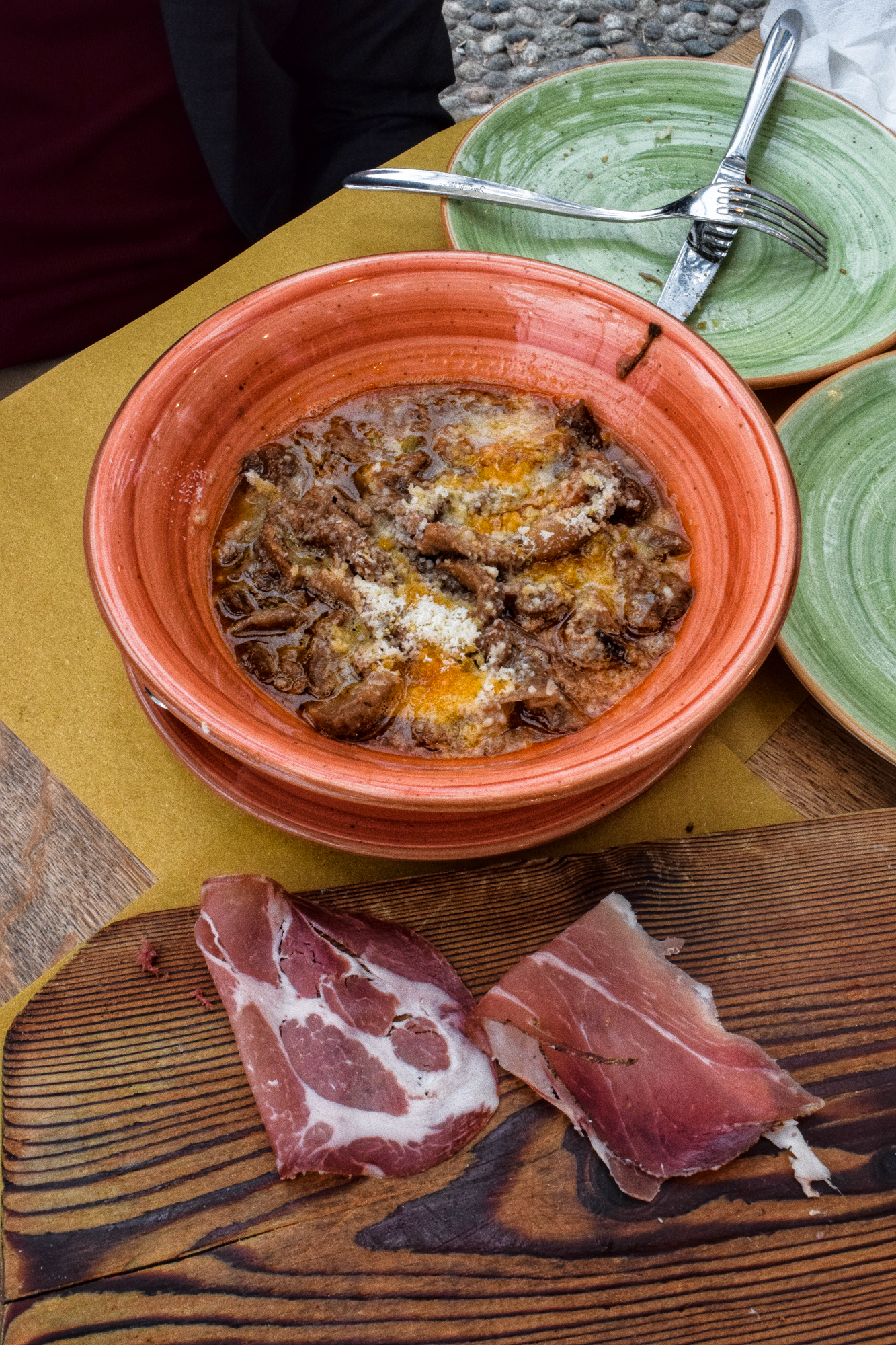
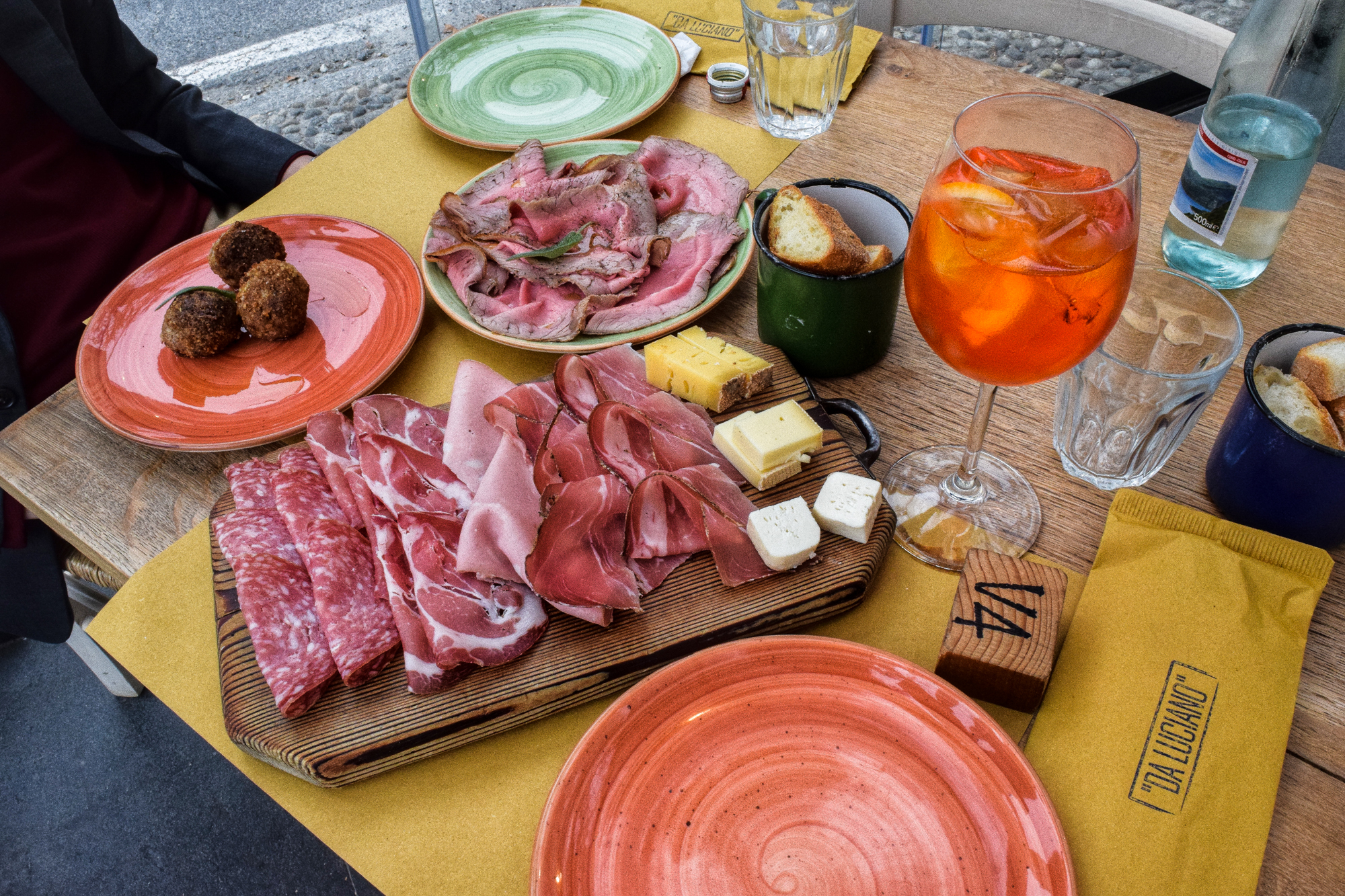
VILLA CARLOTTA
When the rain clouds have dispersed, the sun turns a light on in Lake Como. From the second floor of the Villa Carlotta, the alps are in full view, adding a touch of drama to the lake like the opera music at the Teatro alla Scala. Under the warmth of the autumn sun, we have lasagne and cannelloni at Menaggio. Having finished my cannelloni, I find it impossible to eat another bite so I tell Roy, “You have to take care of the bread.” As always, Roy responds with “My pleasure” and he scoops up the remaining sauce with the bread and eats it with nothing less than that.
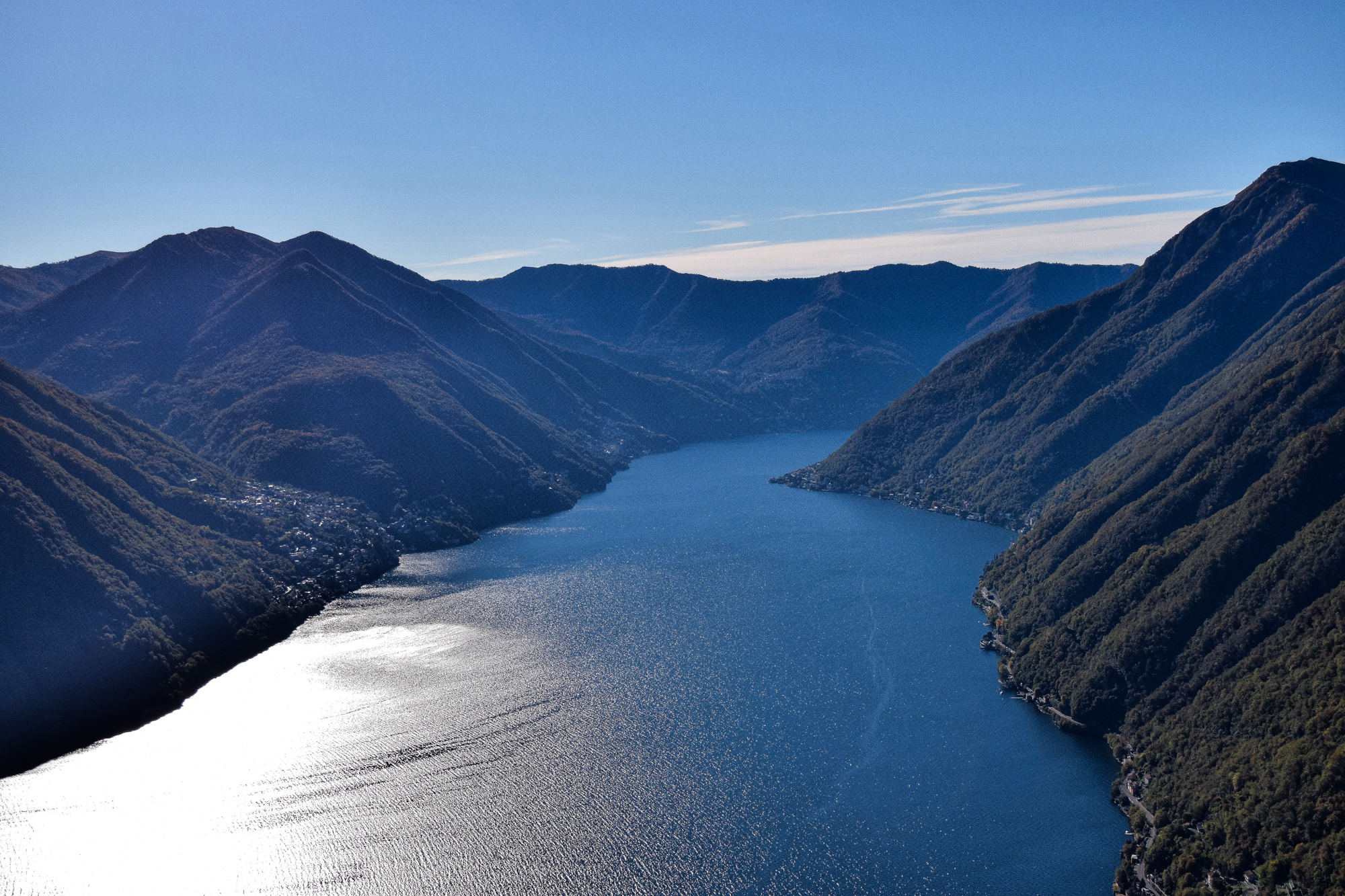
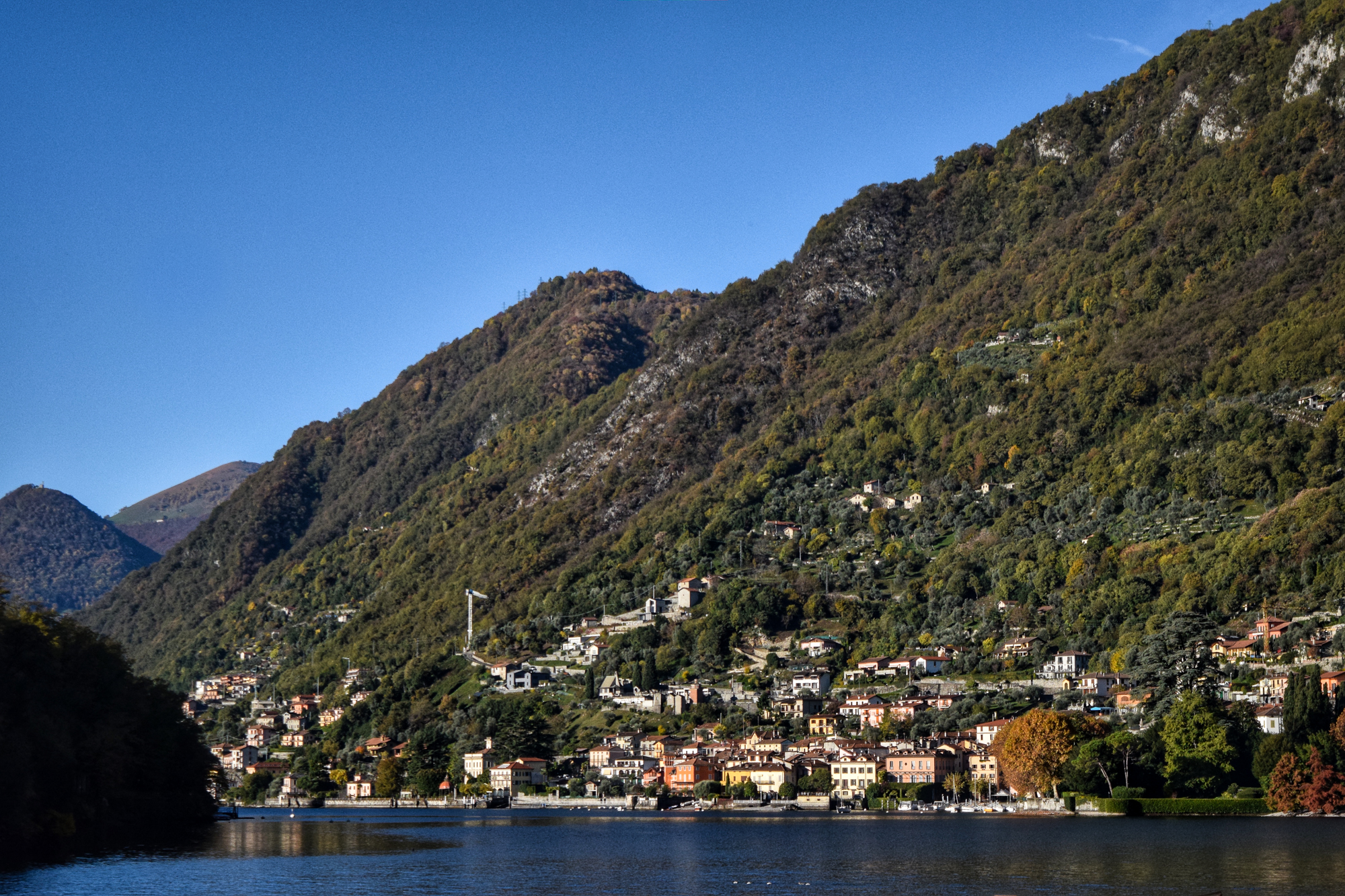


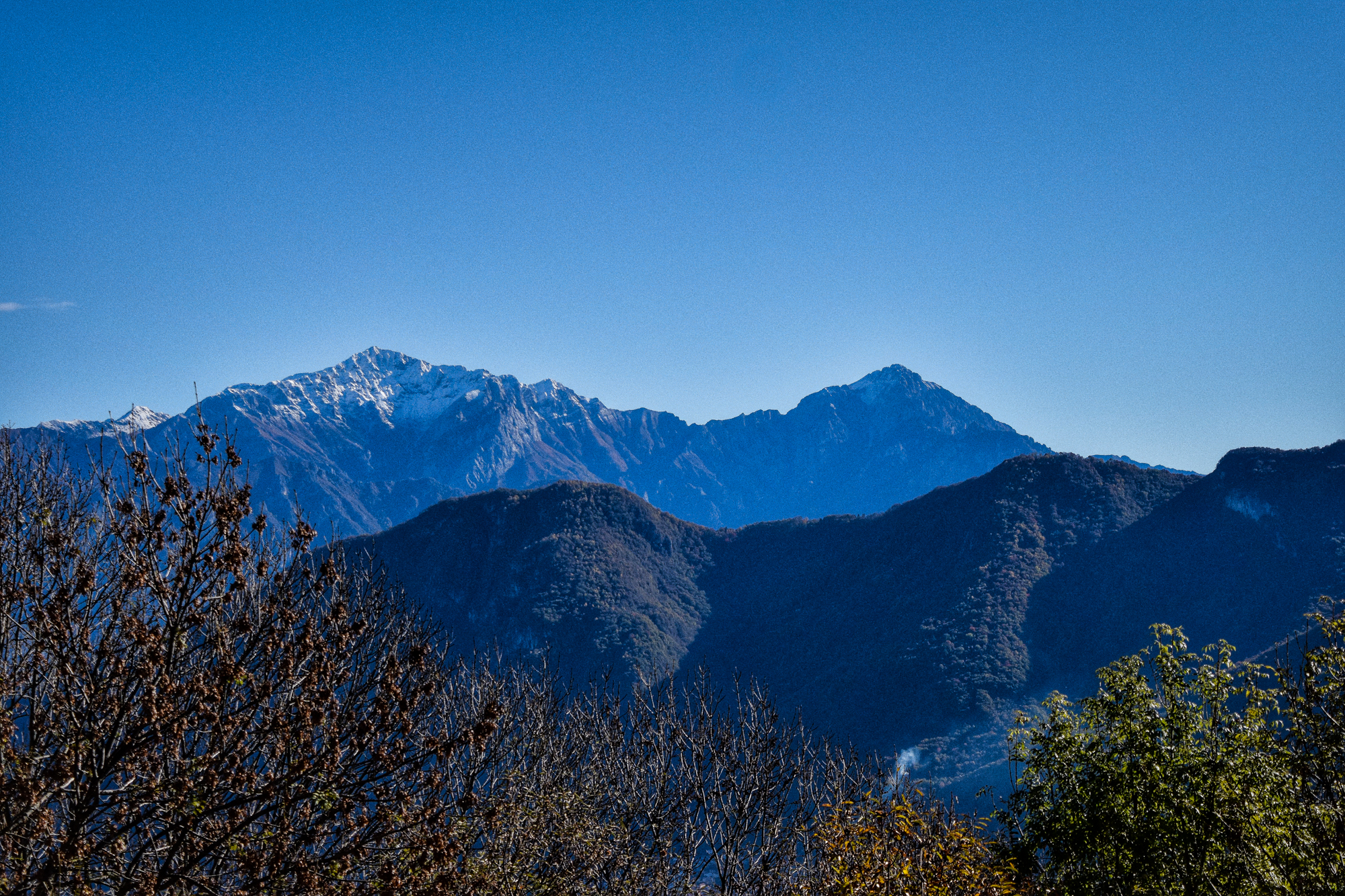



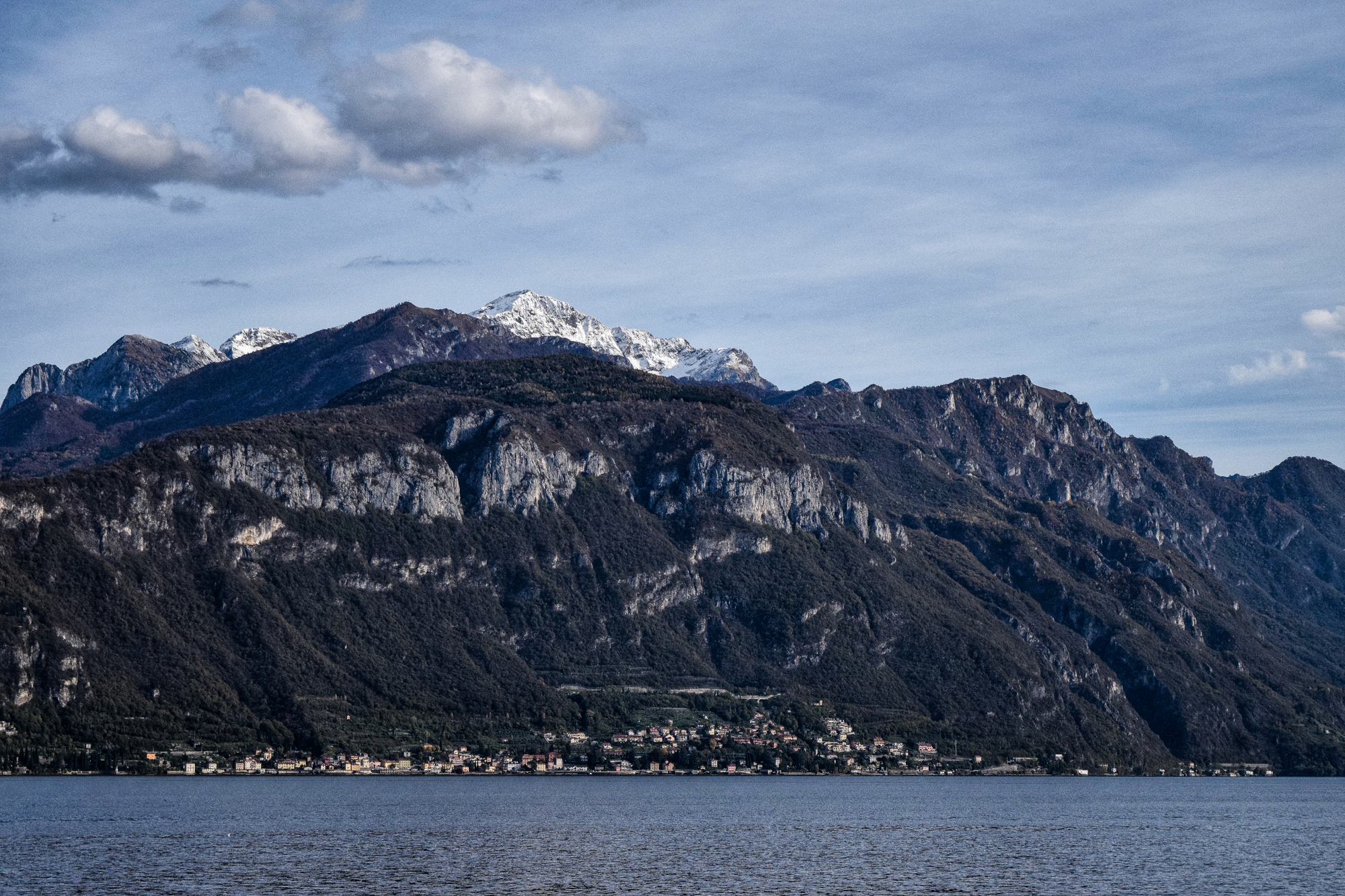
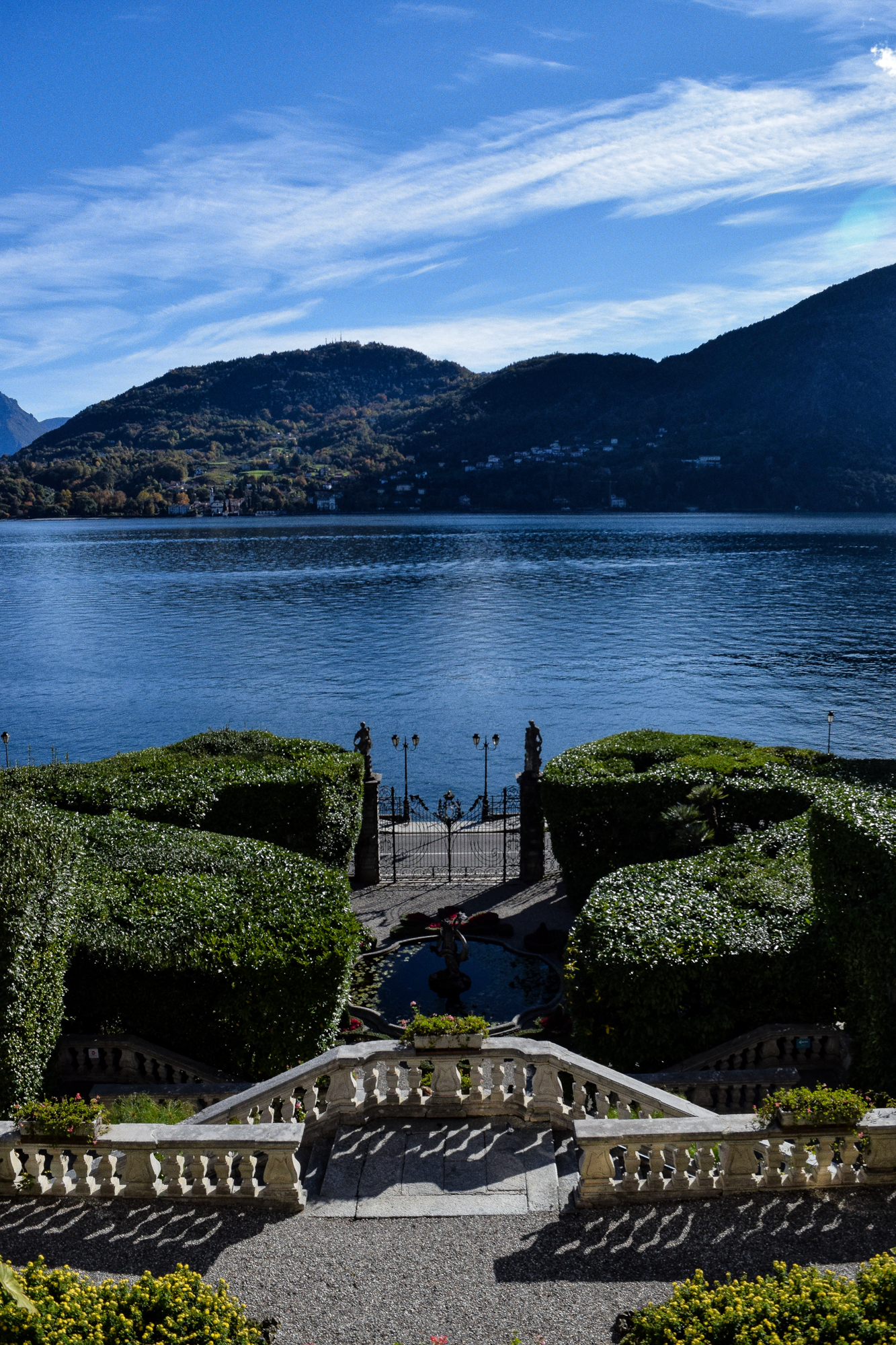
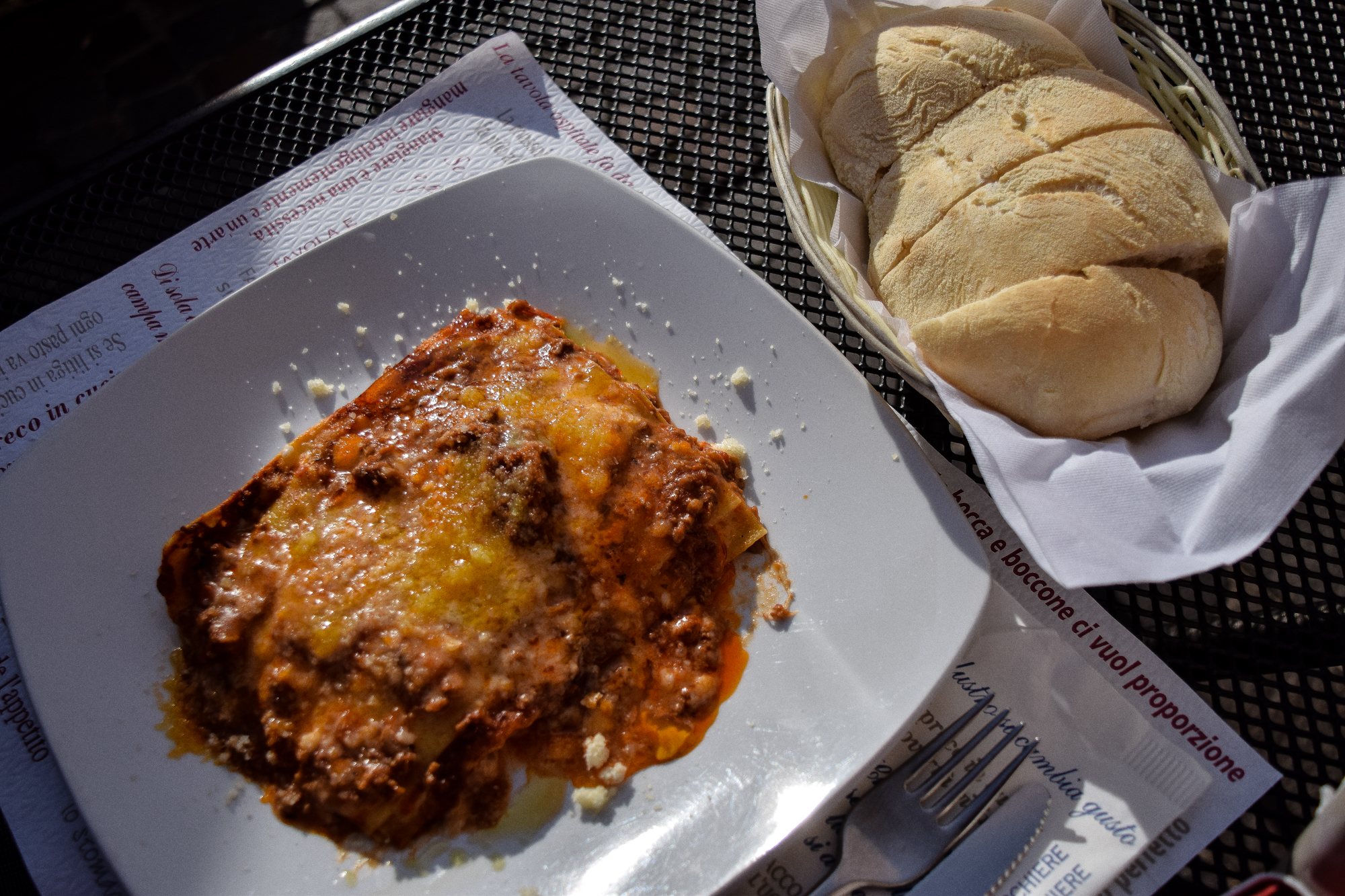
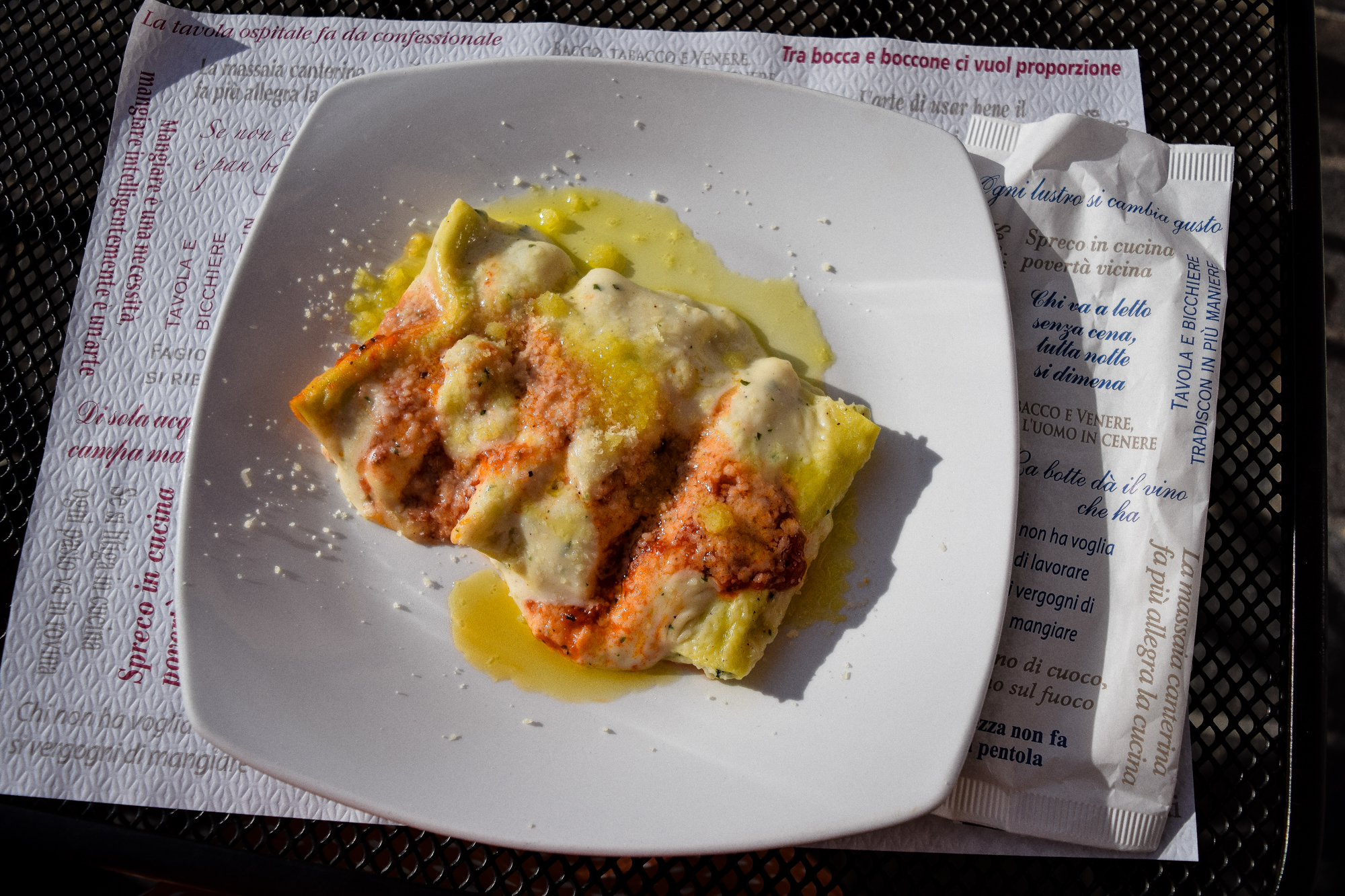
L’ORA DELLA PASTA
I call L’Ora della Pasta the Italian fast pasta place. There are trays of pasta in all shapes and colours on display at the counter. You choose a pasta and the server scoops a sauce (tomato or pesto) over it in a paper plate. “All homemade,” the server makes it a point to say. I always say that a good plate of pasta does not have to be expensive. At least not in Italy.
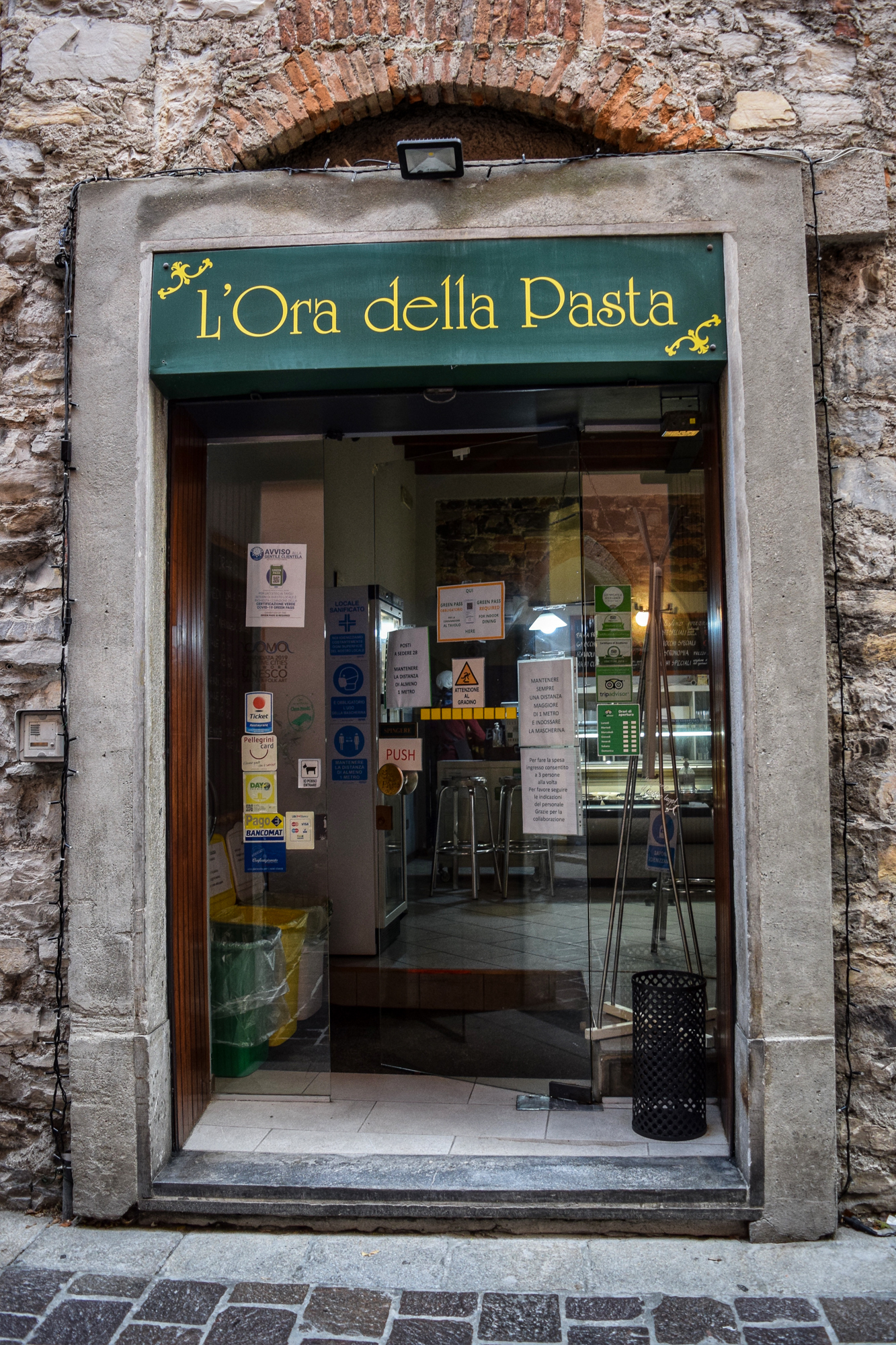
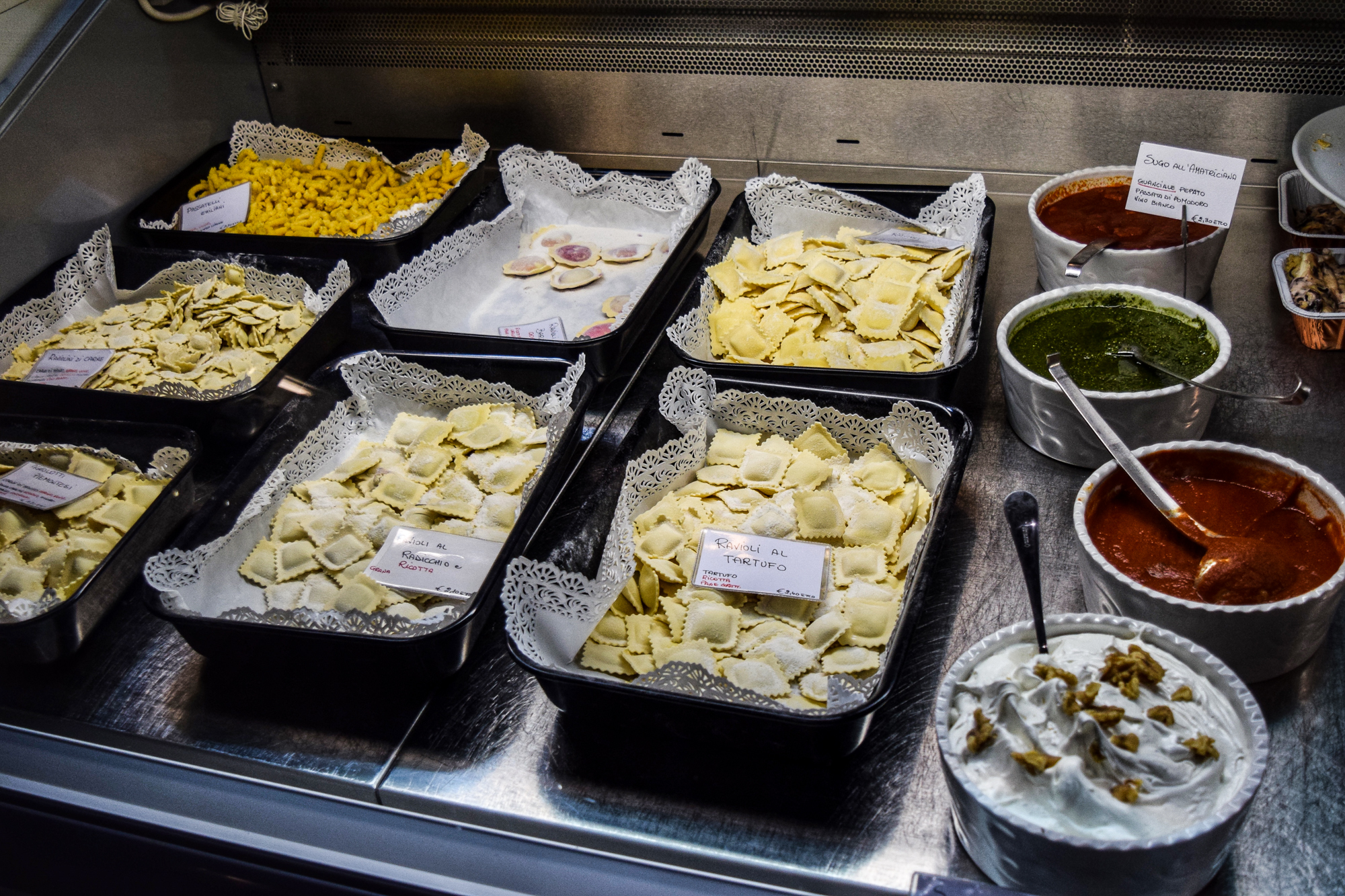
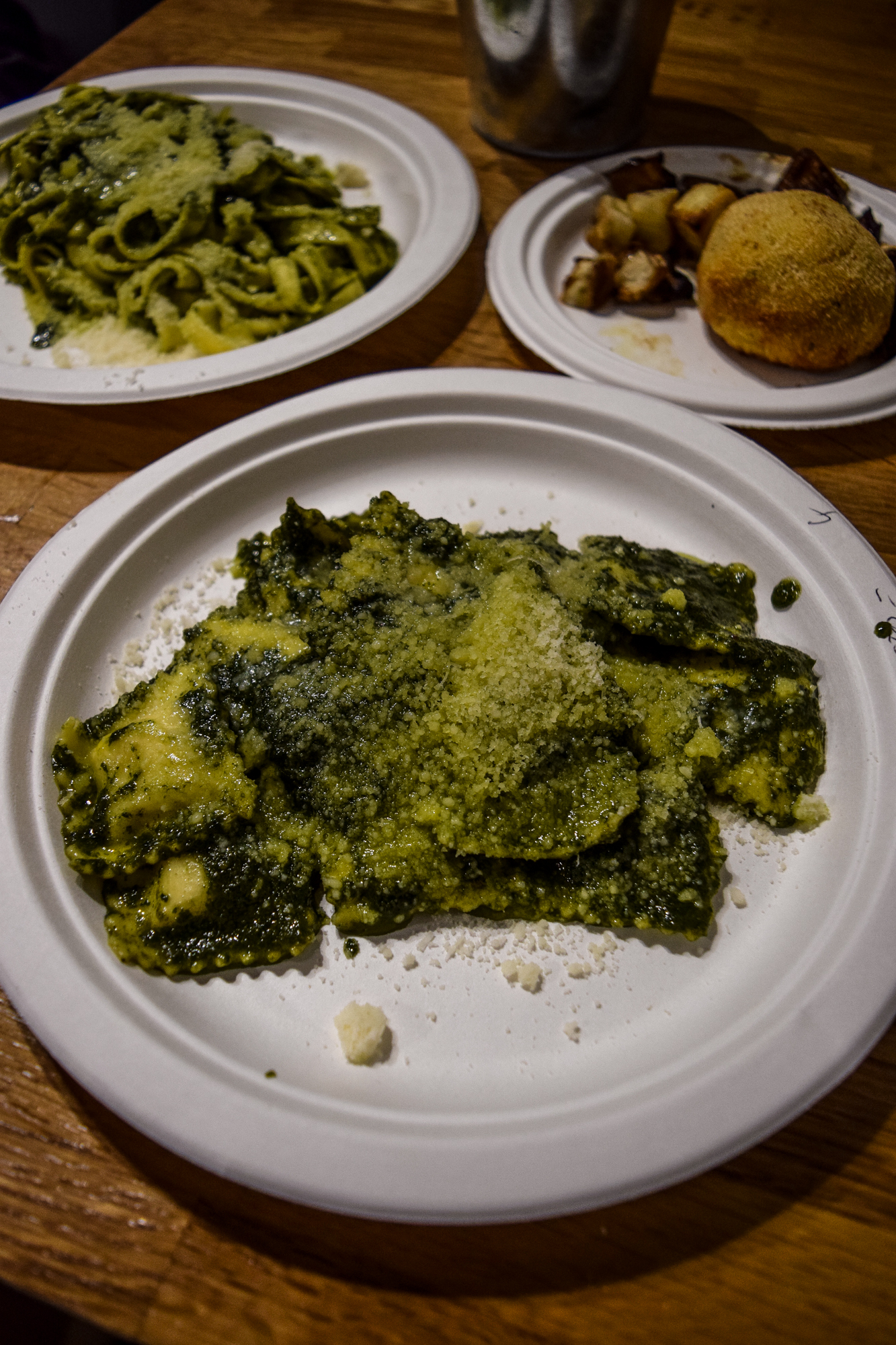
VILLA D’ESTE
In Cernobbio, the beautiful Canova Bar resides in the Villa d’Este. Here, we defy the social etiquette of the bar by ordering a tea and blueberry juice instead of a cocktail. After all, being in Italy means breaking a few rules. And it was a really good blueberry juice, as the waiter assures me, “It’s the freshest you will ever taste.” But we didn’t come to the hotel for a juice; we are here because of the ambience. The grand view of the lake from the terrace. A walk around the breathtaking garden.
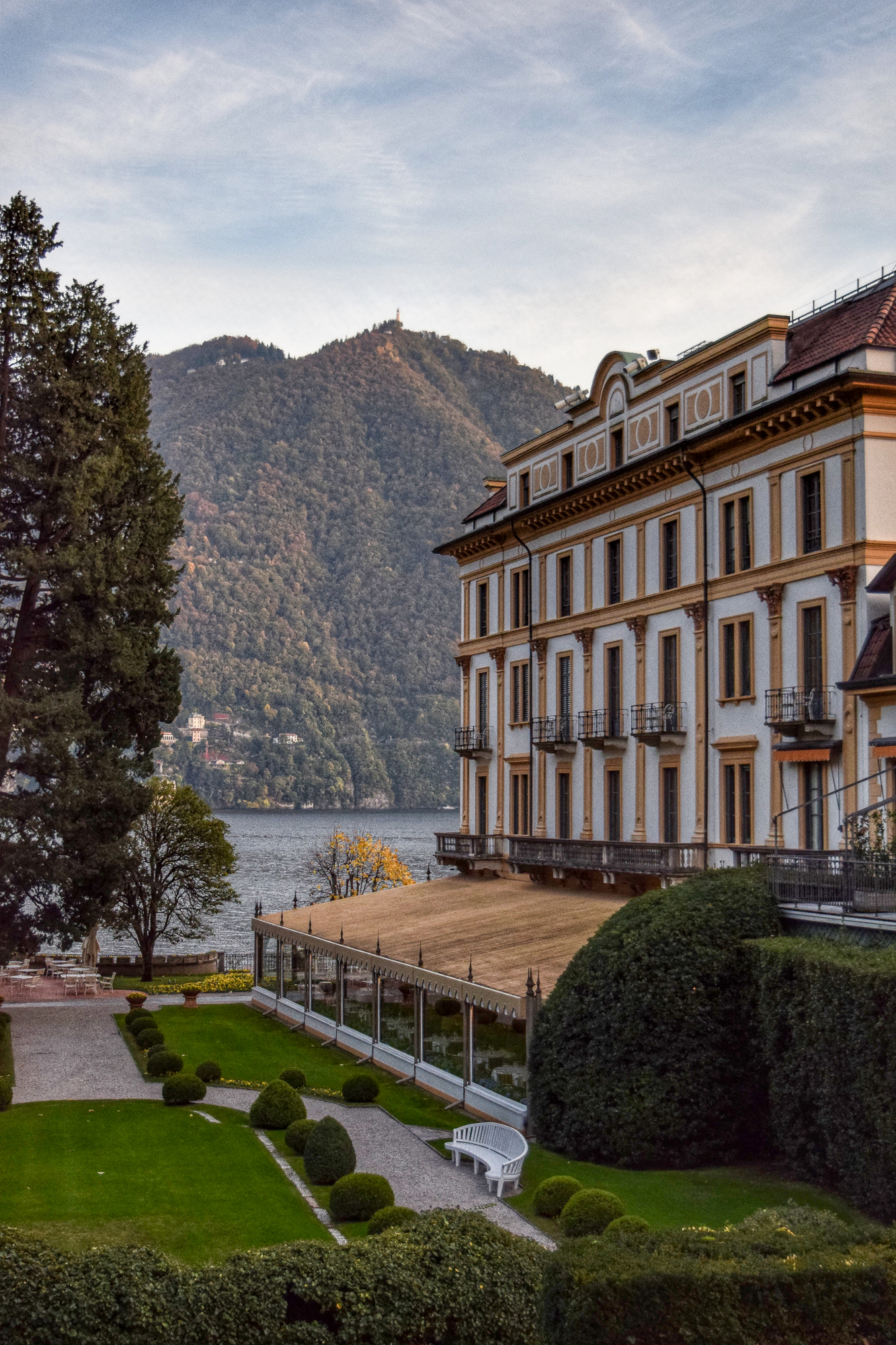
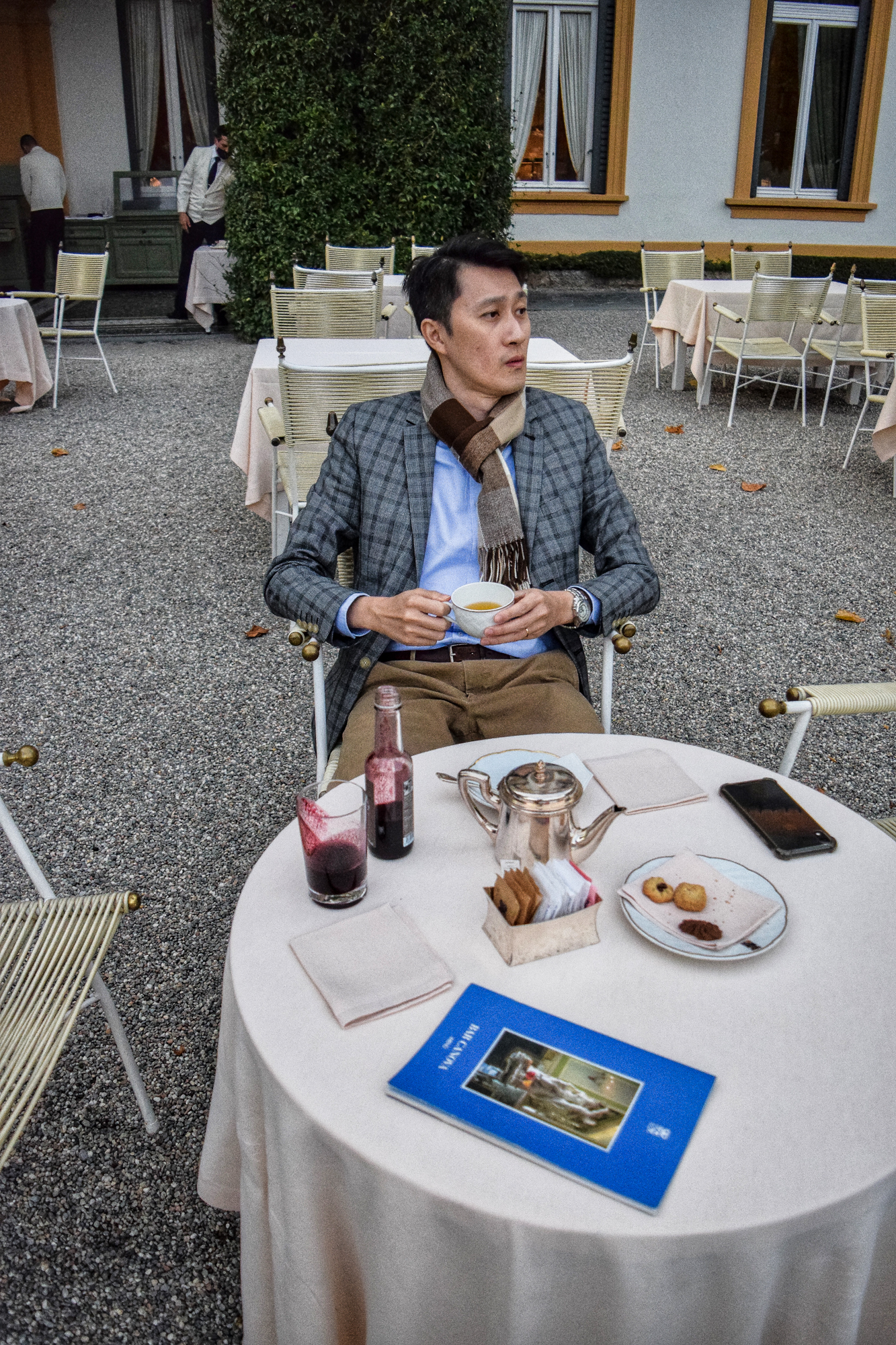
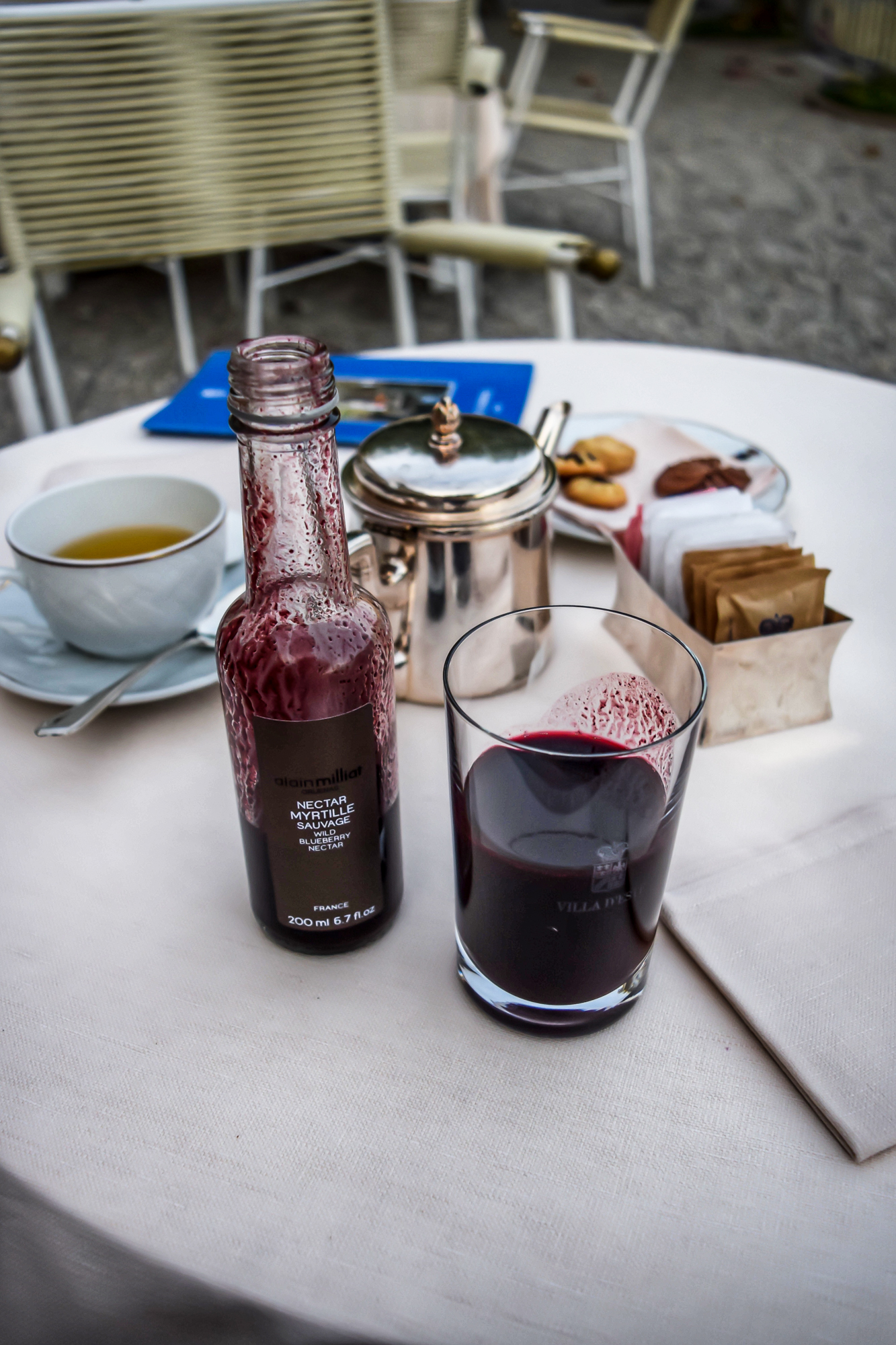

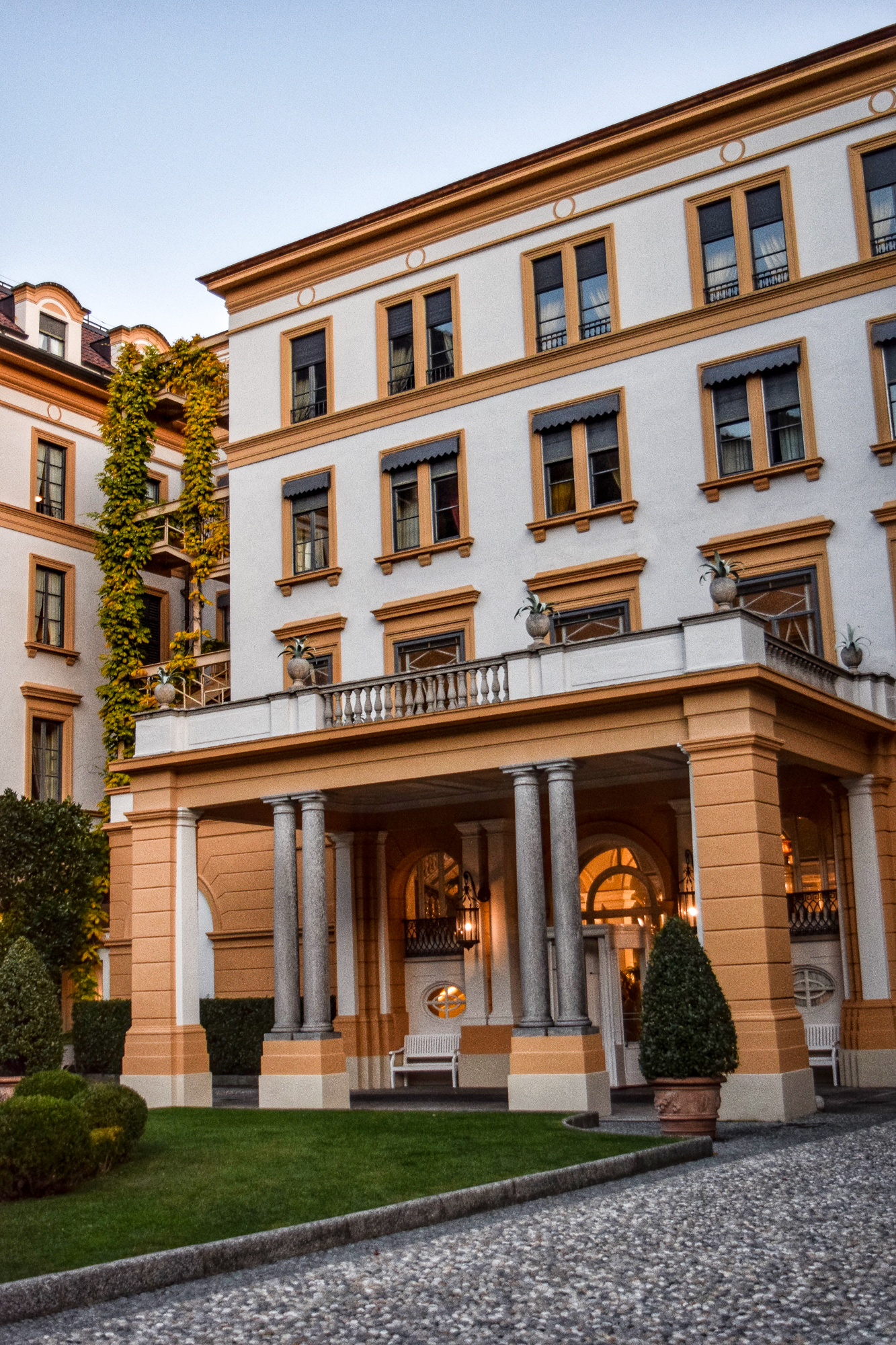
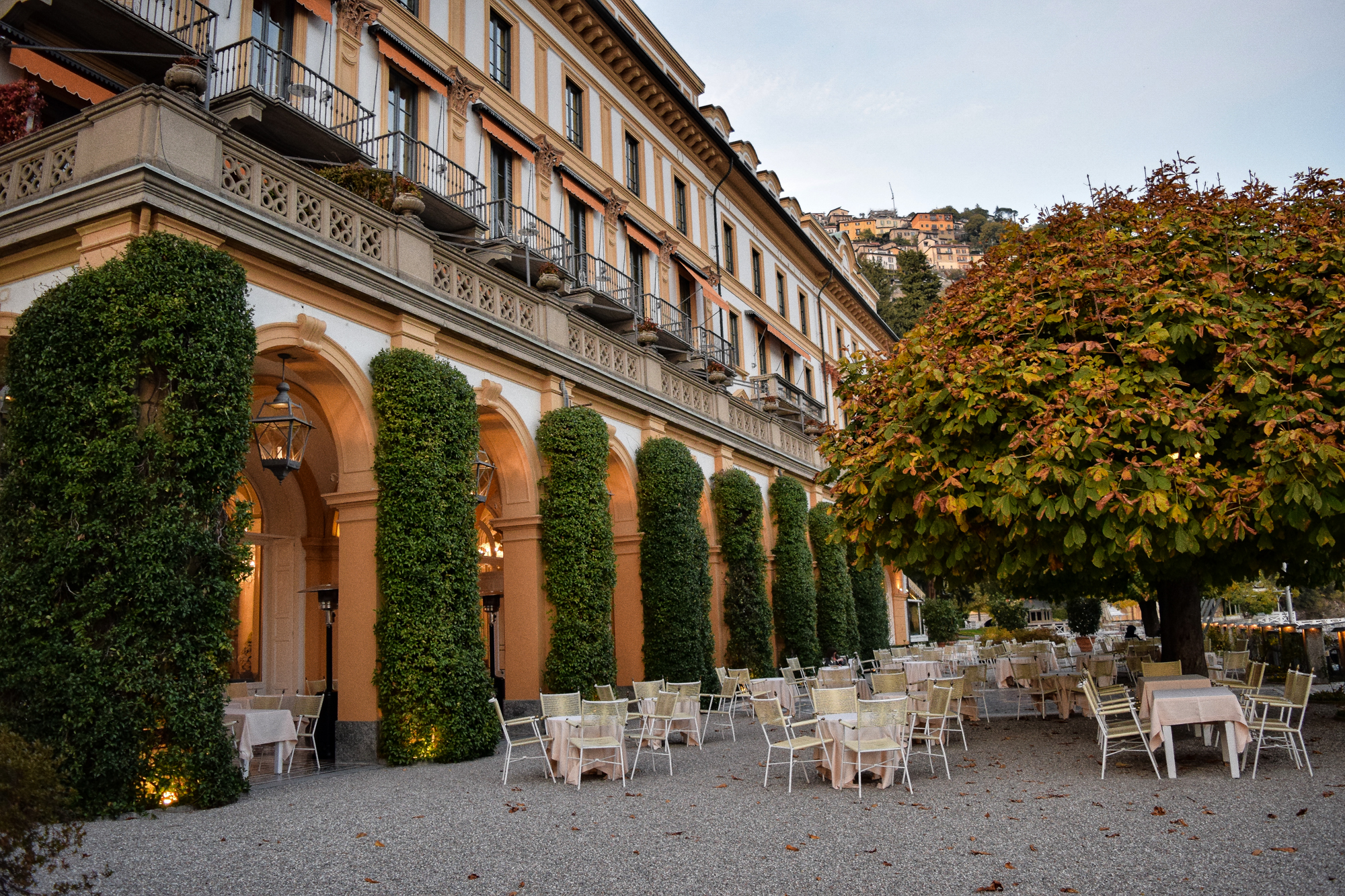
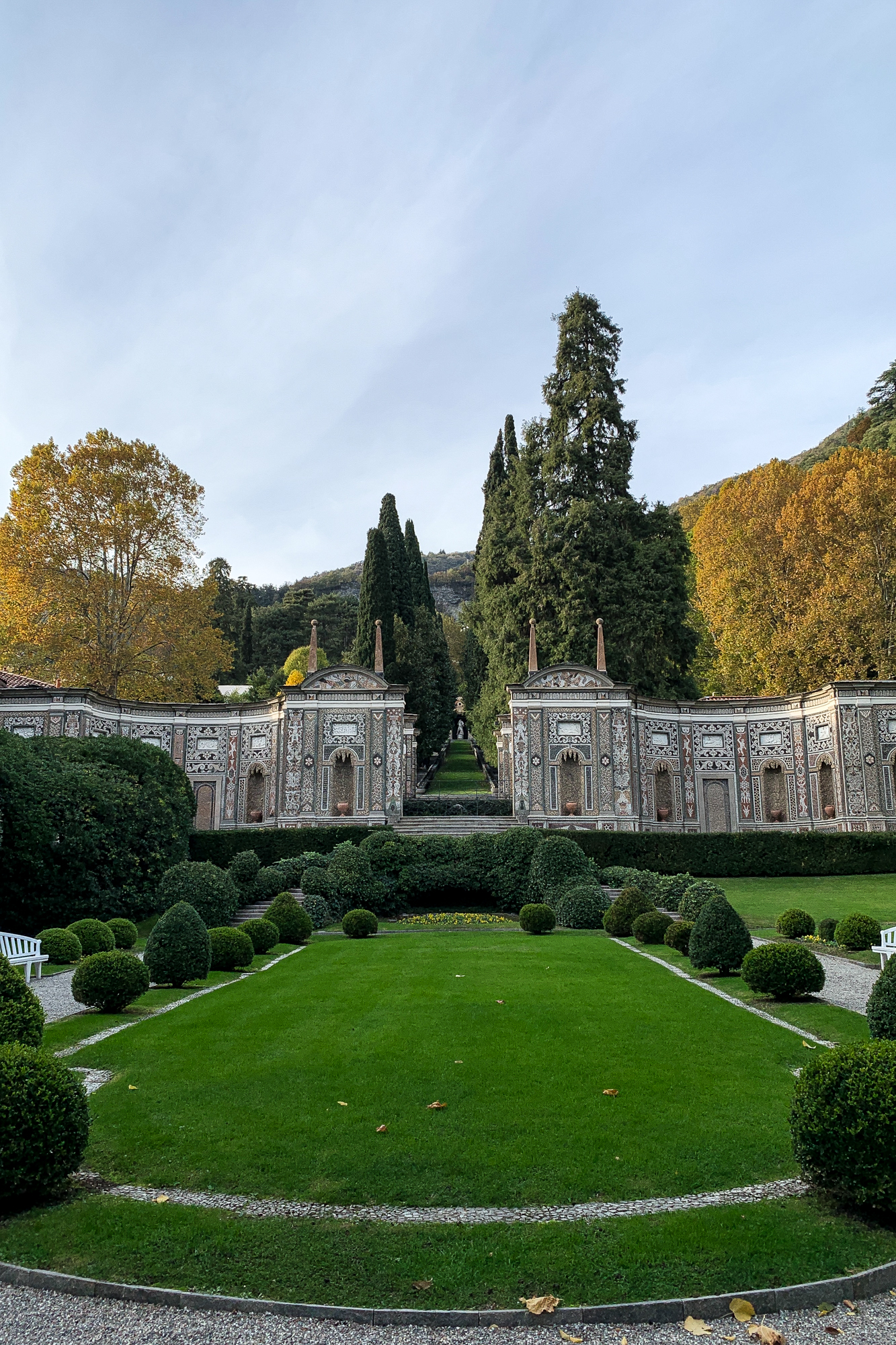
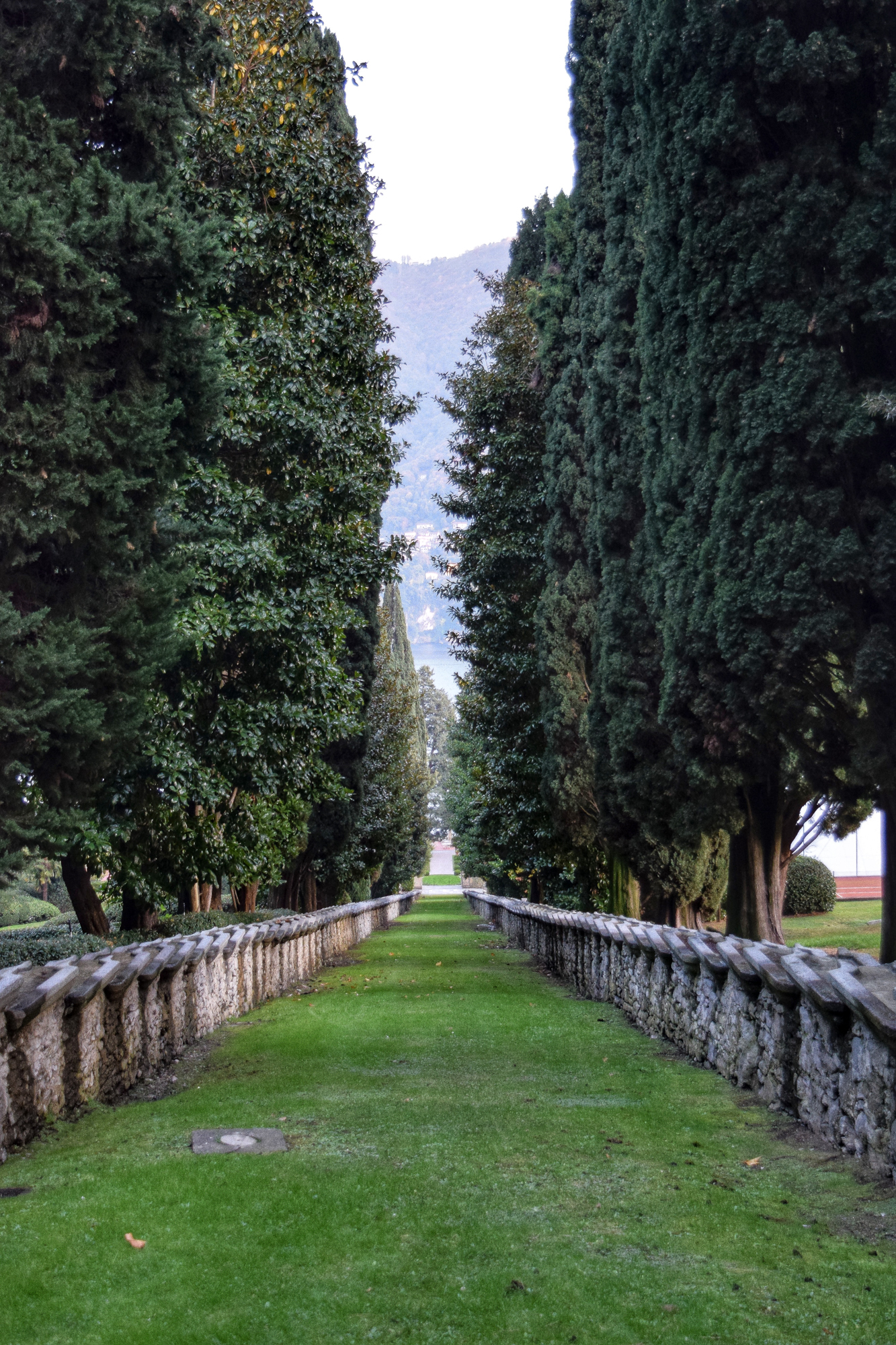
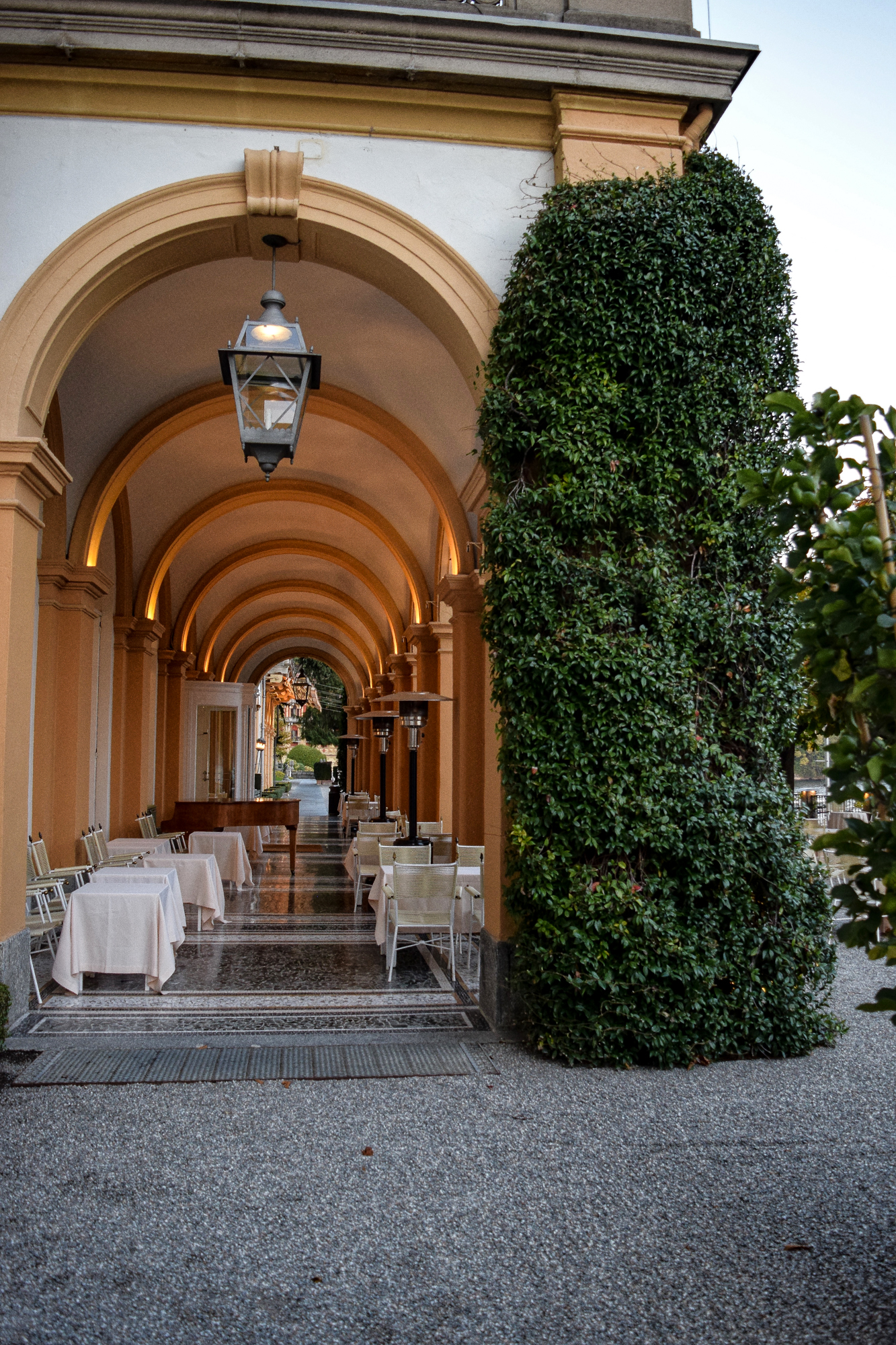
PANINI
My favourite sandwich is Italian. A panini. Only three ingredients. A ham, a cheese, a vegetable. Nothing excessive. A mayonnaise or a ketchup is forbidden. As we can’t tell the difference from a coppa to a pancetta, Alberto at Passion takes us through the tasting notes of his hams and cheeses. As he slices the ham to the beat of Japanese anime music, we sit and watch him assemble a minimal number of ingredients into something delicious. A panini is about making the ingredients shine, nothing more.

